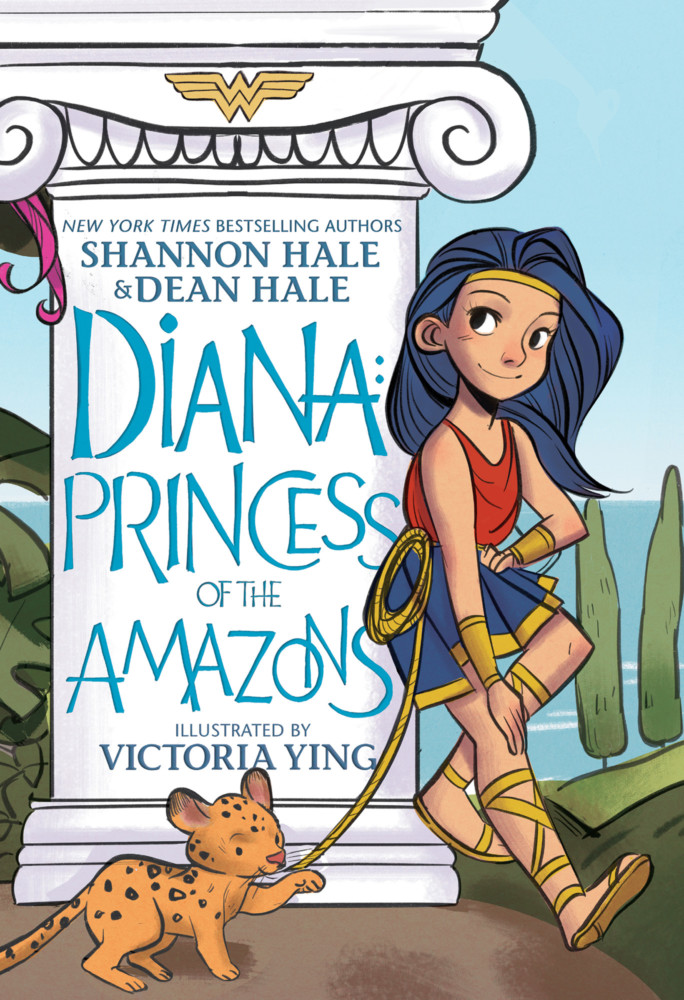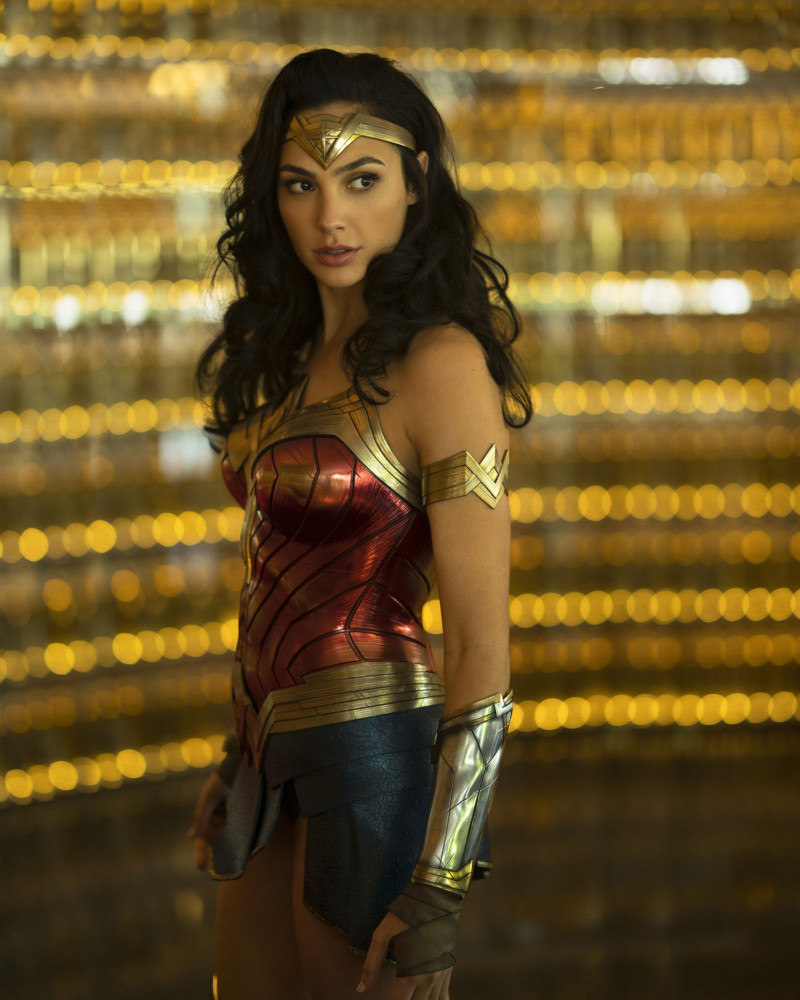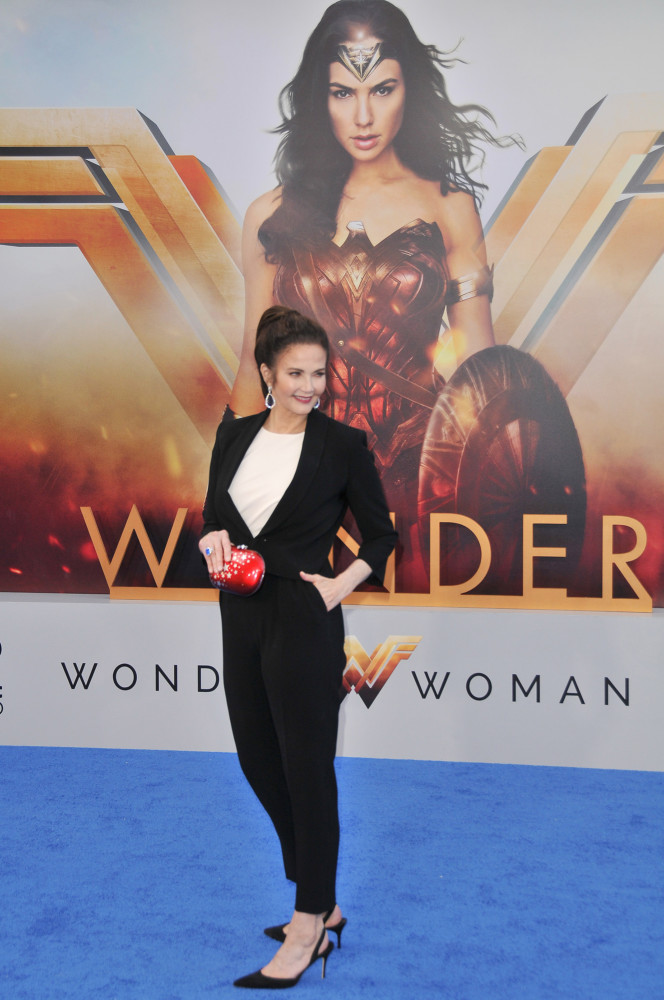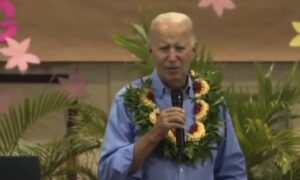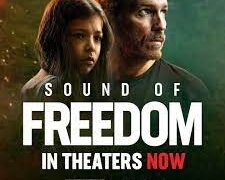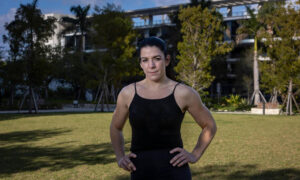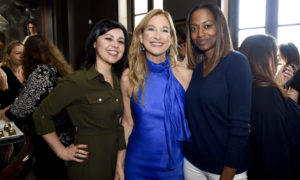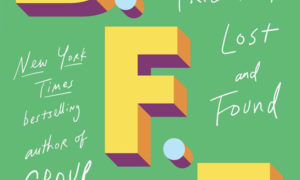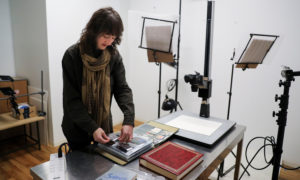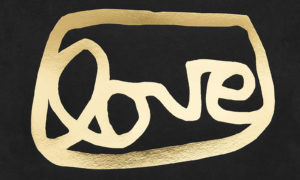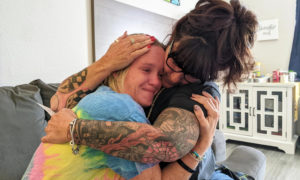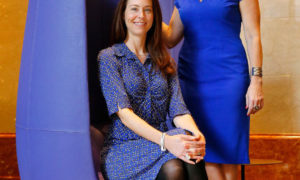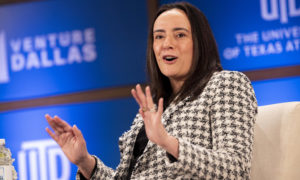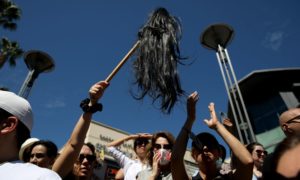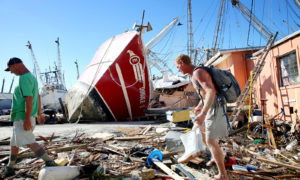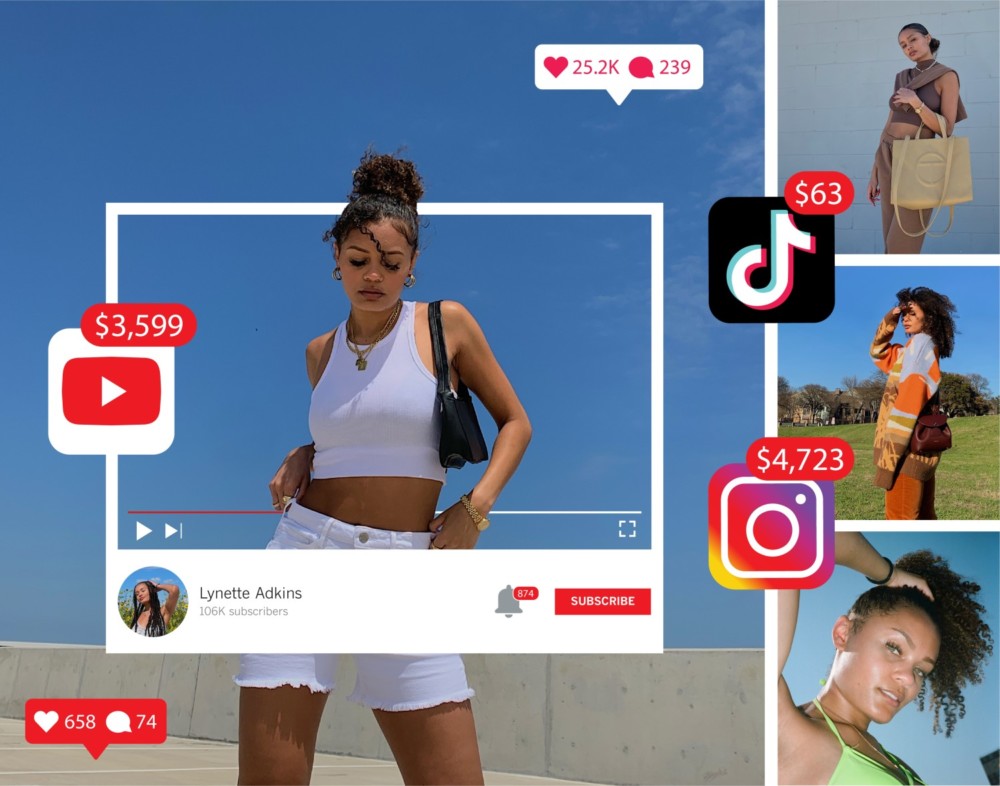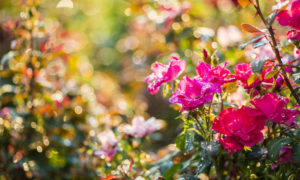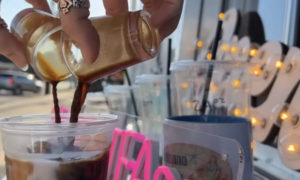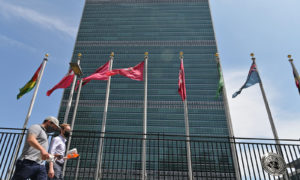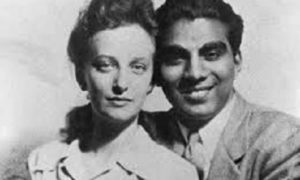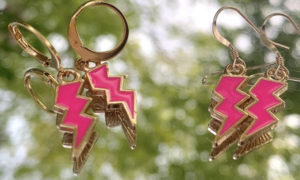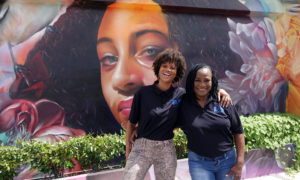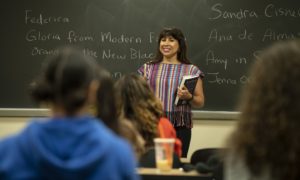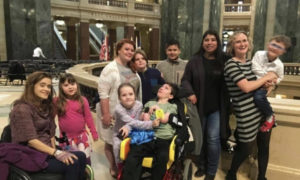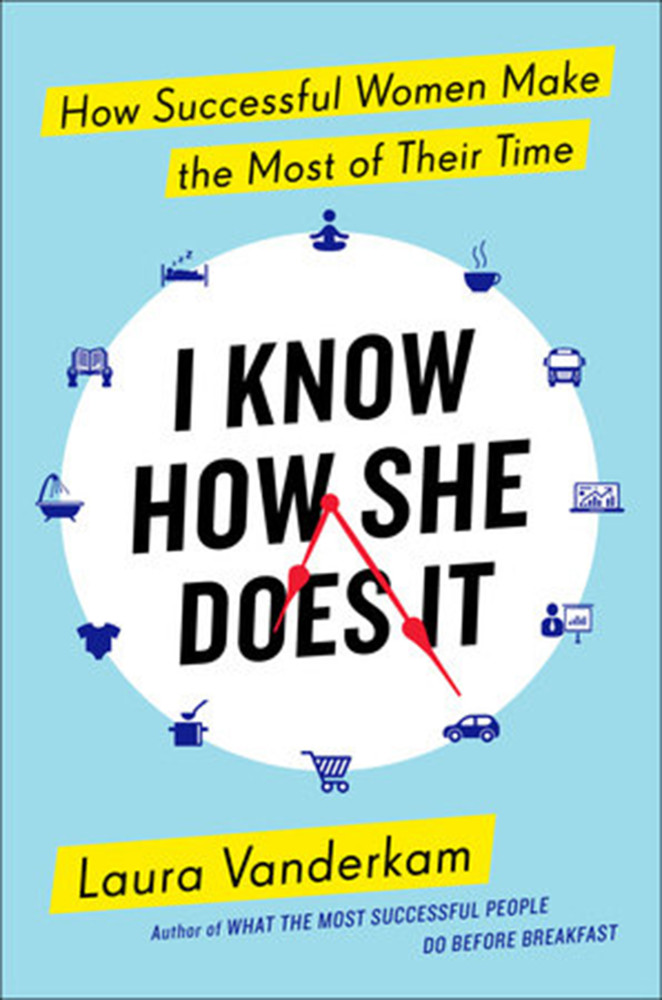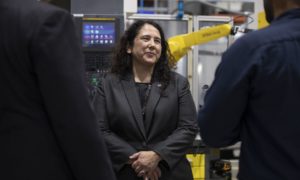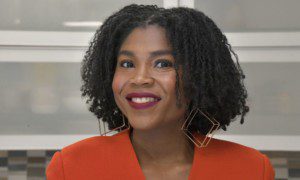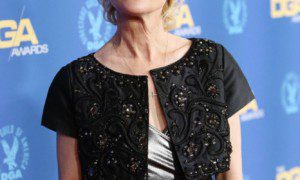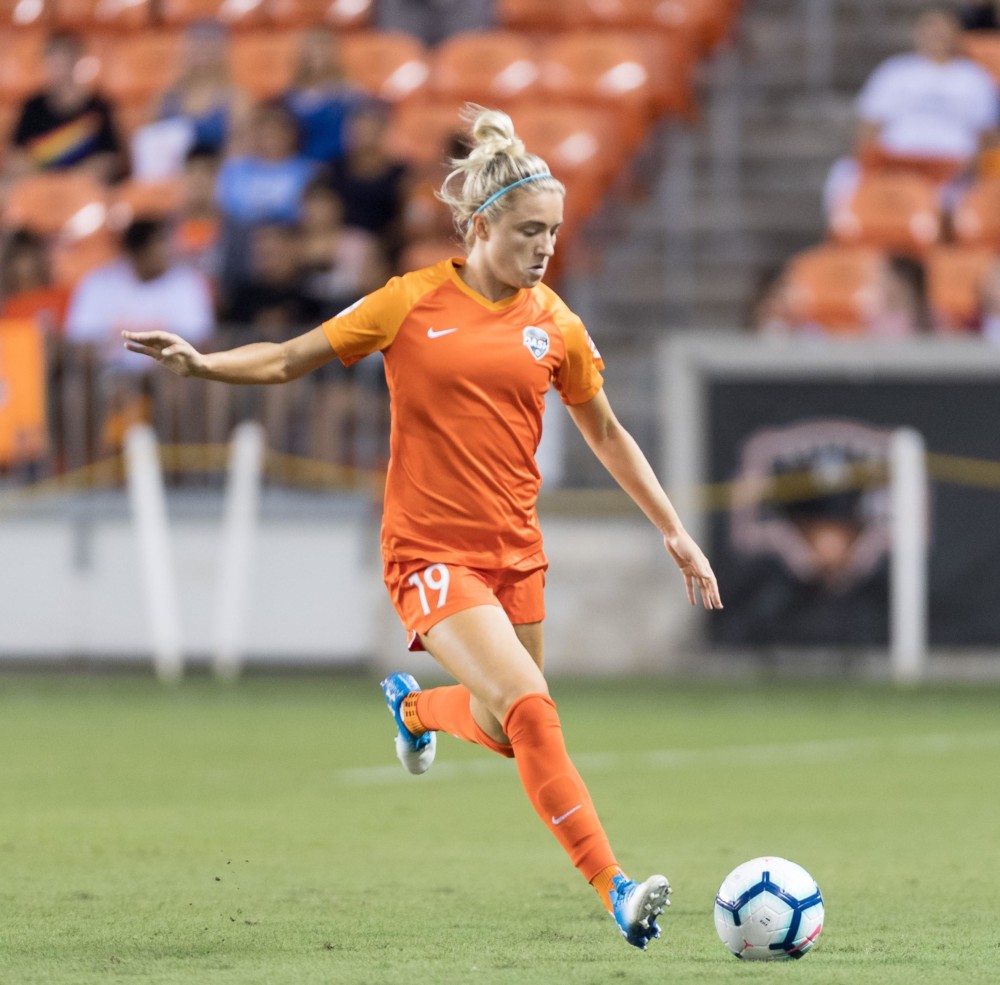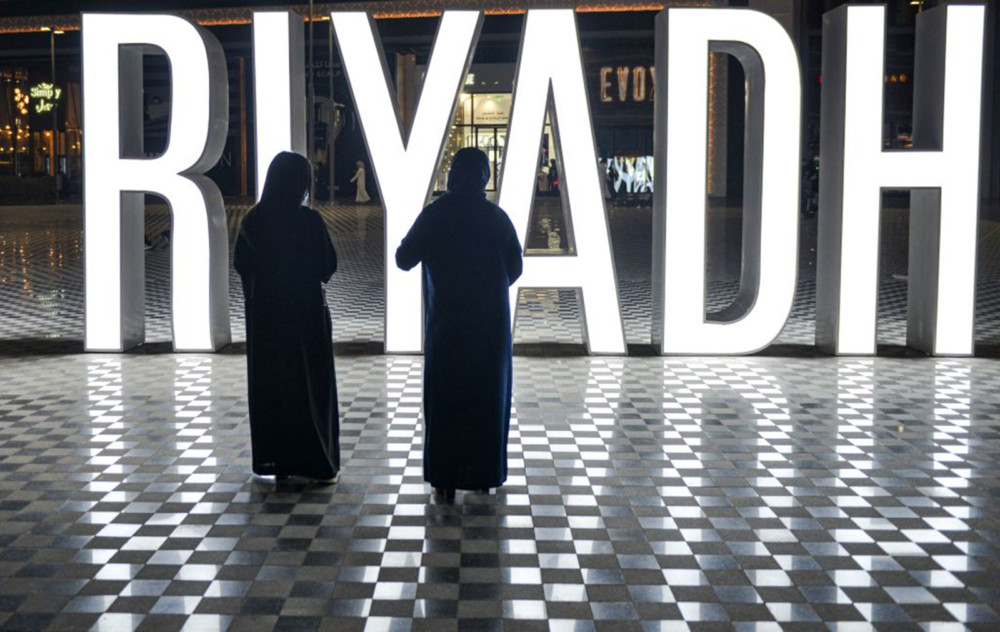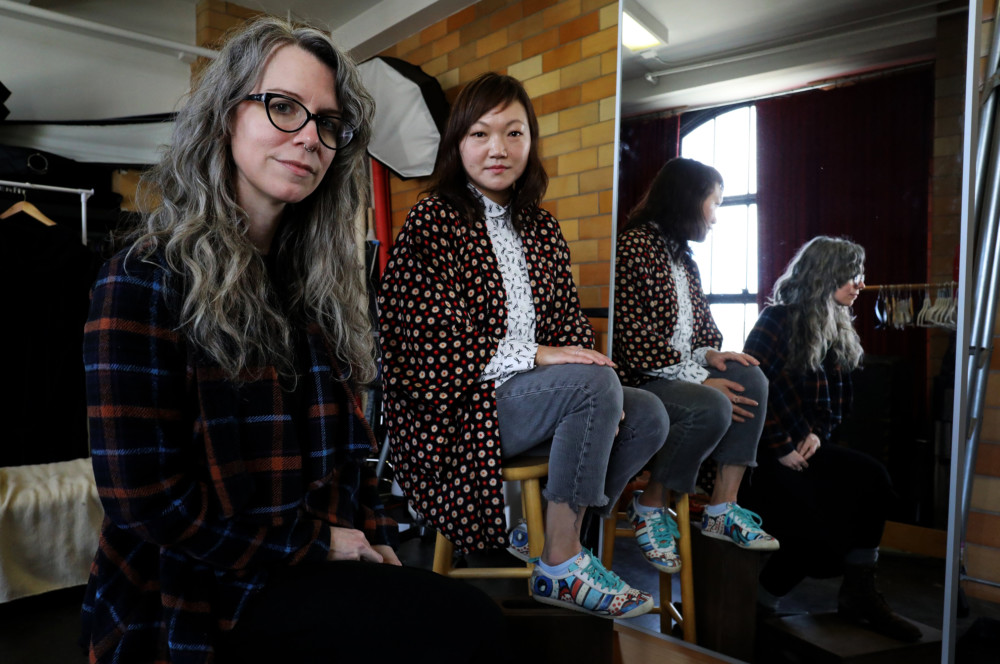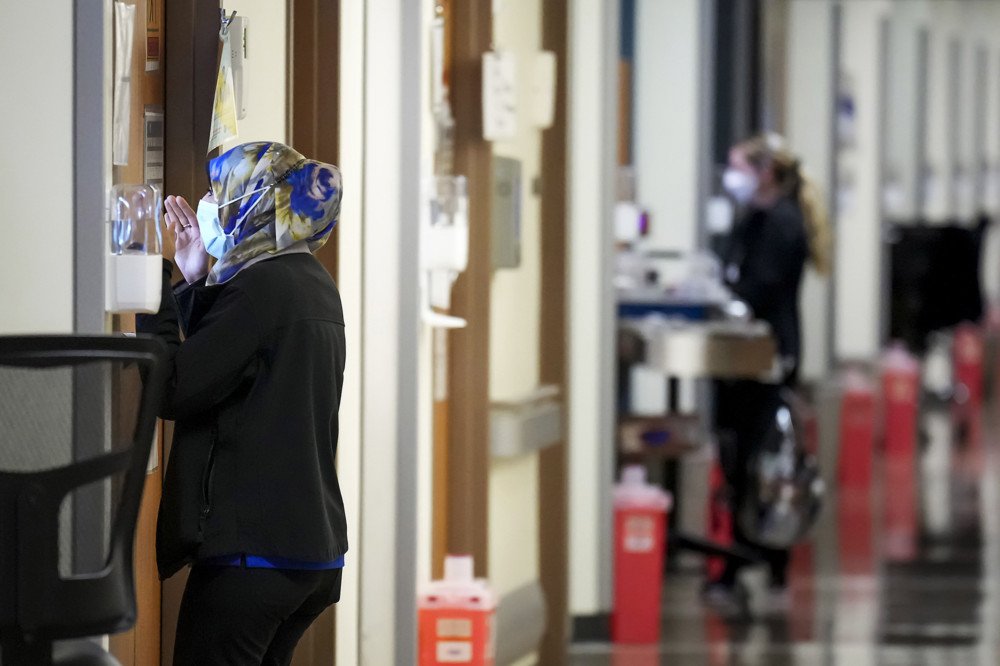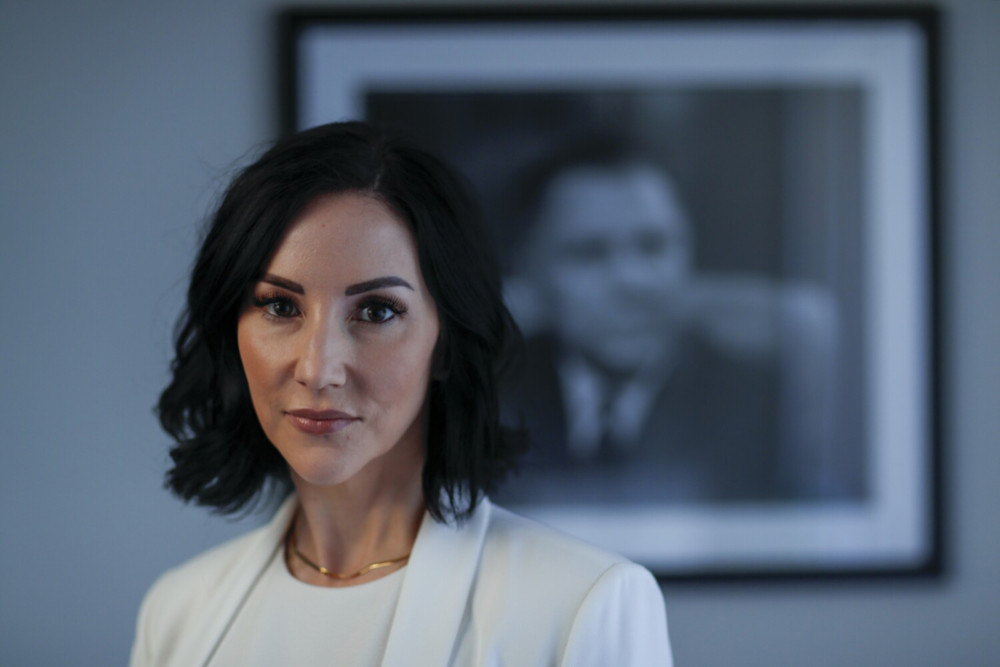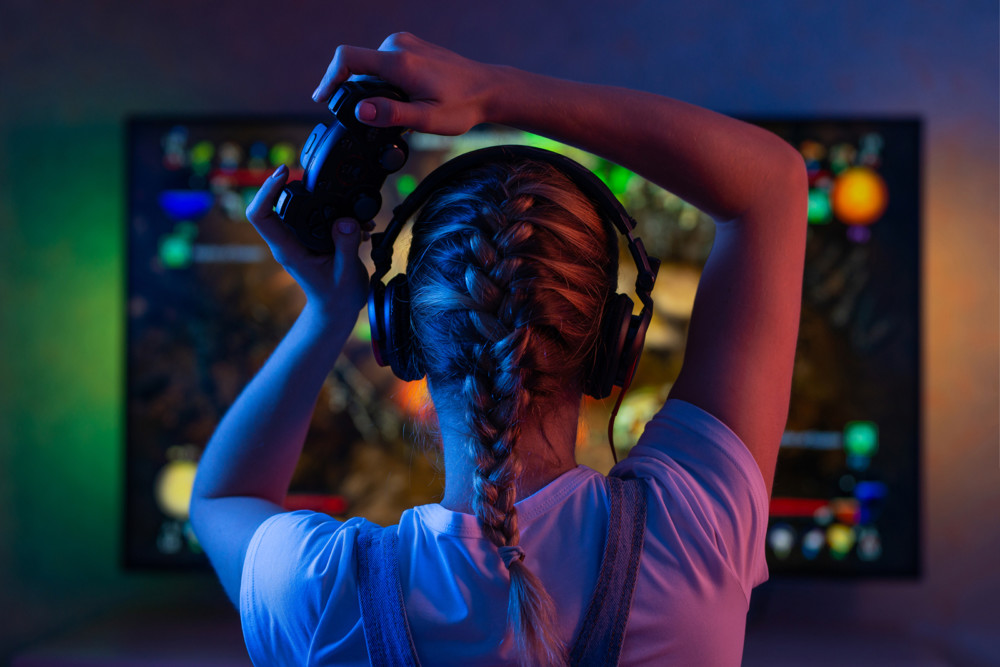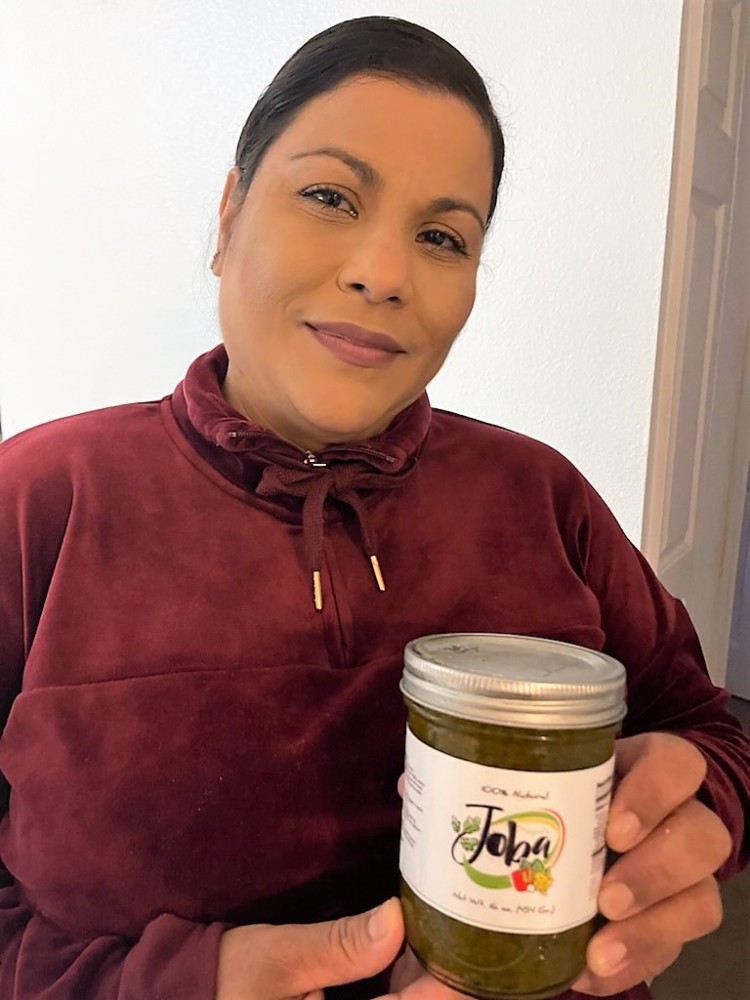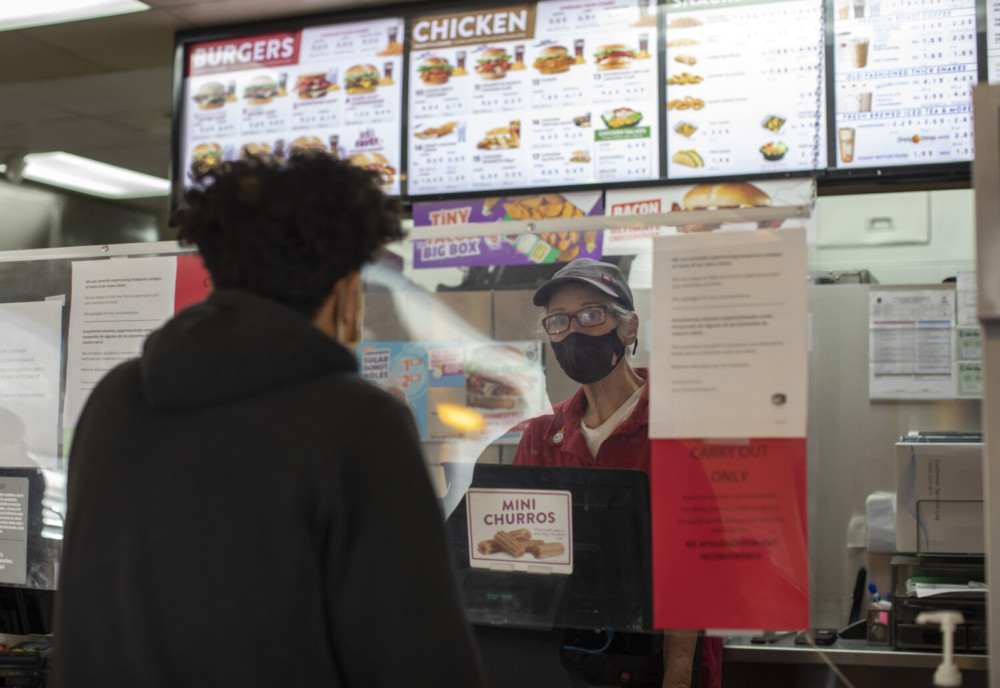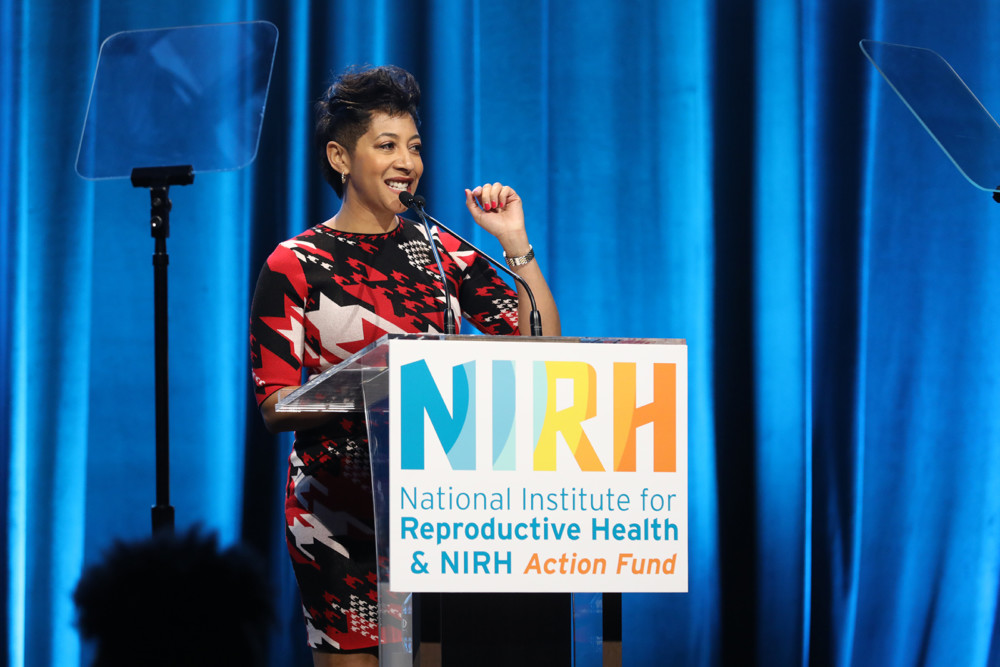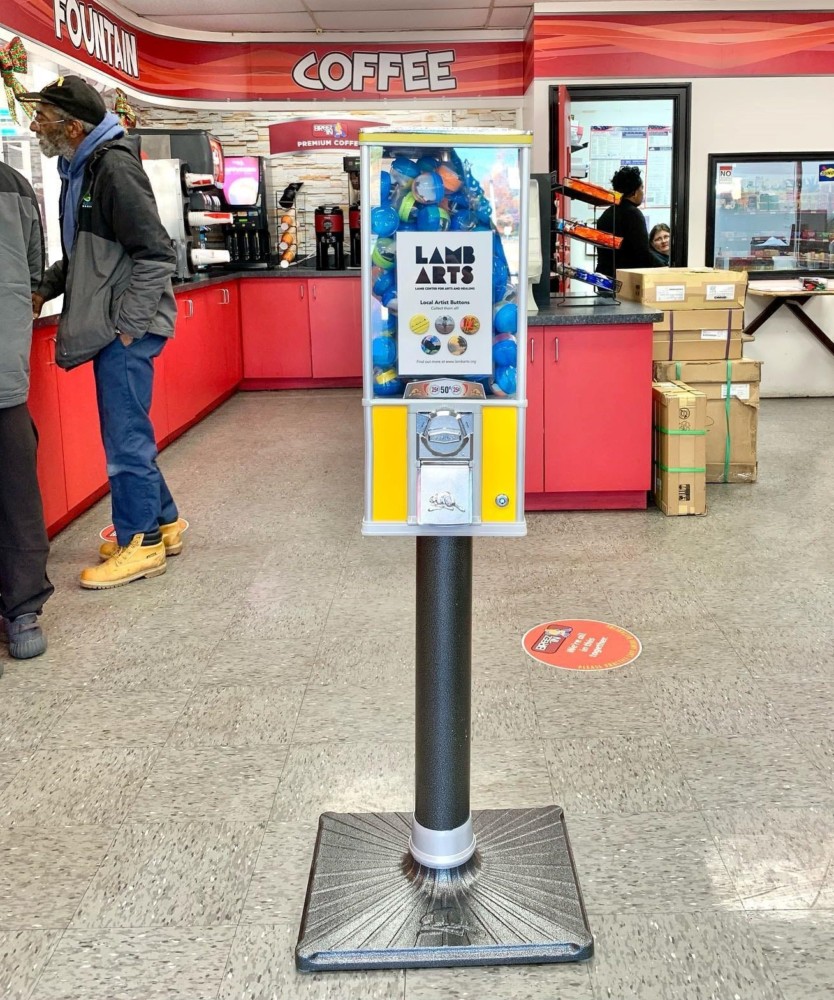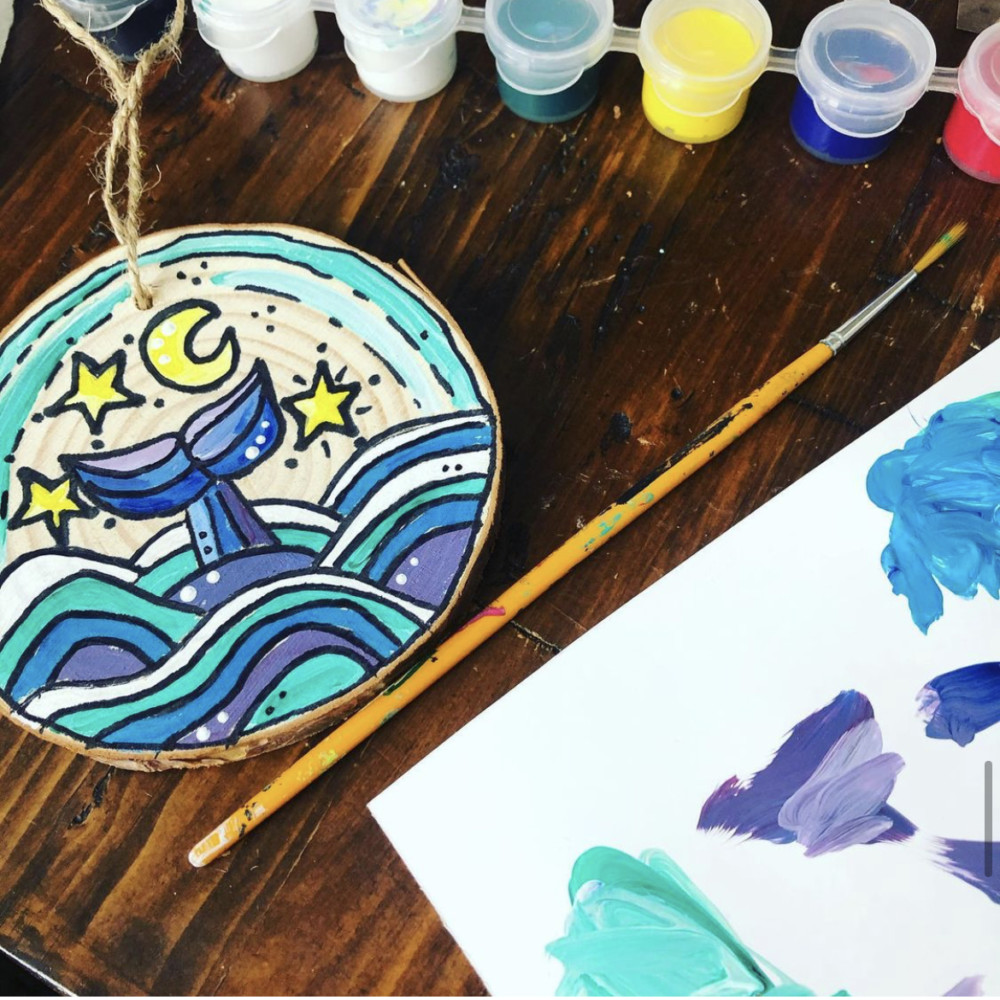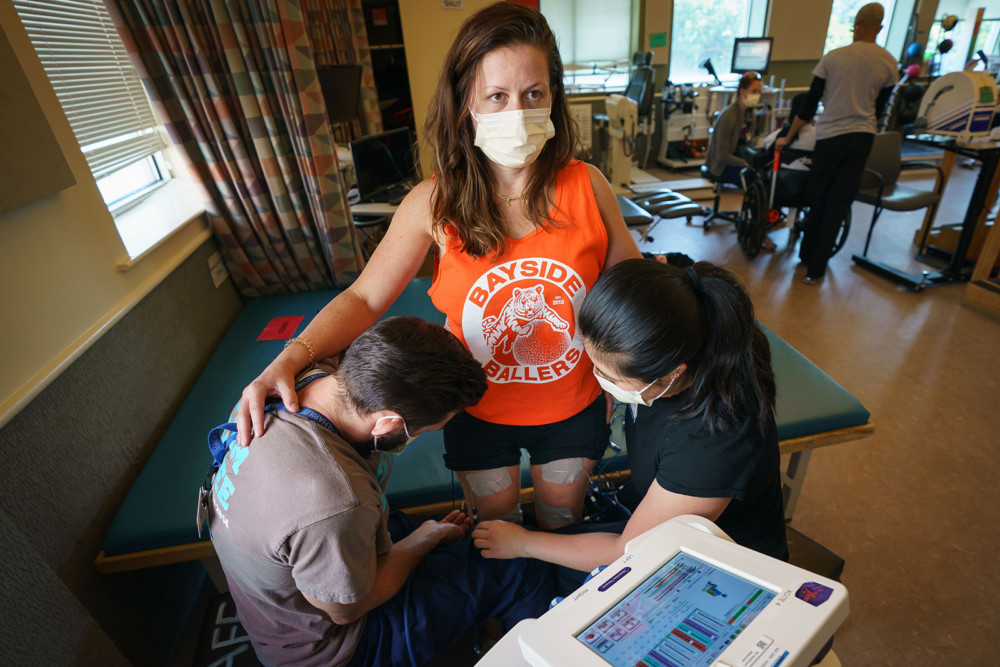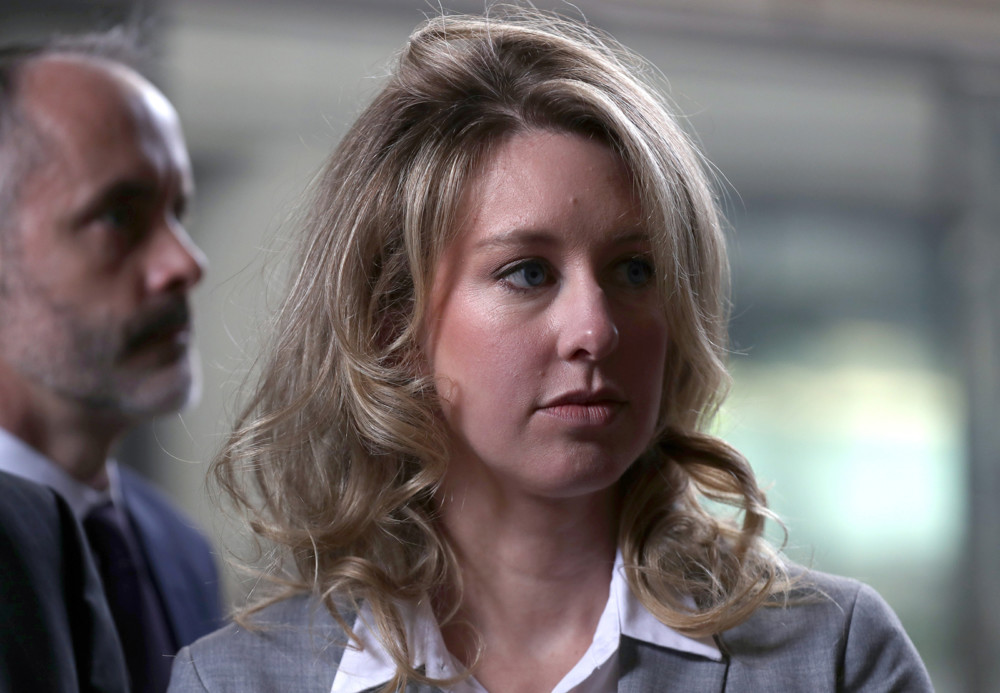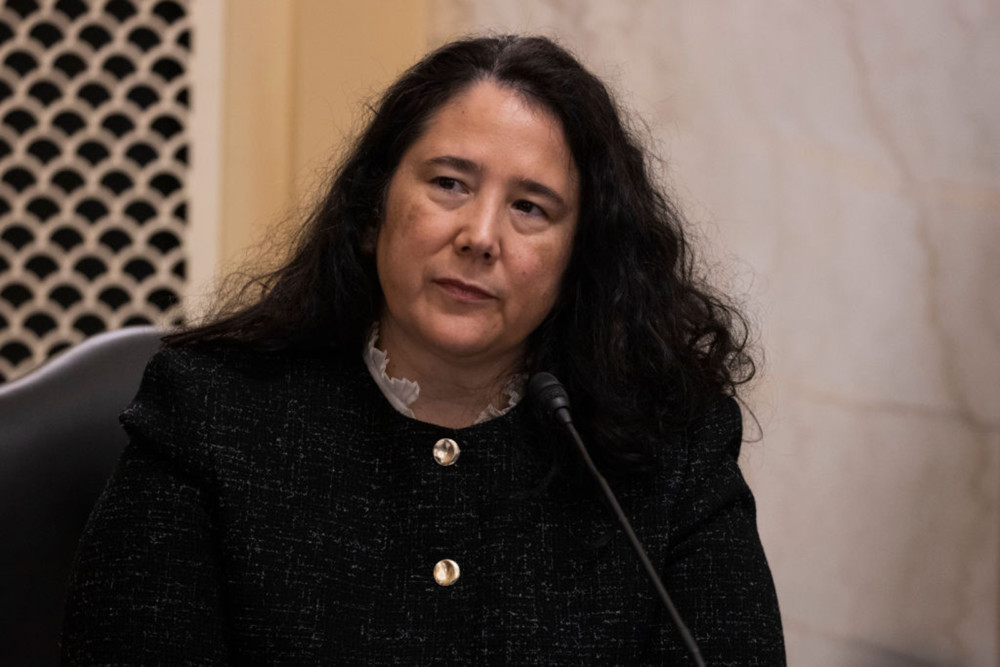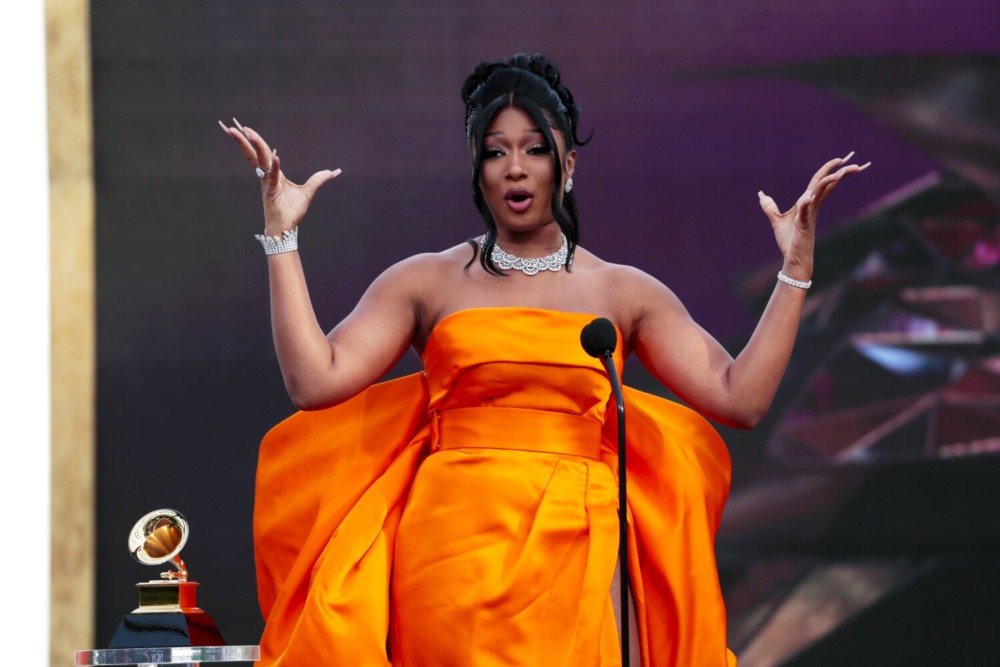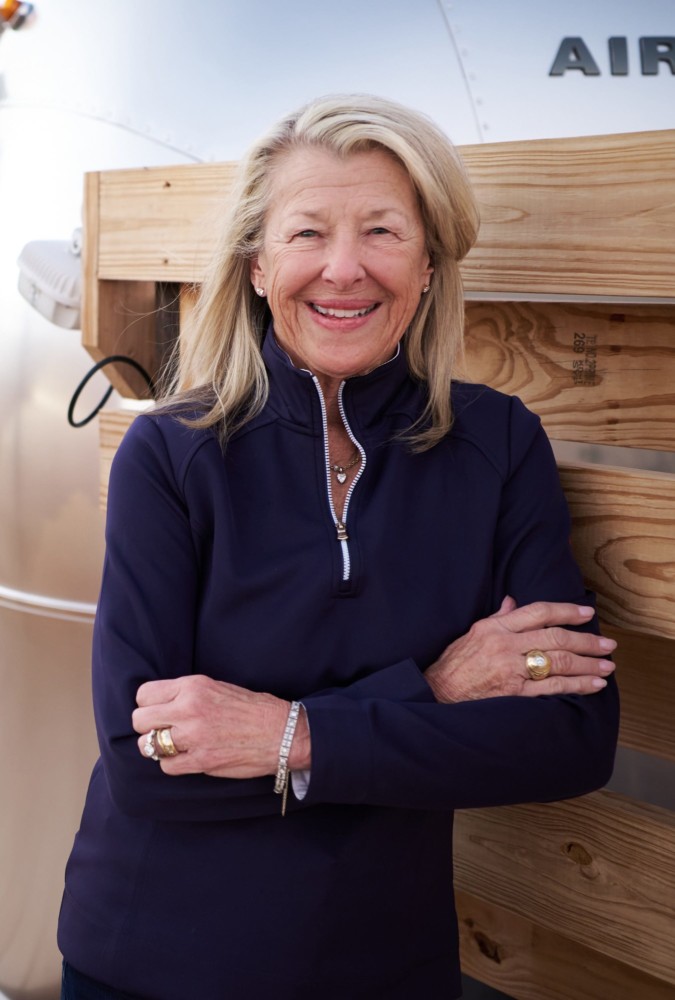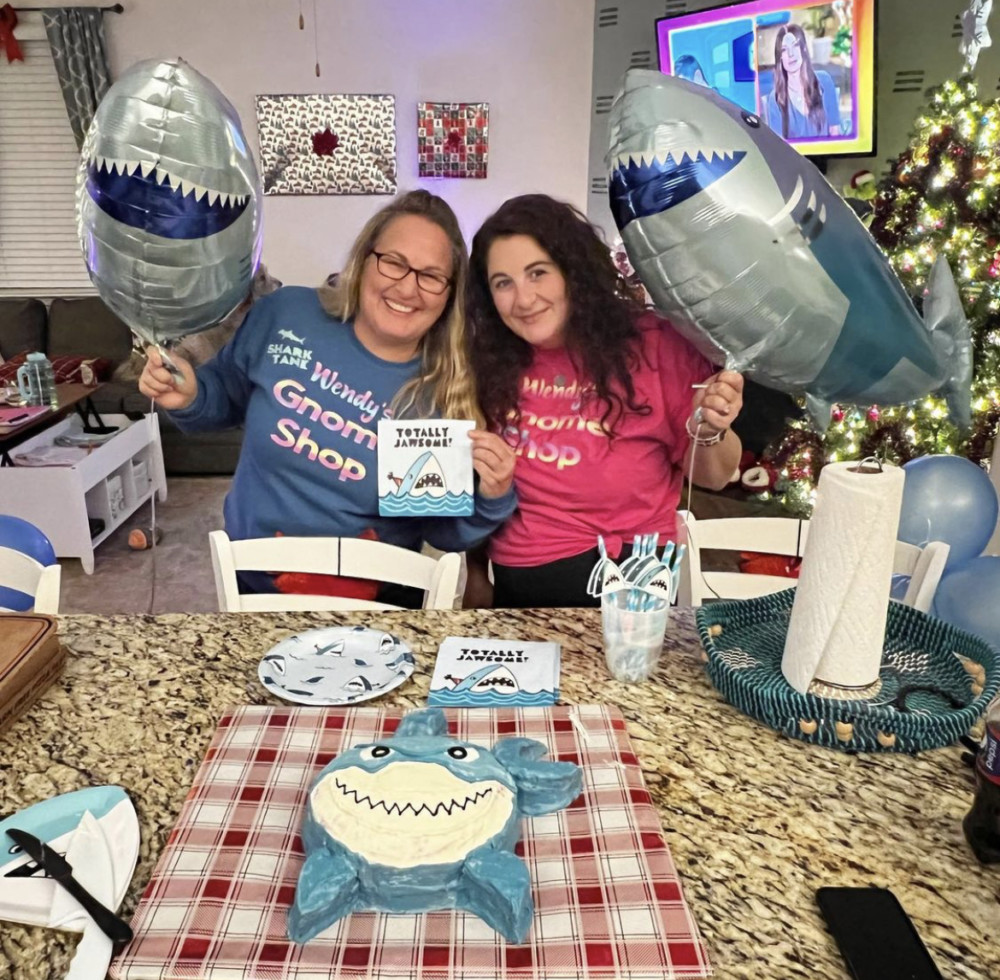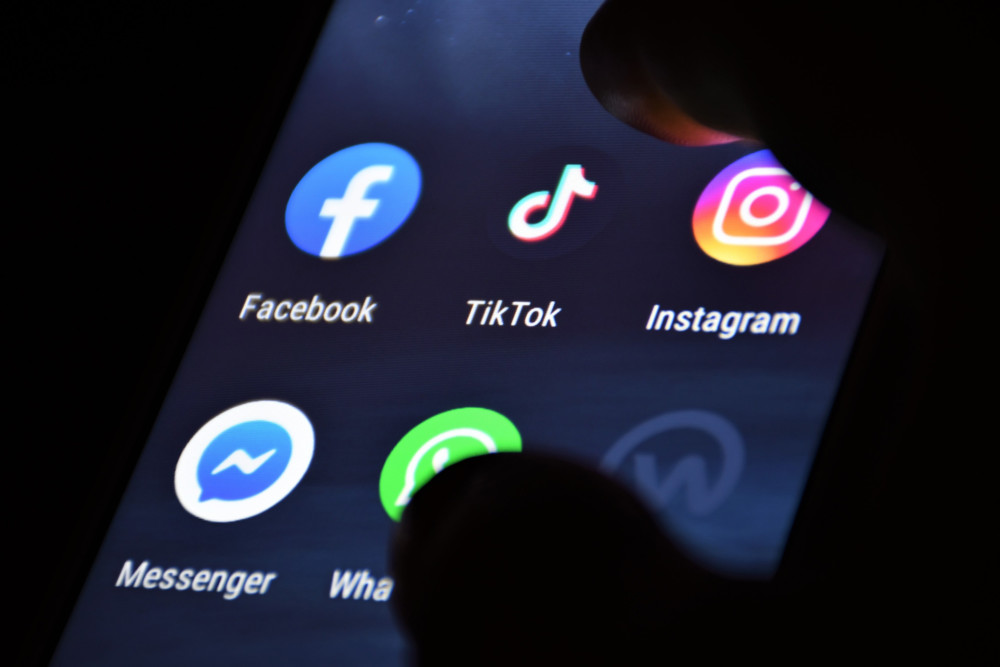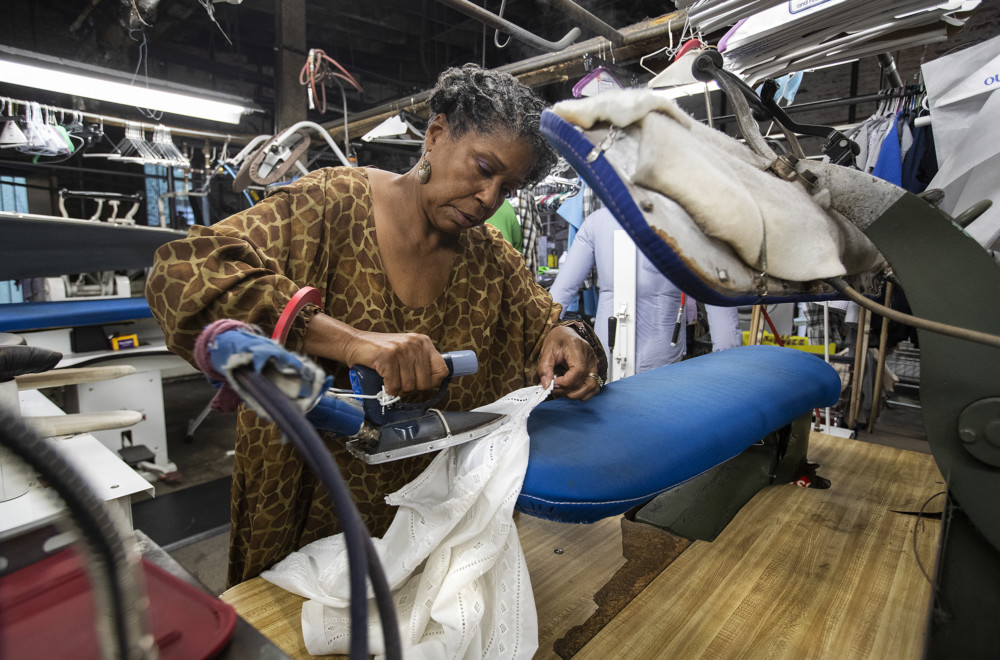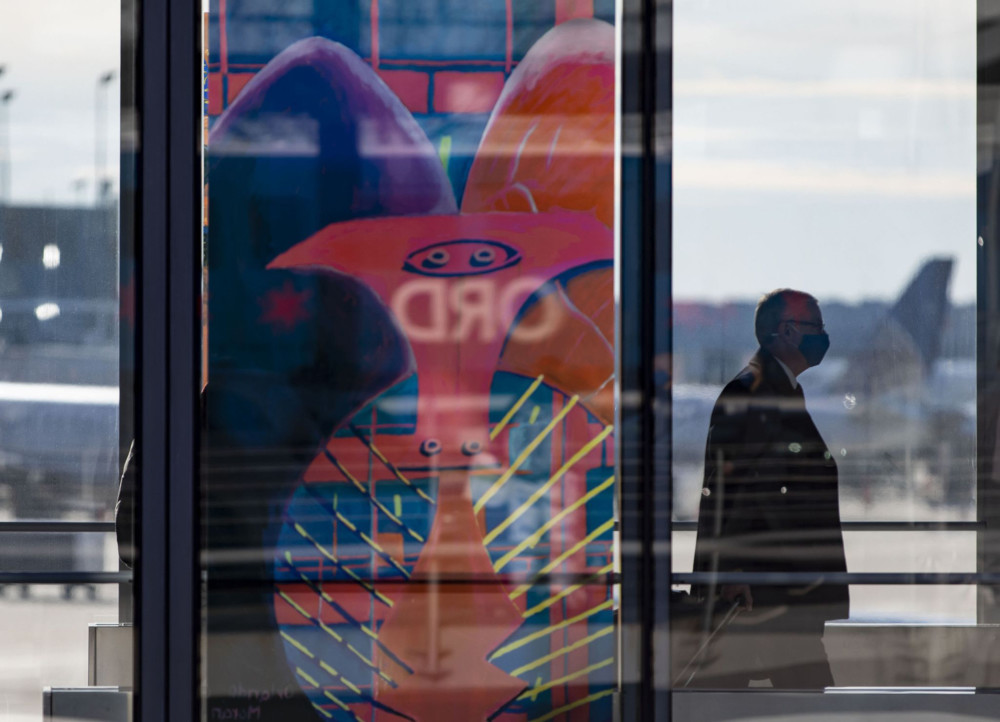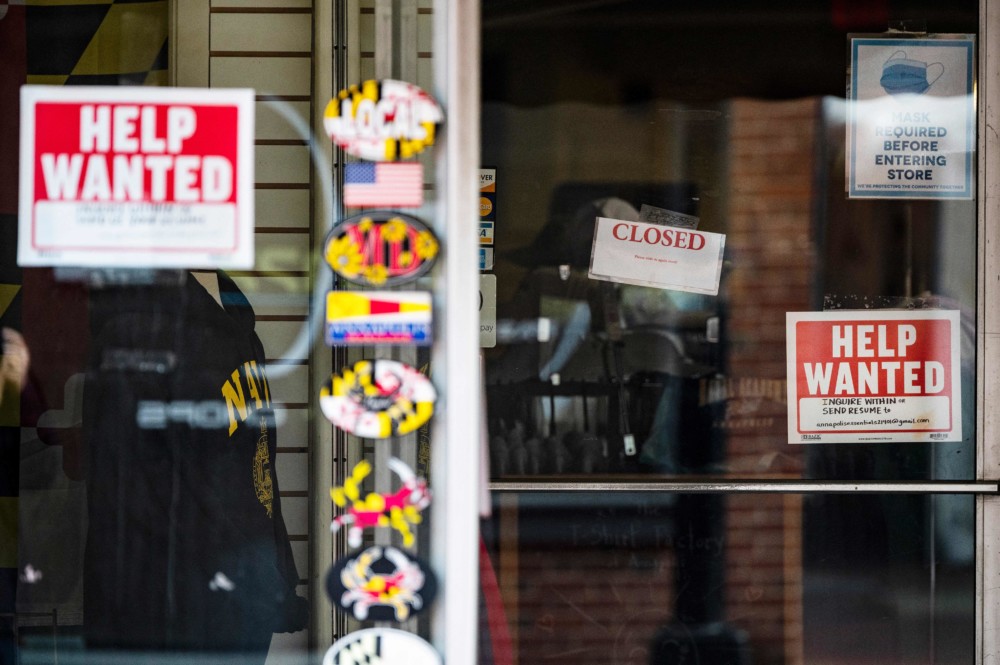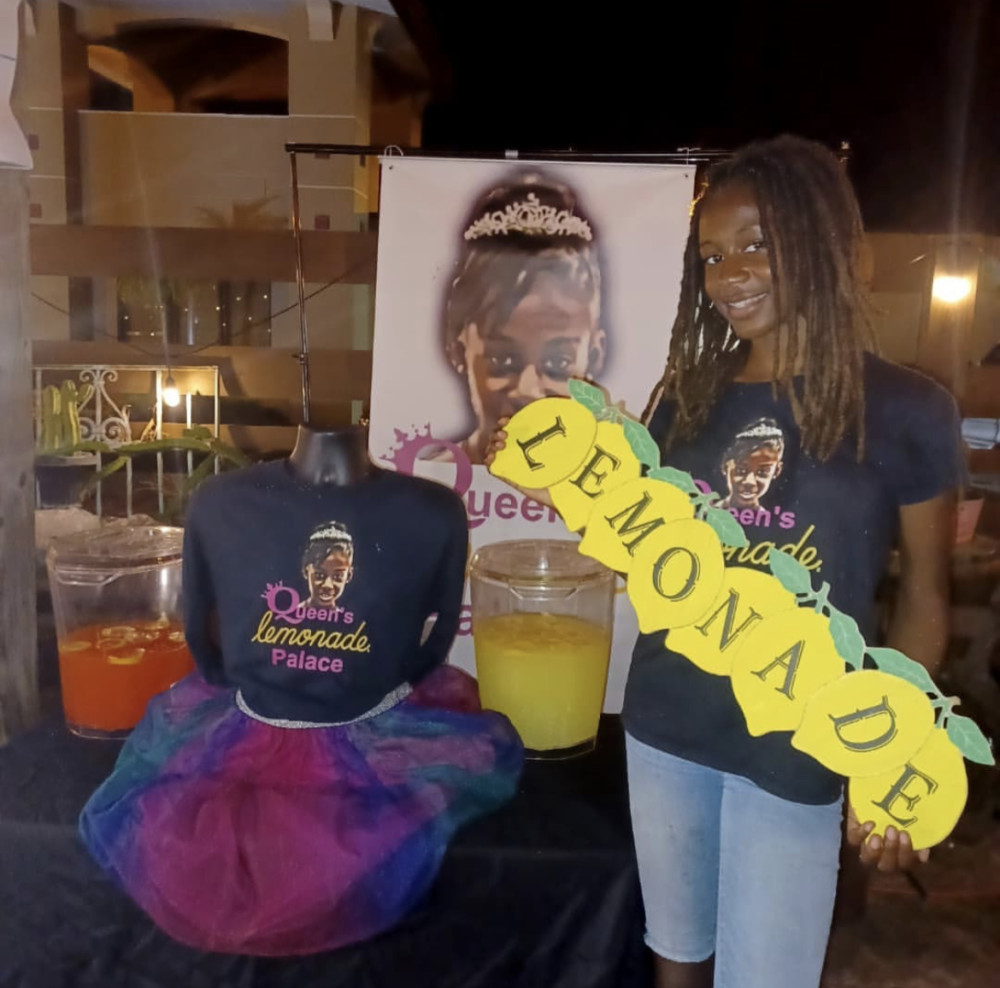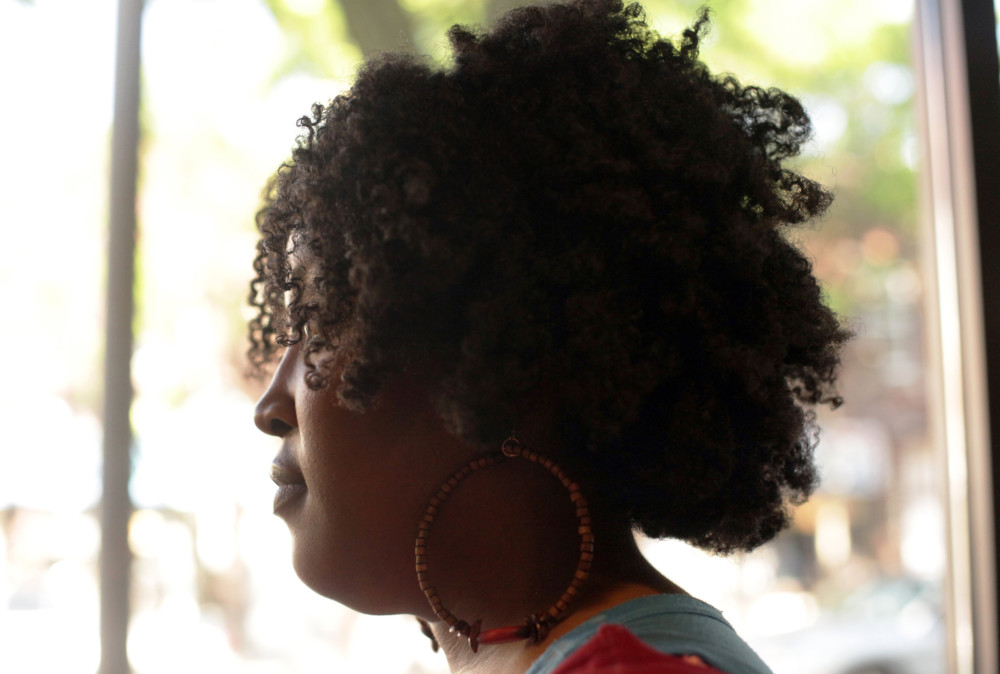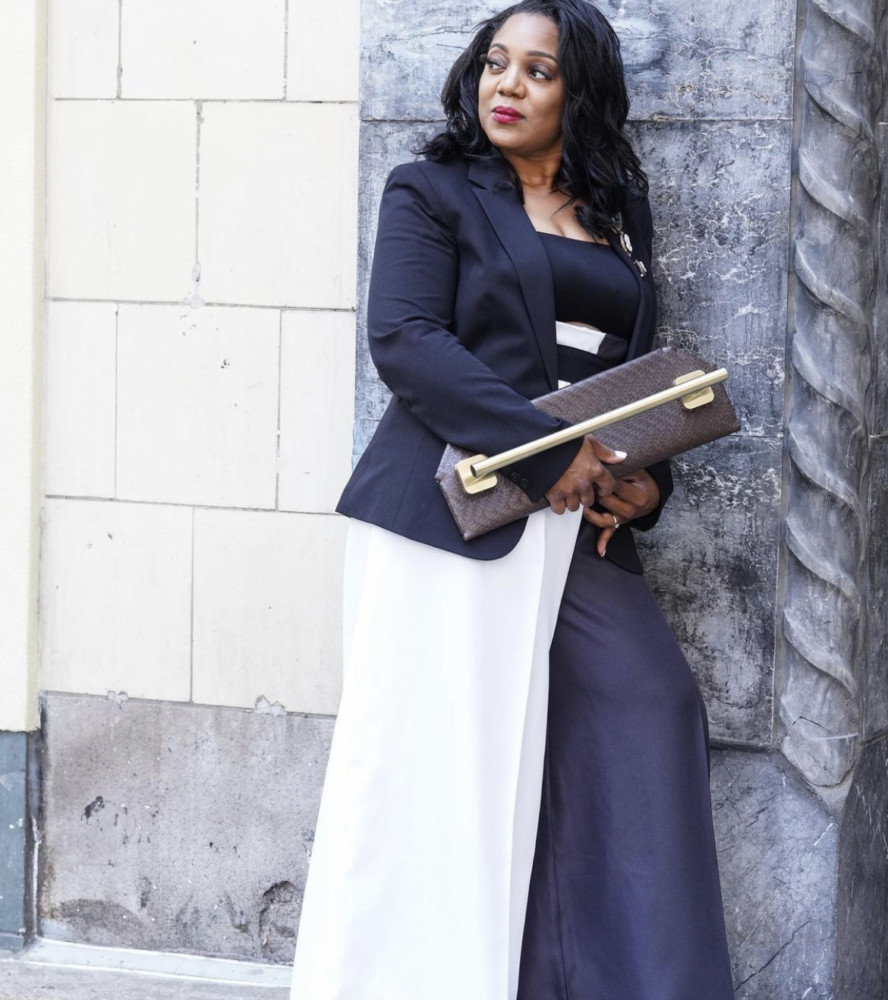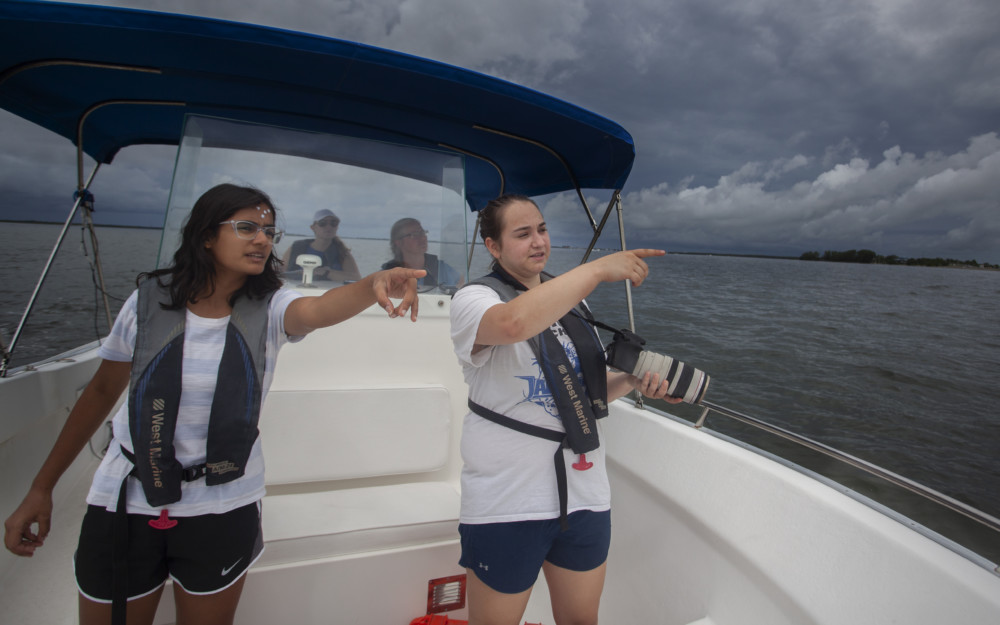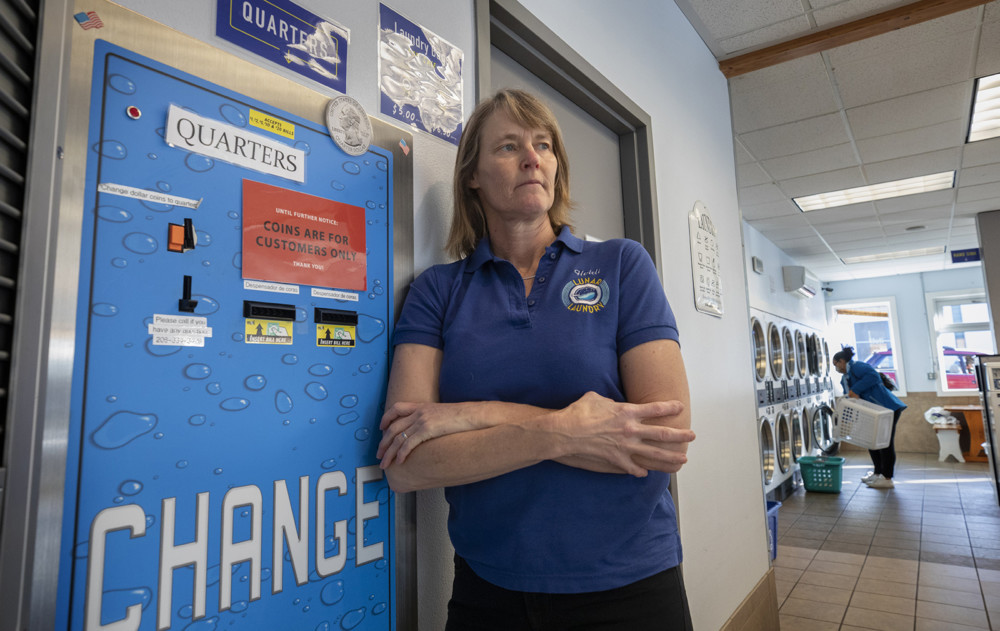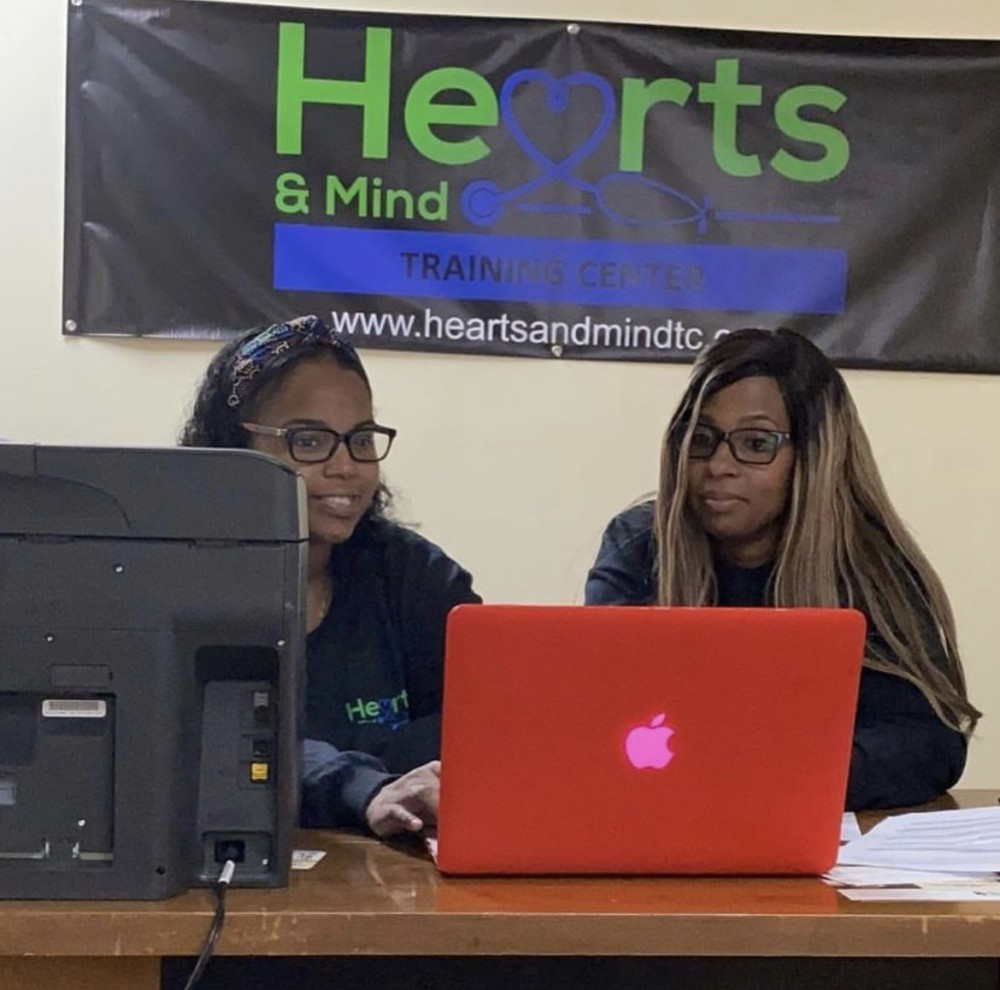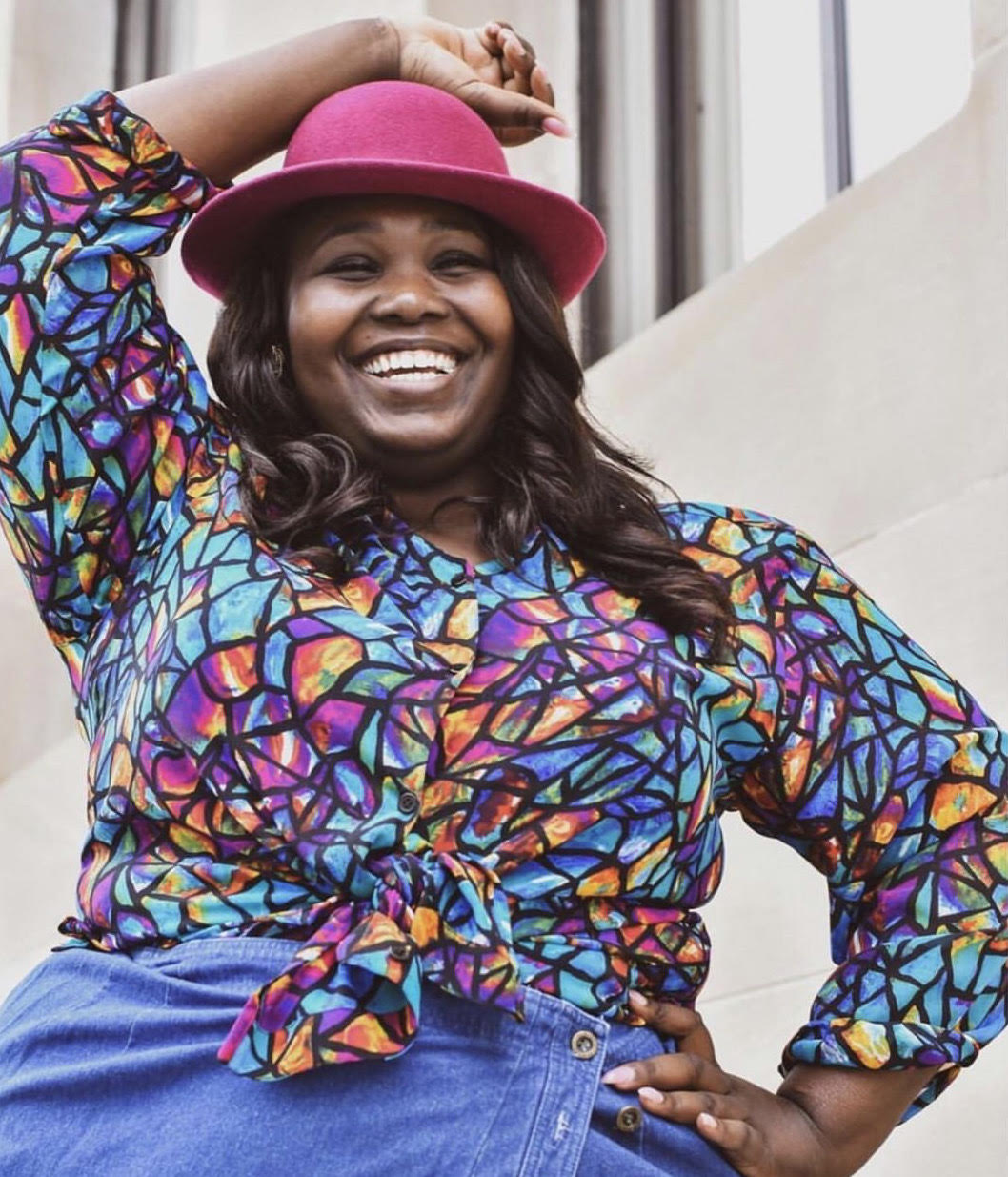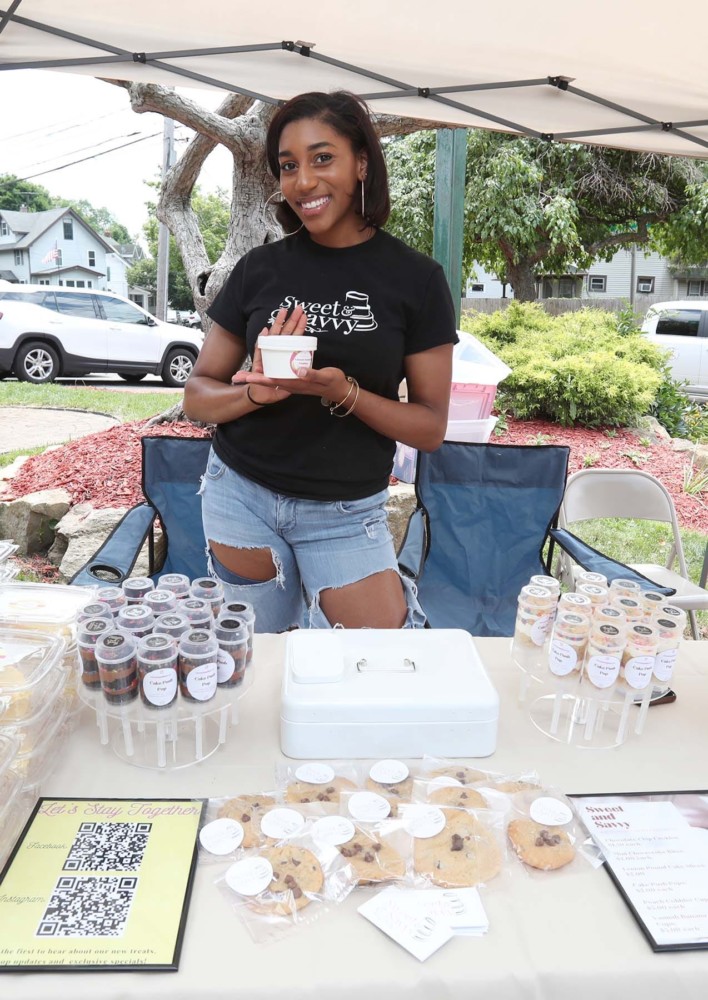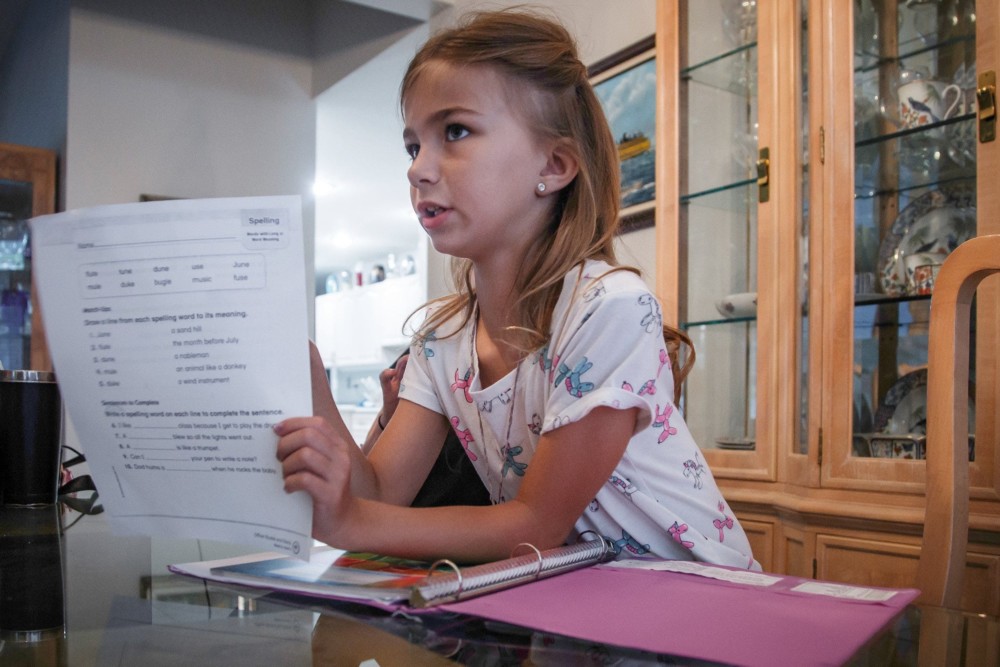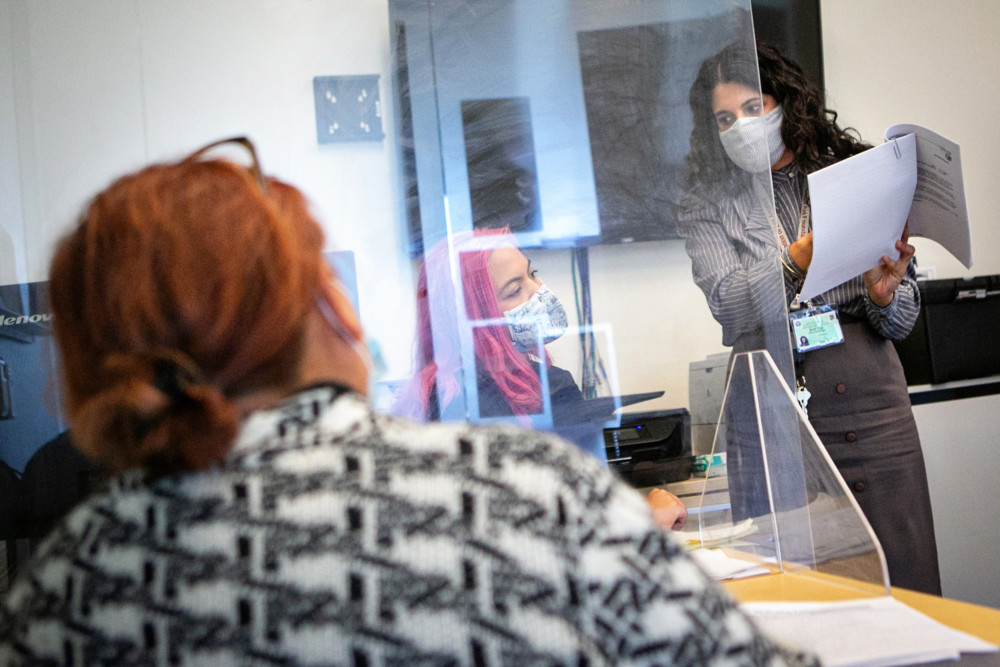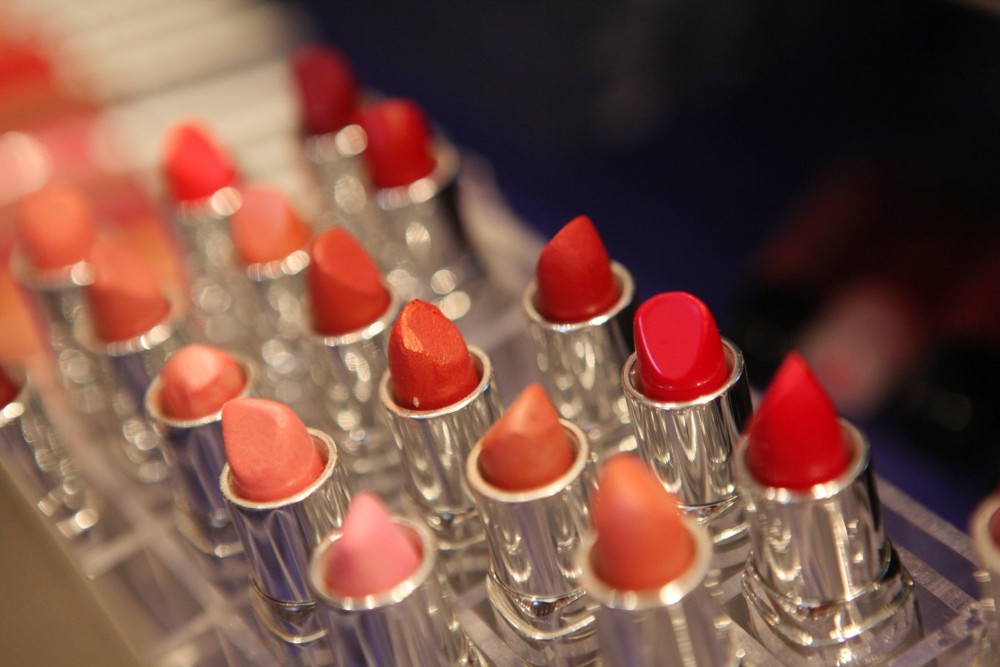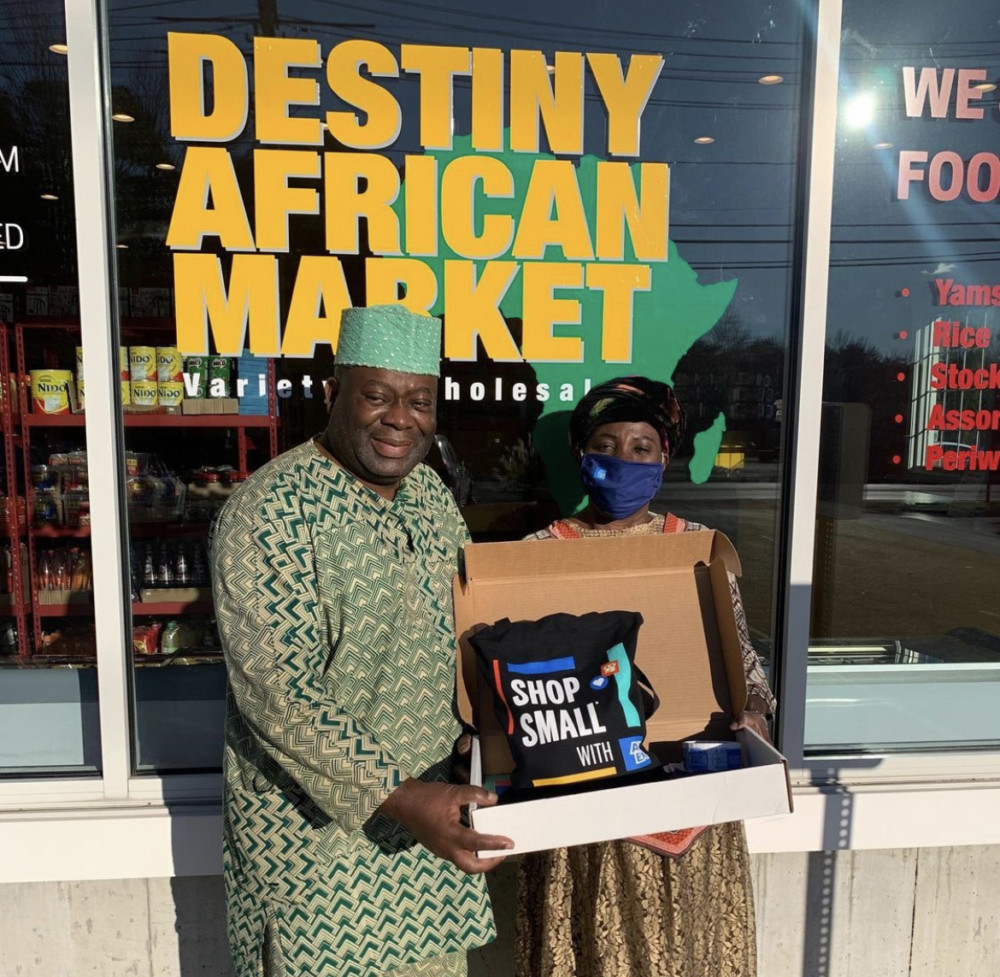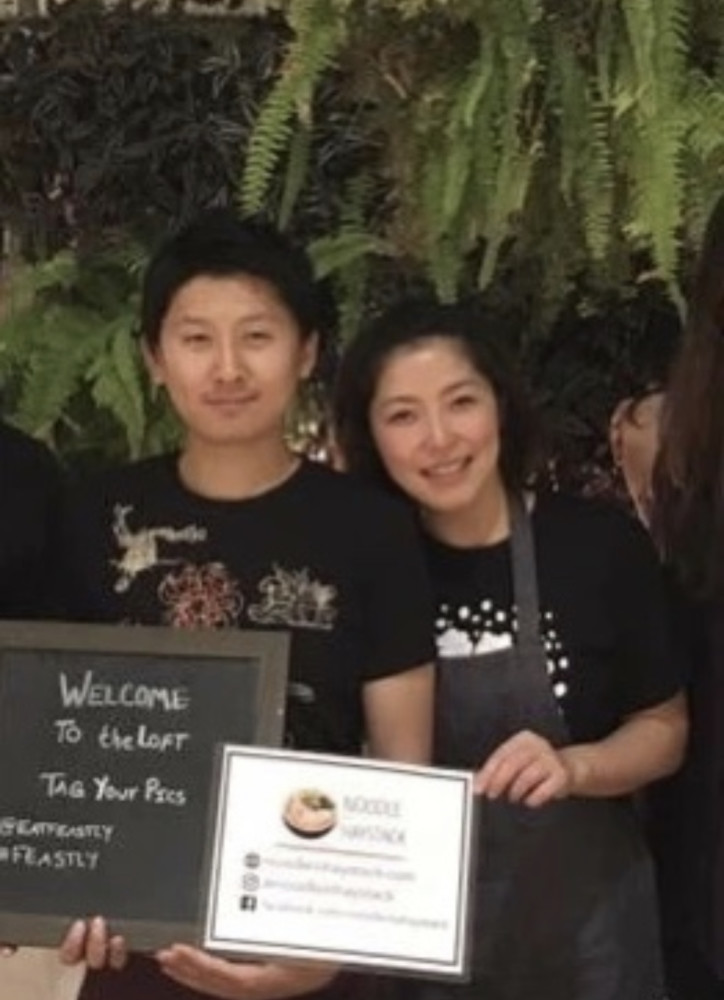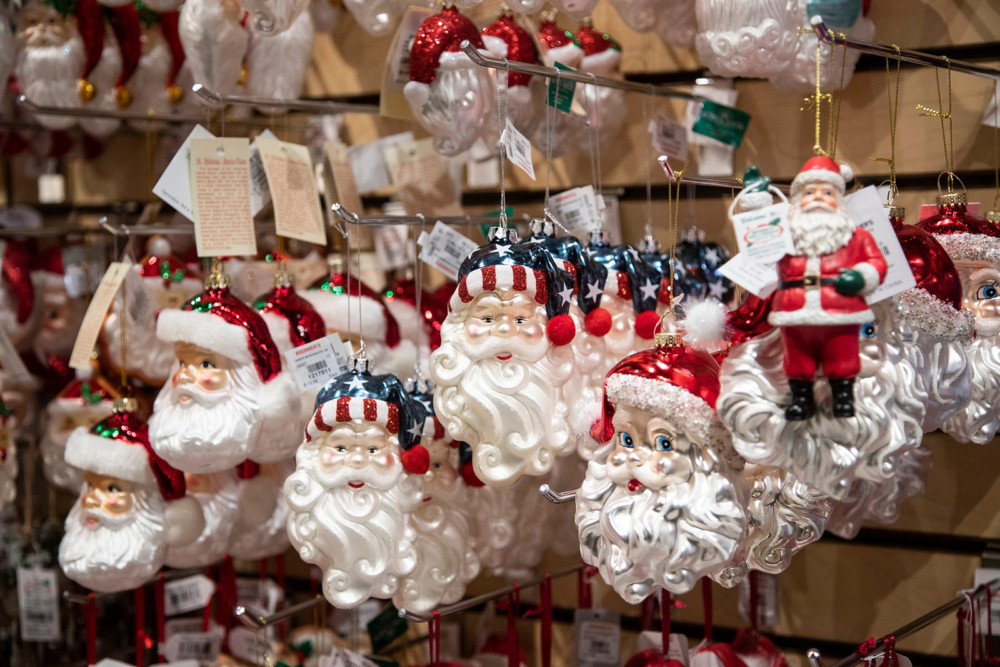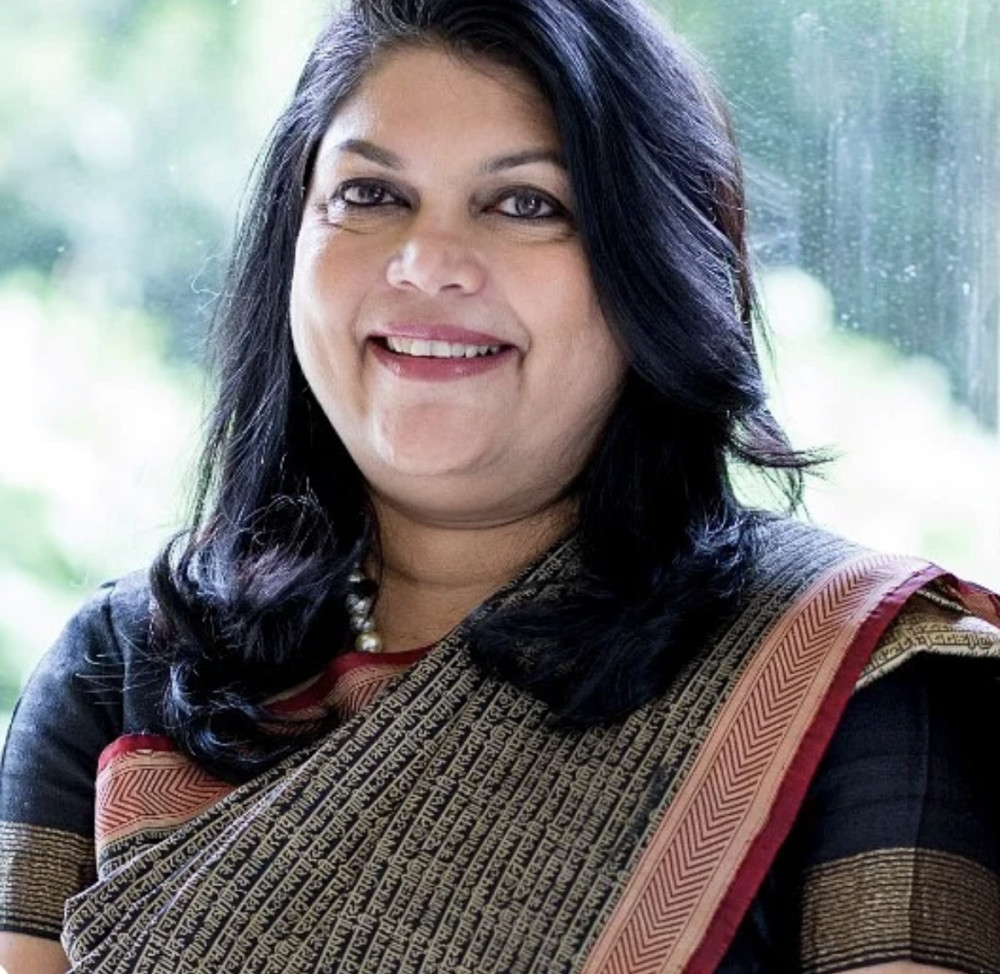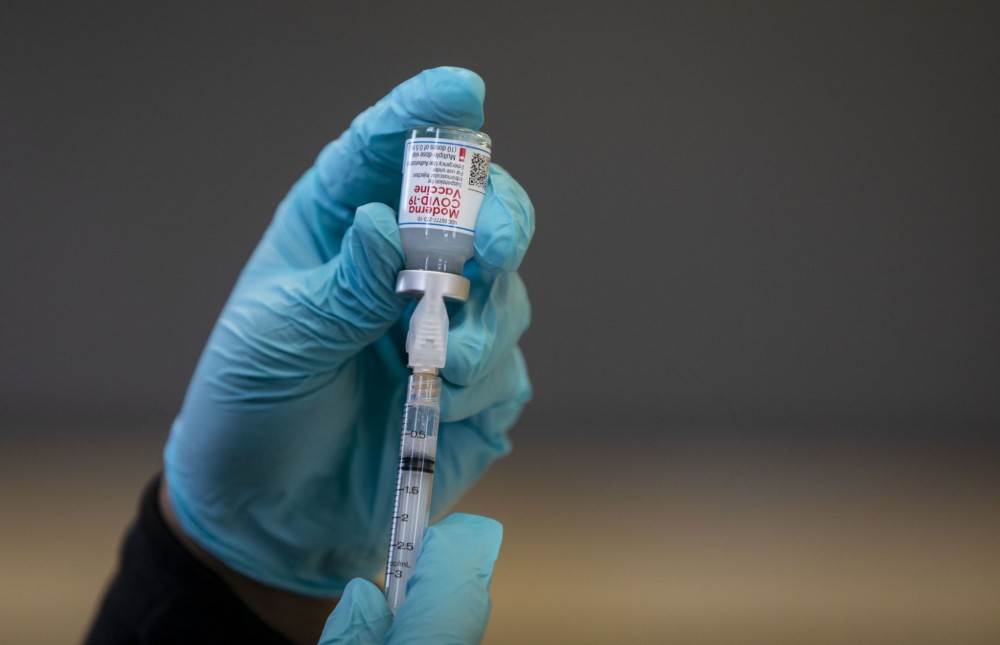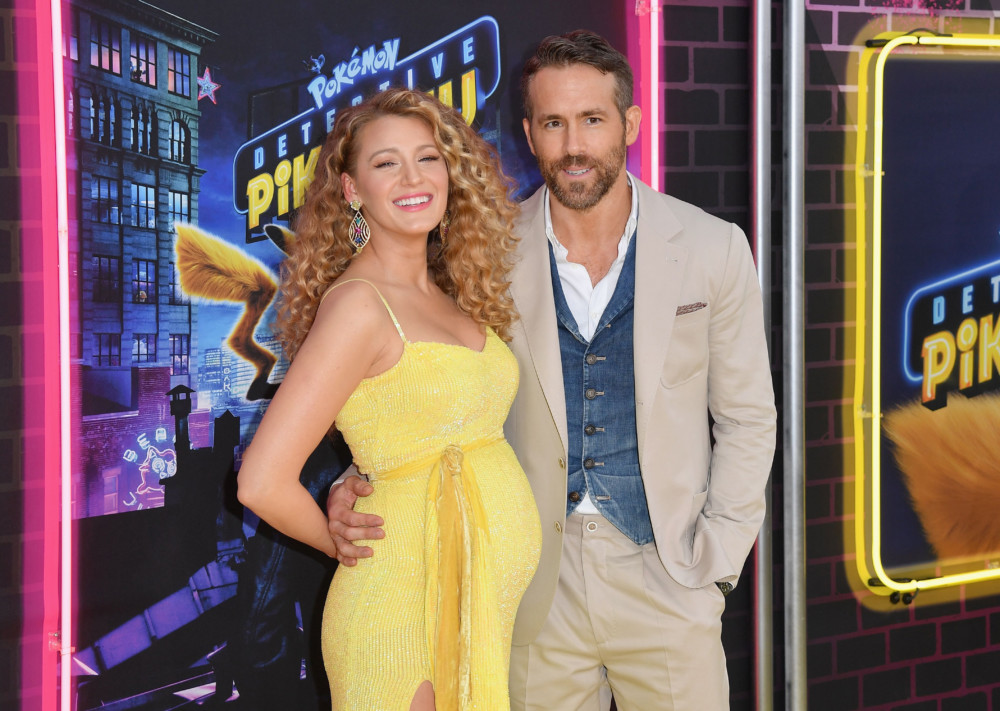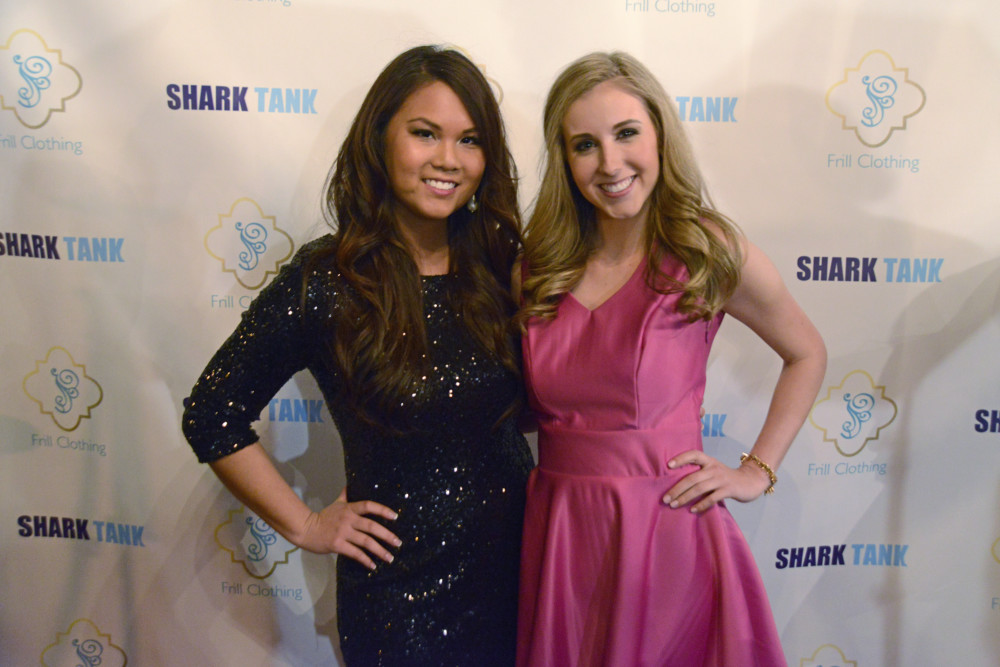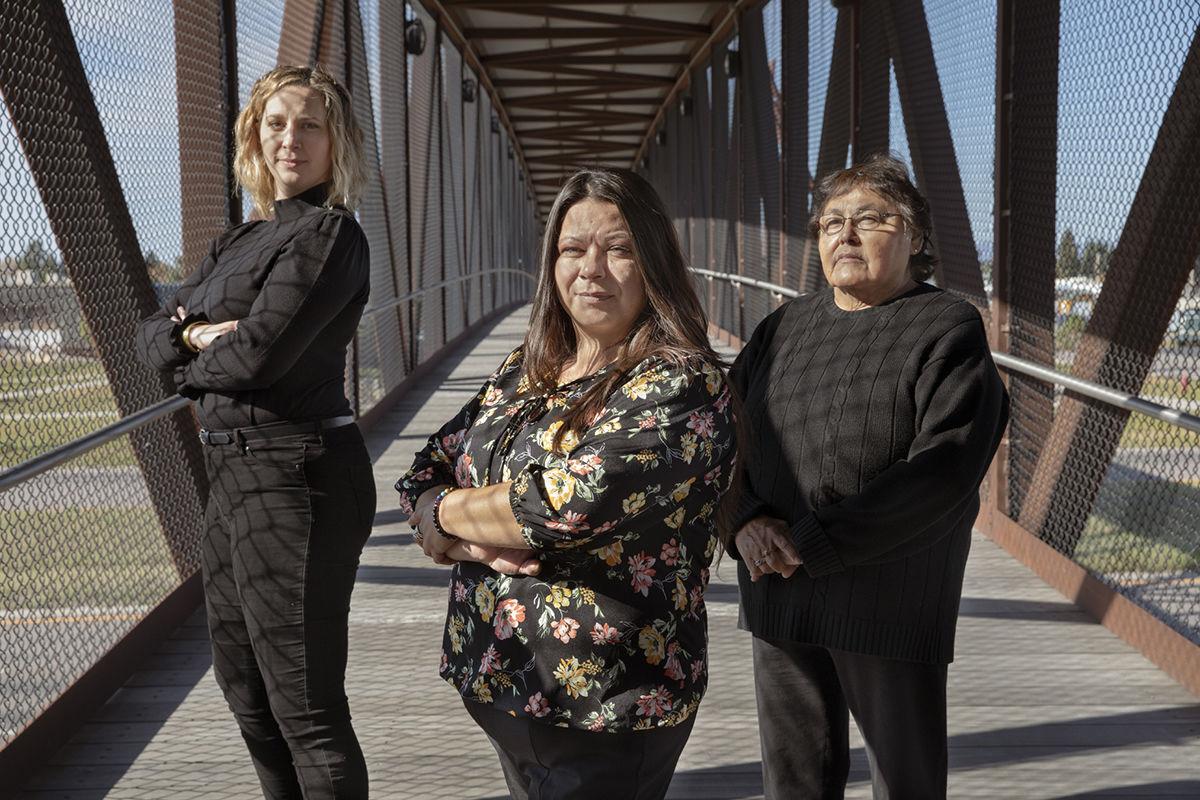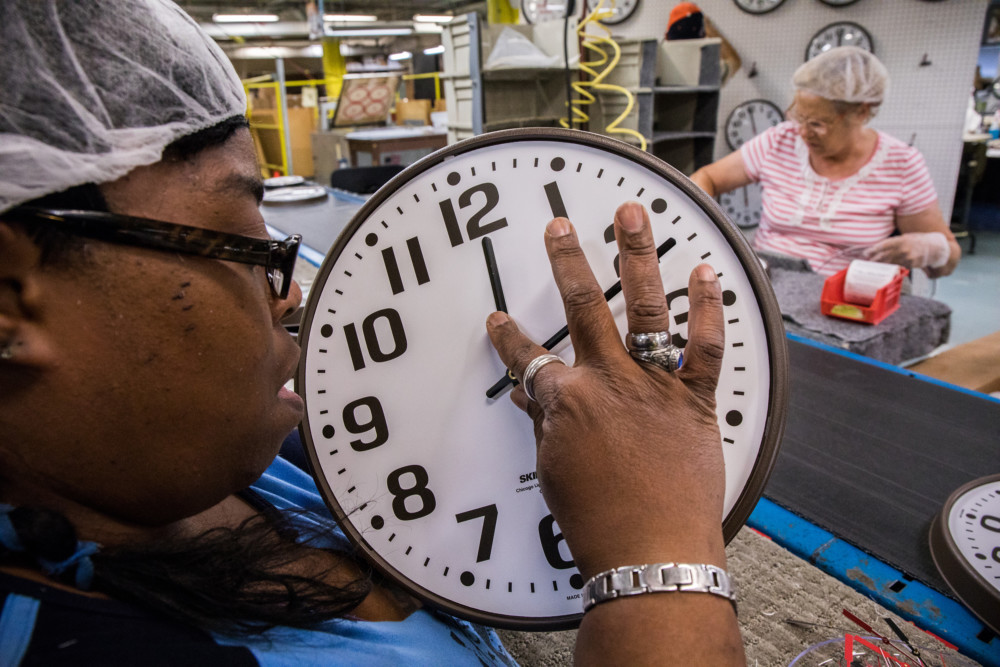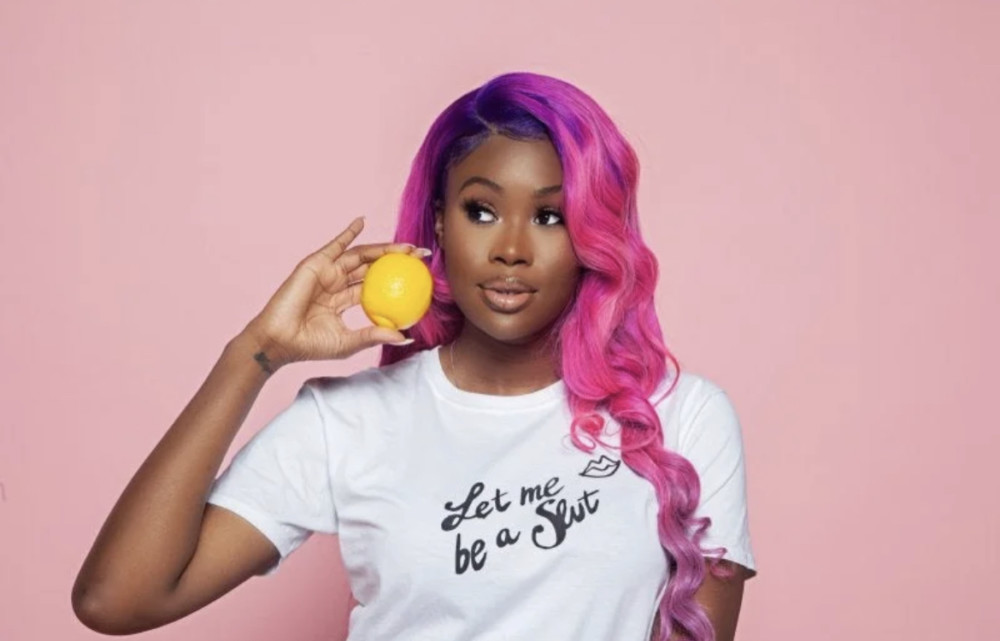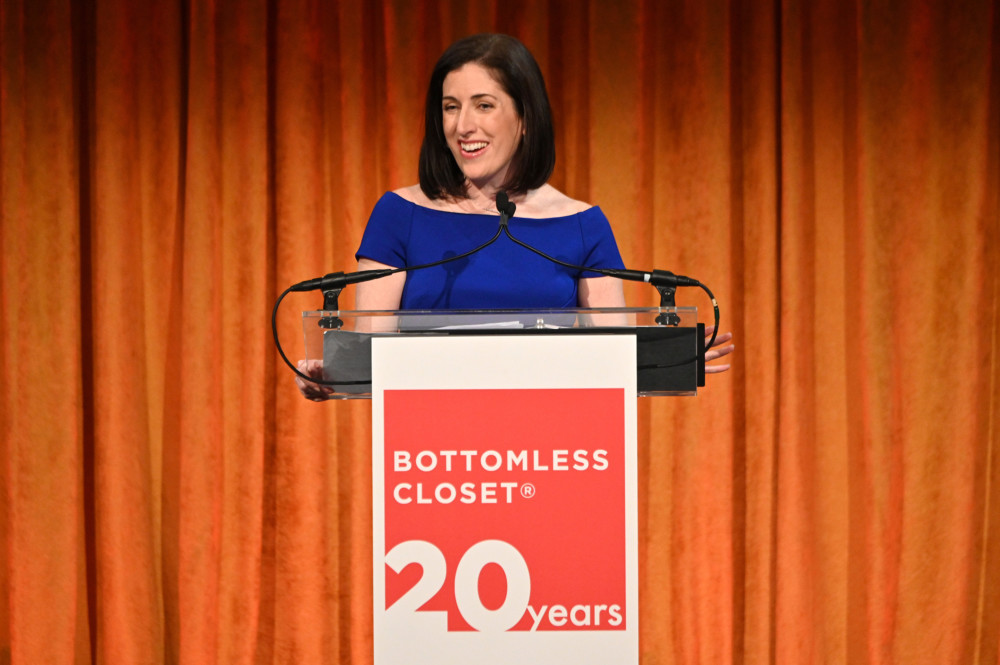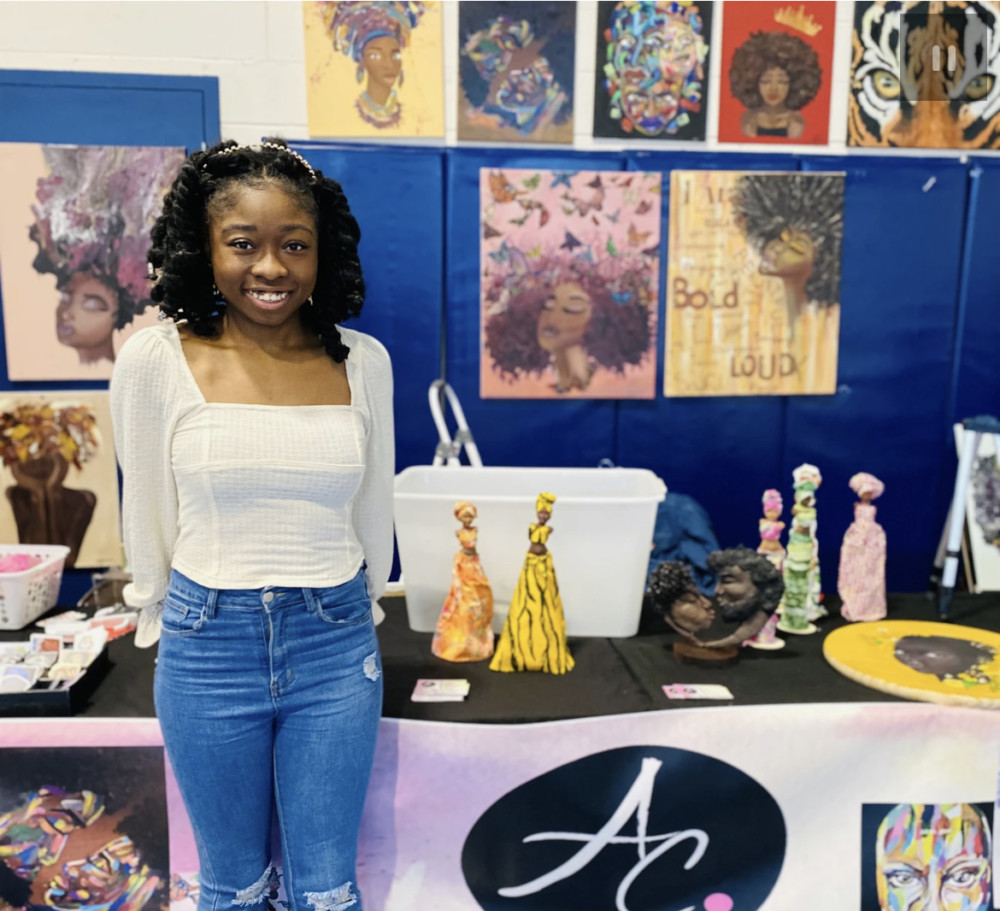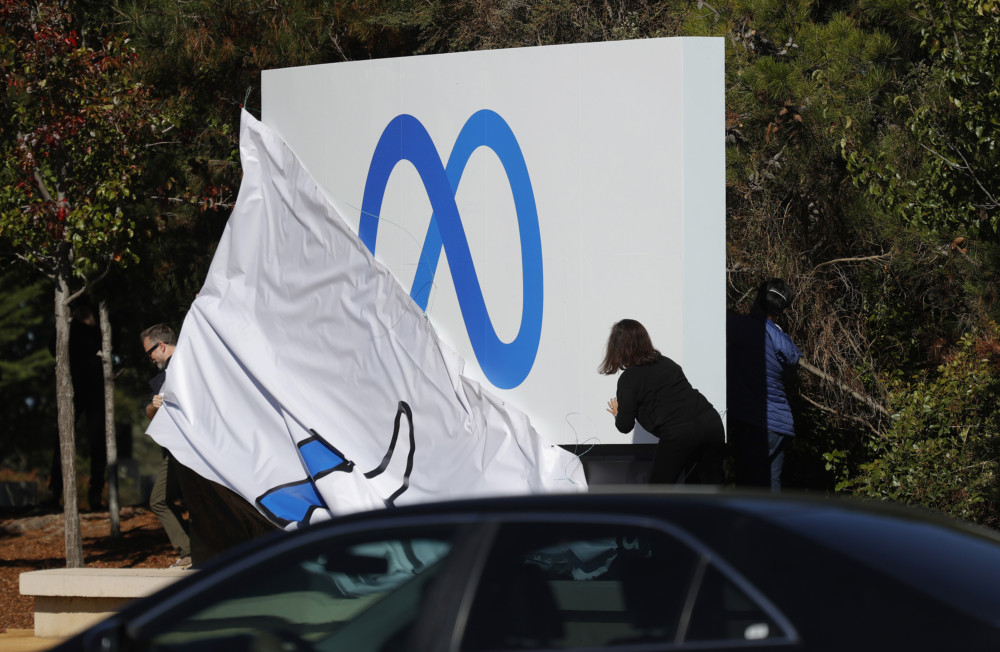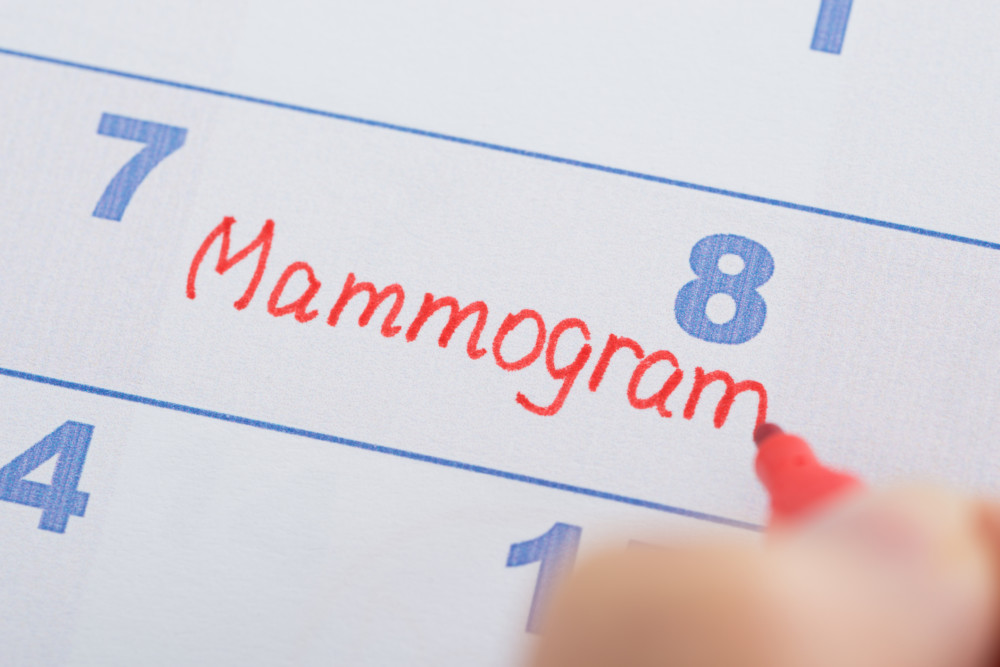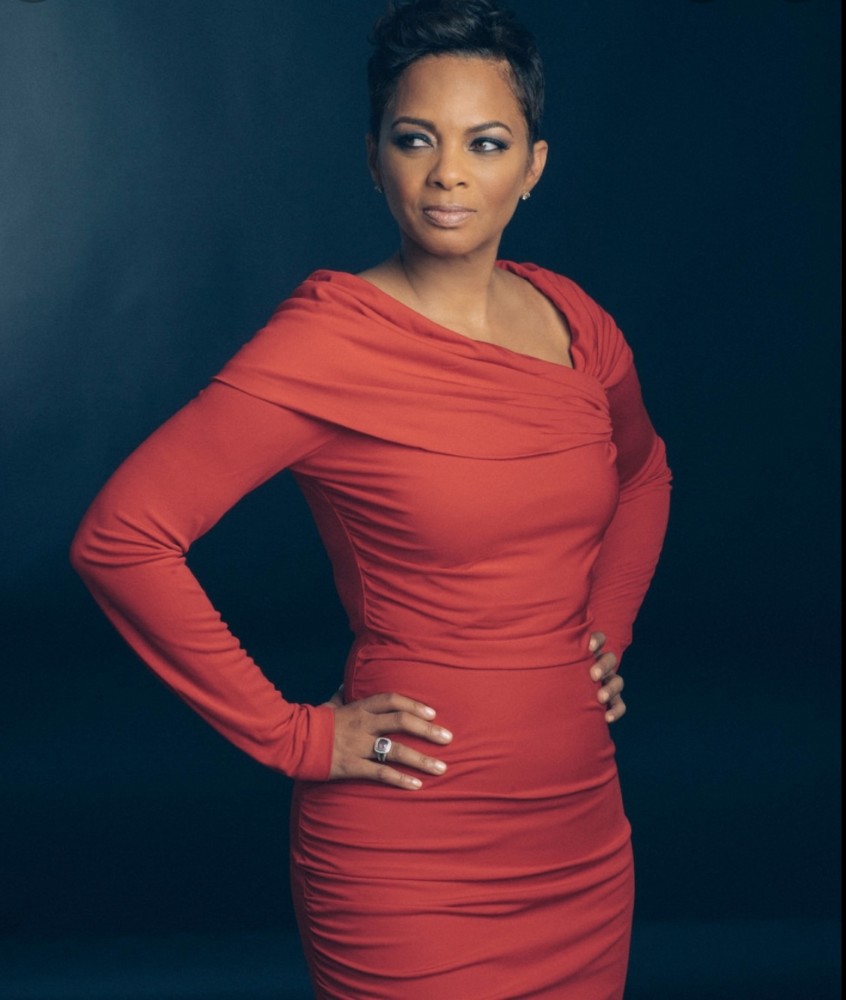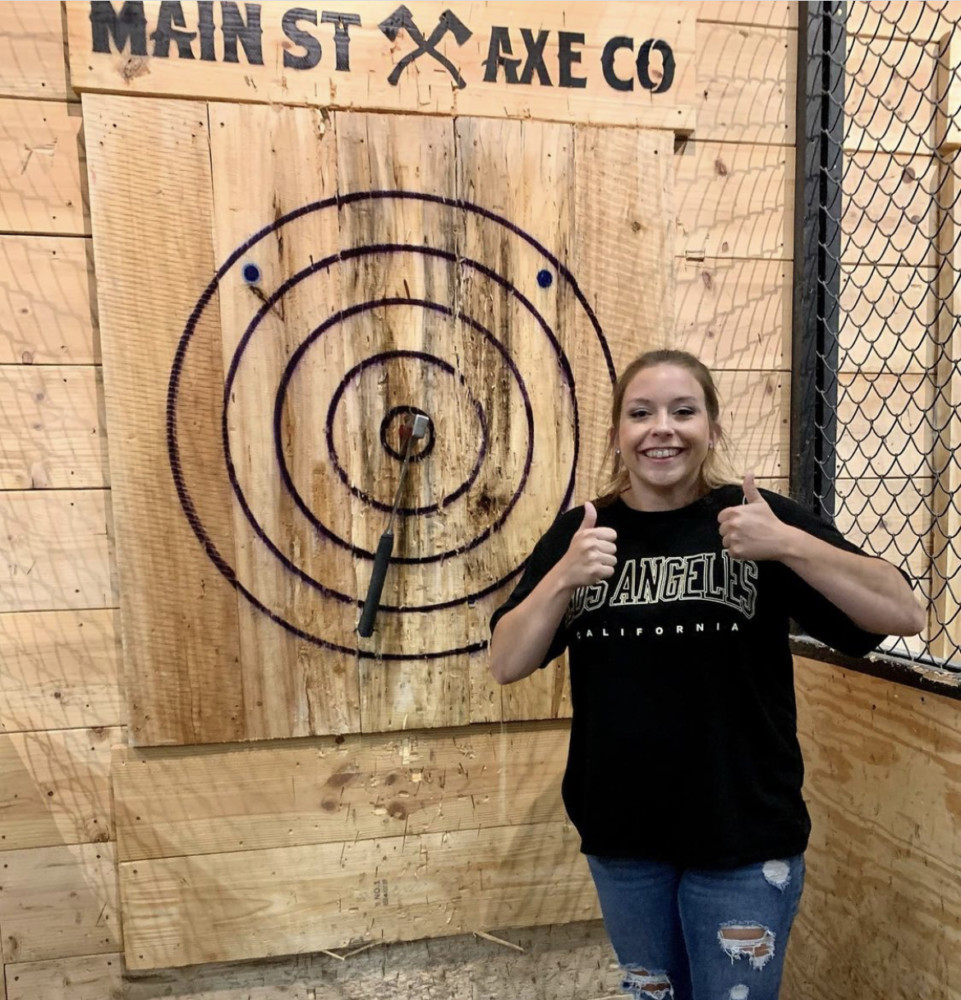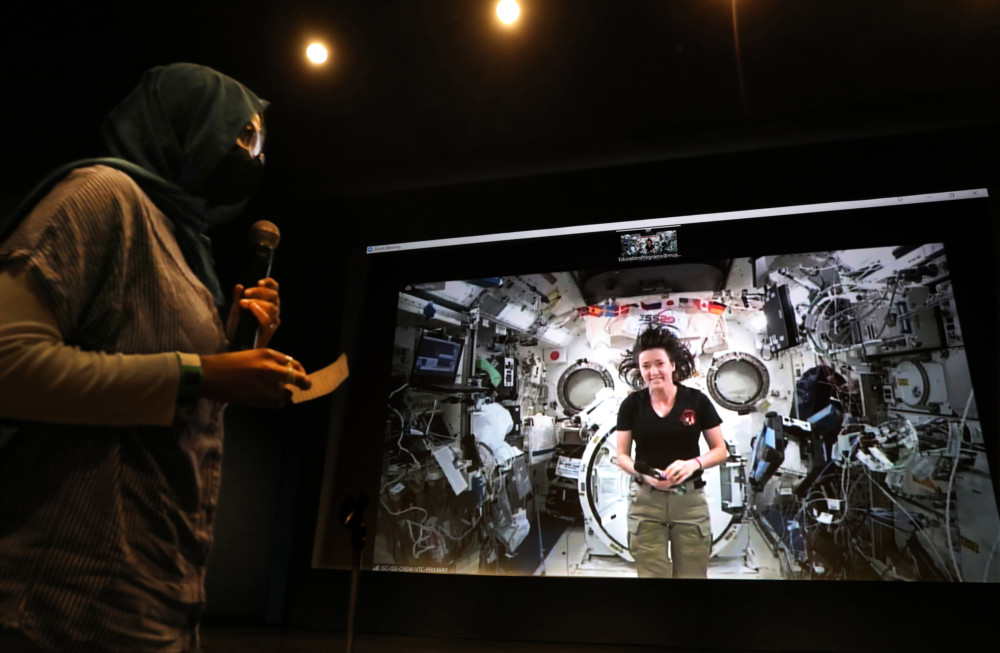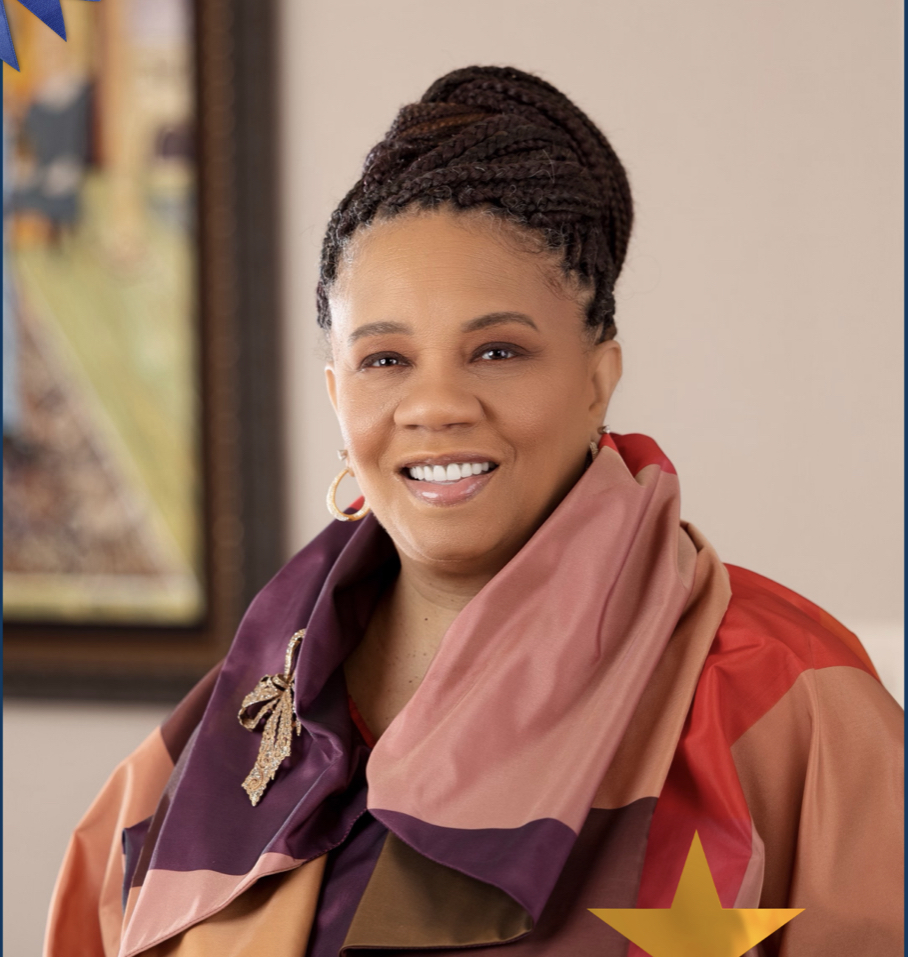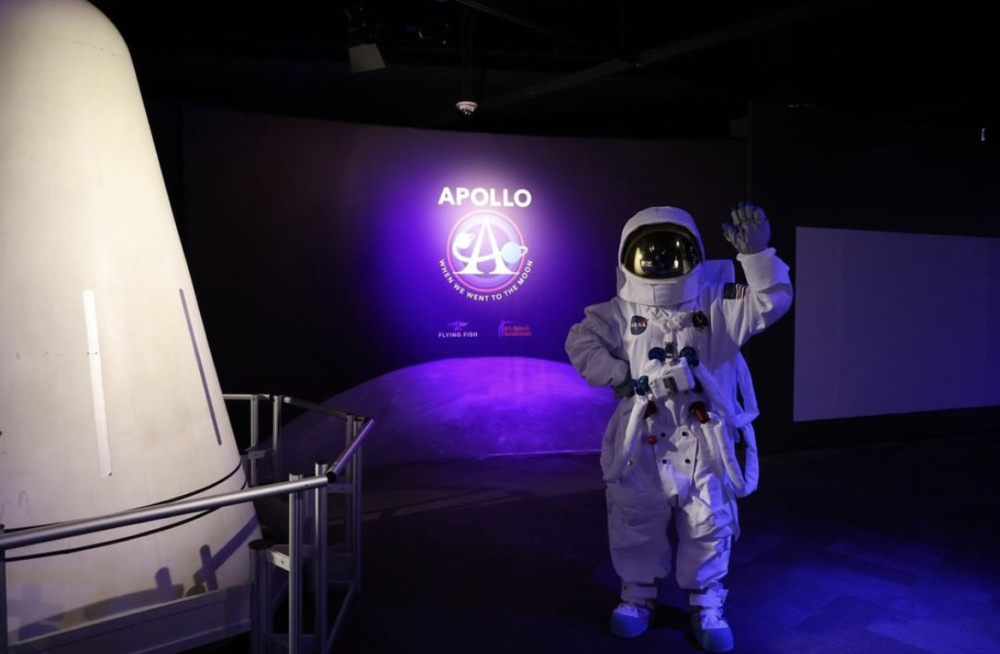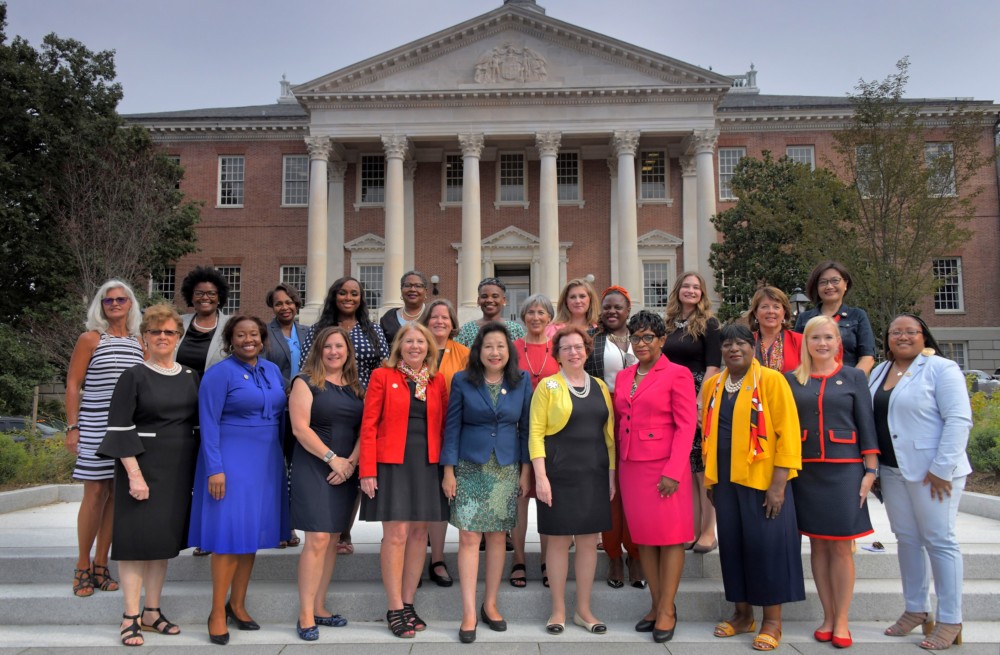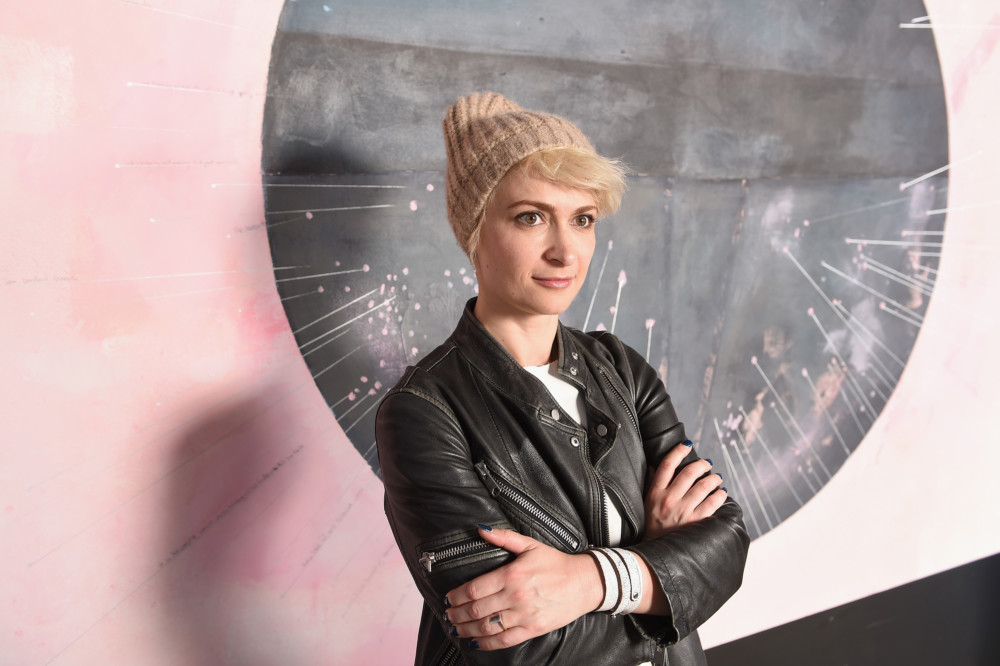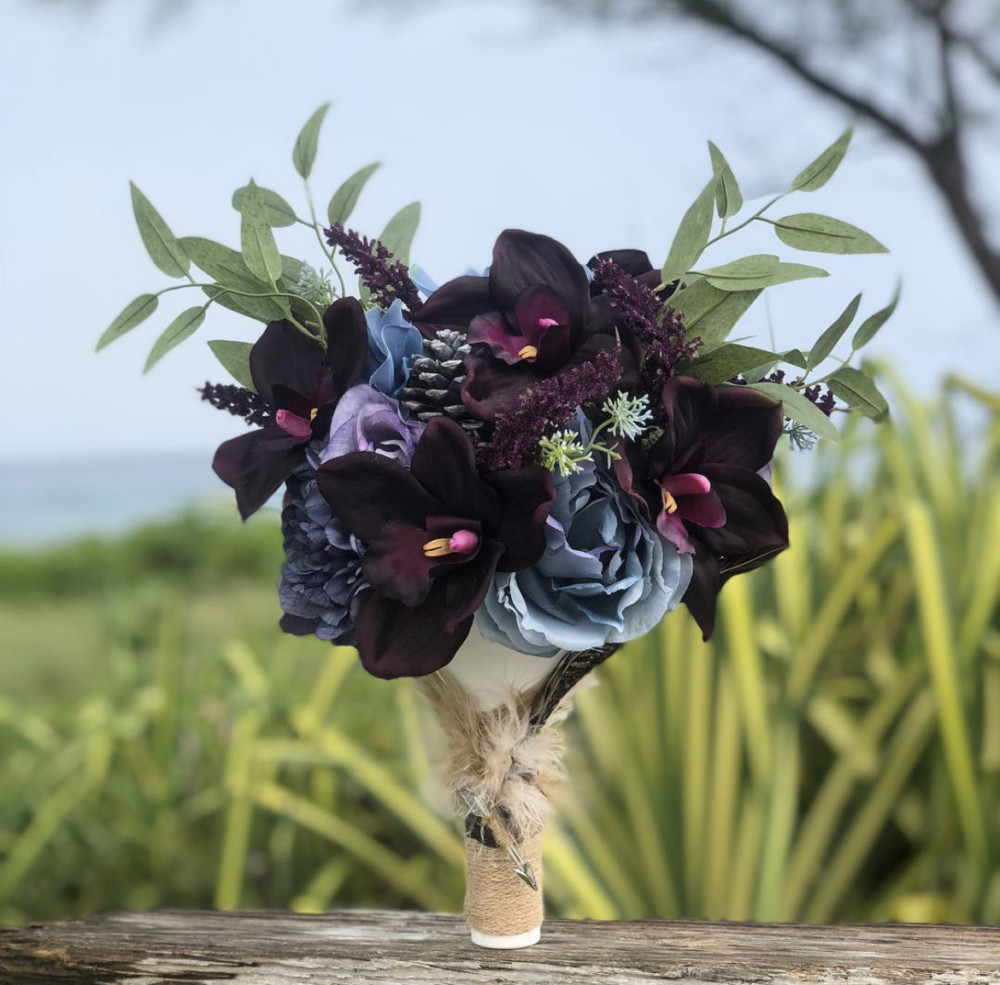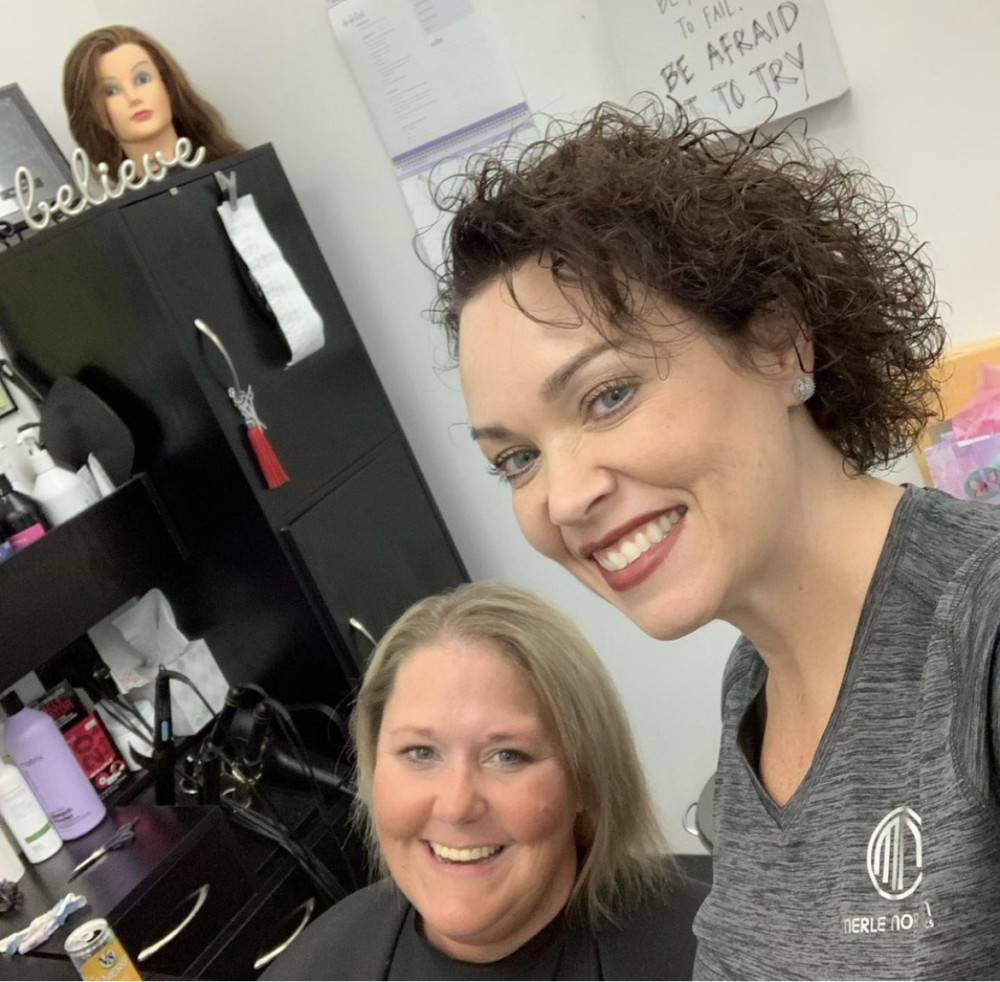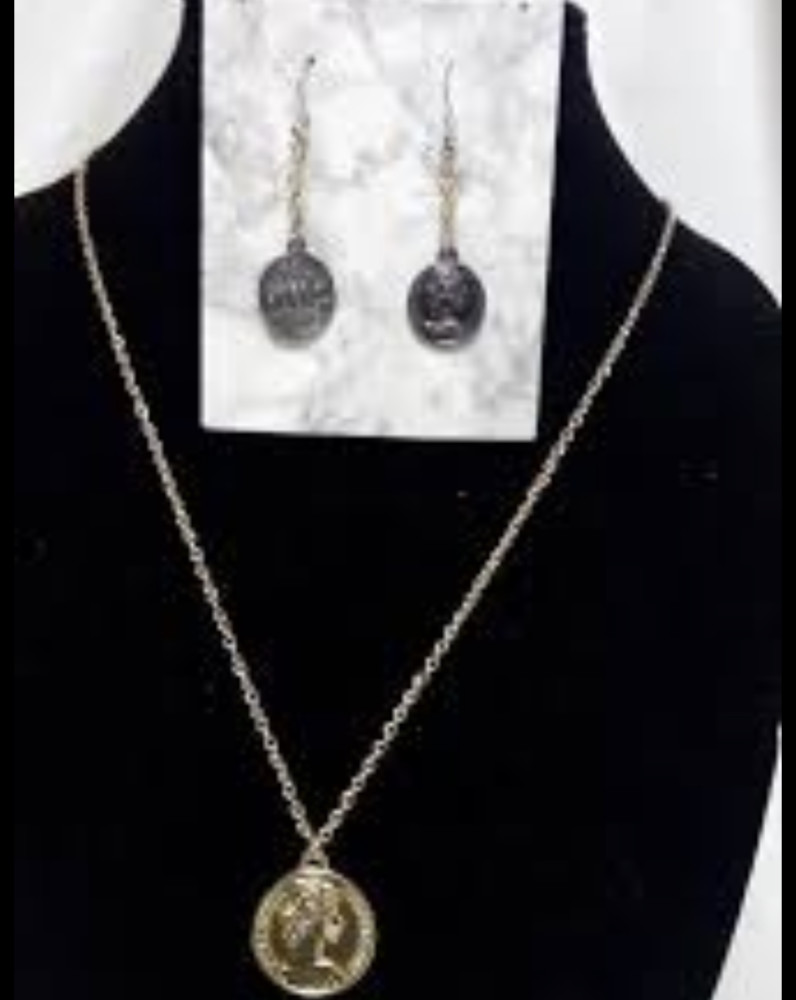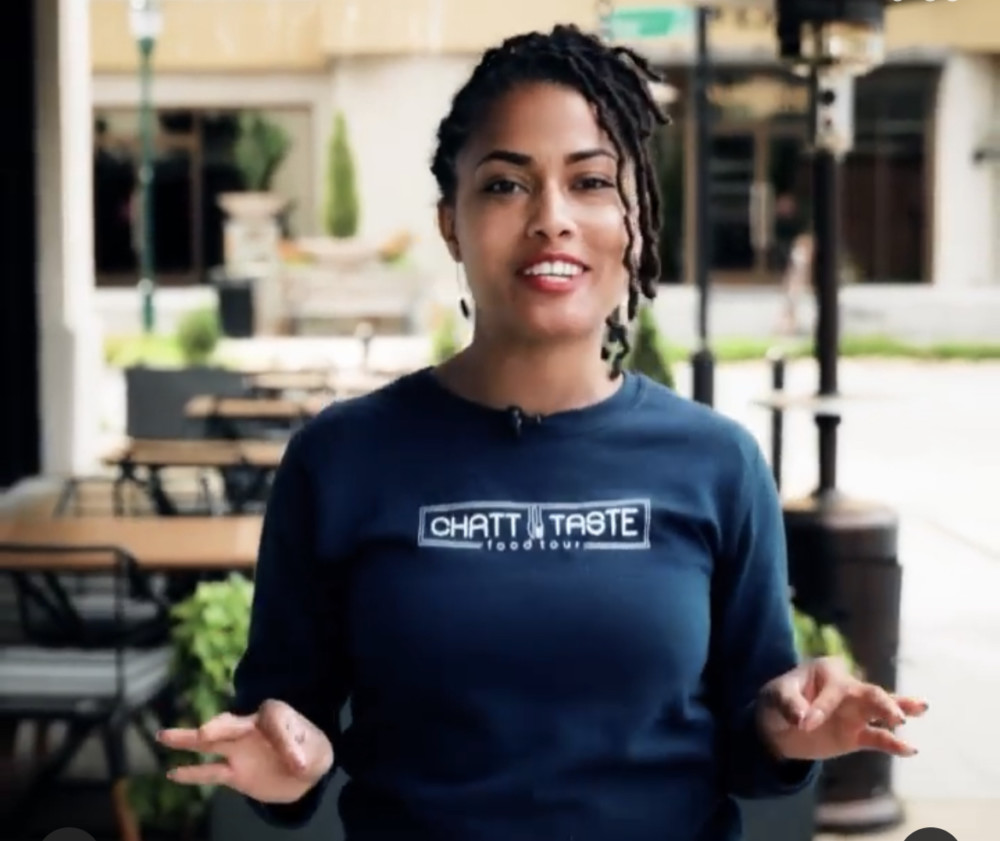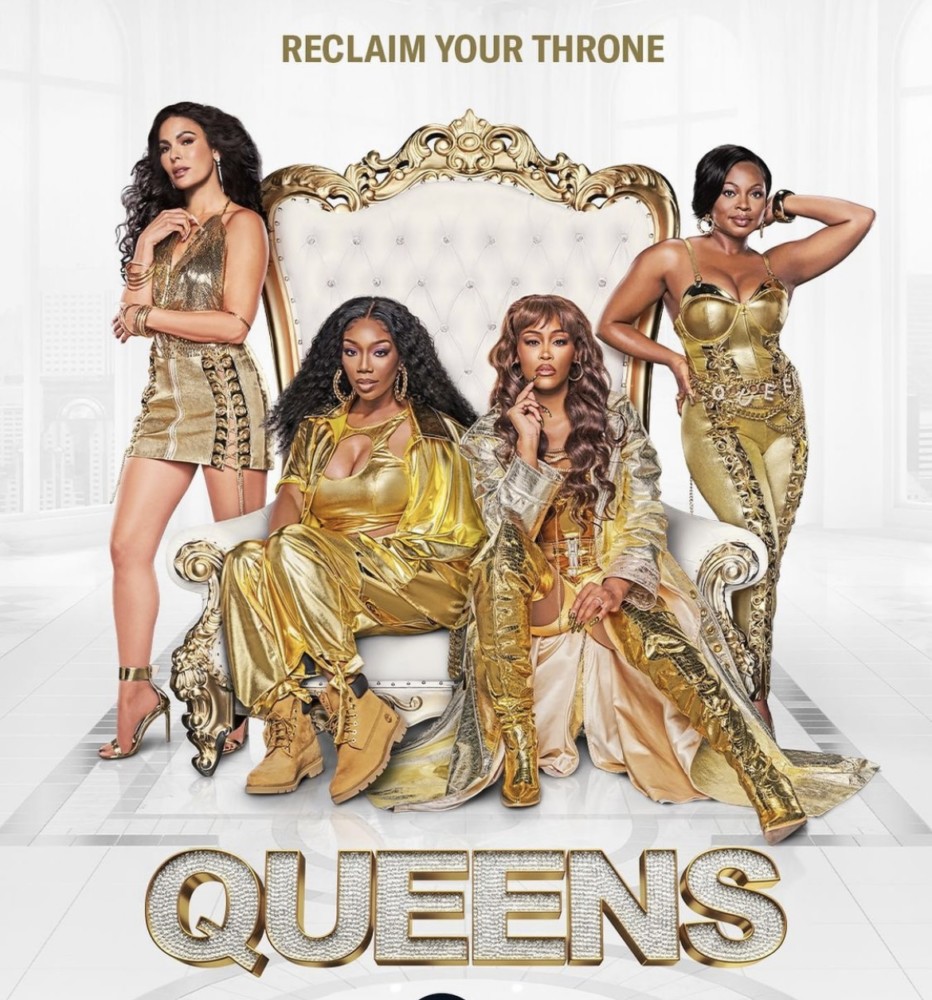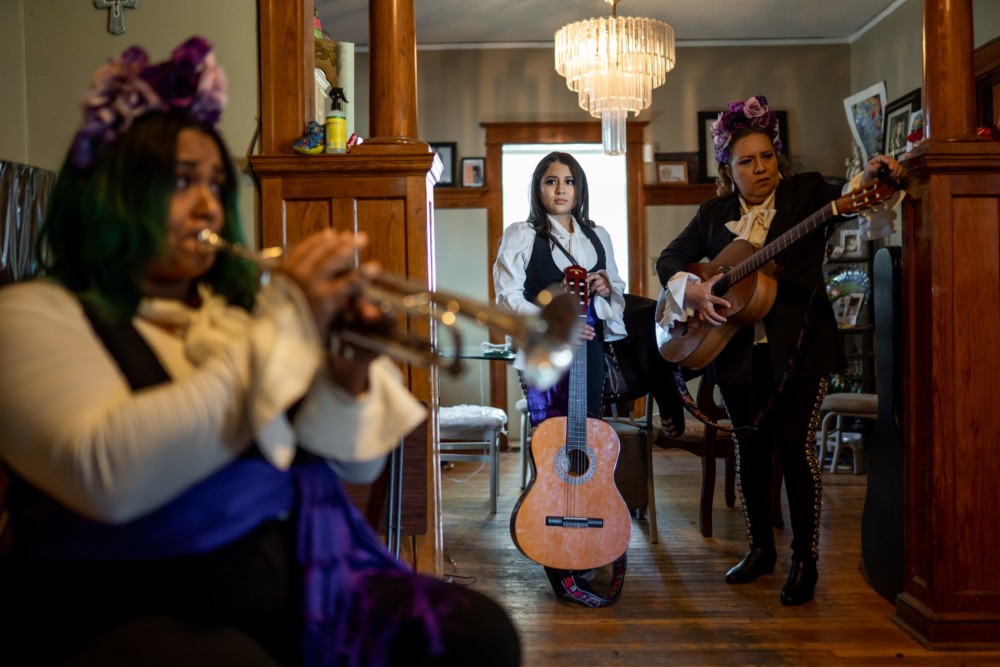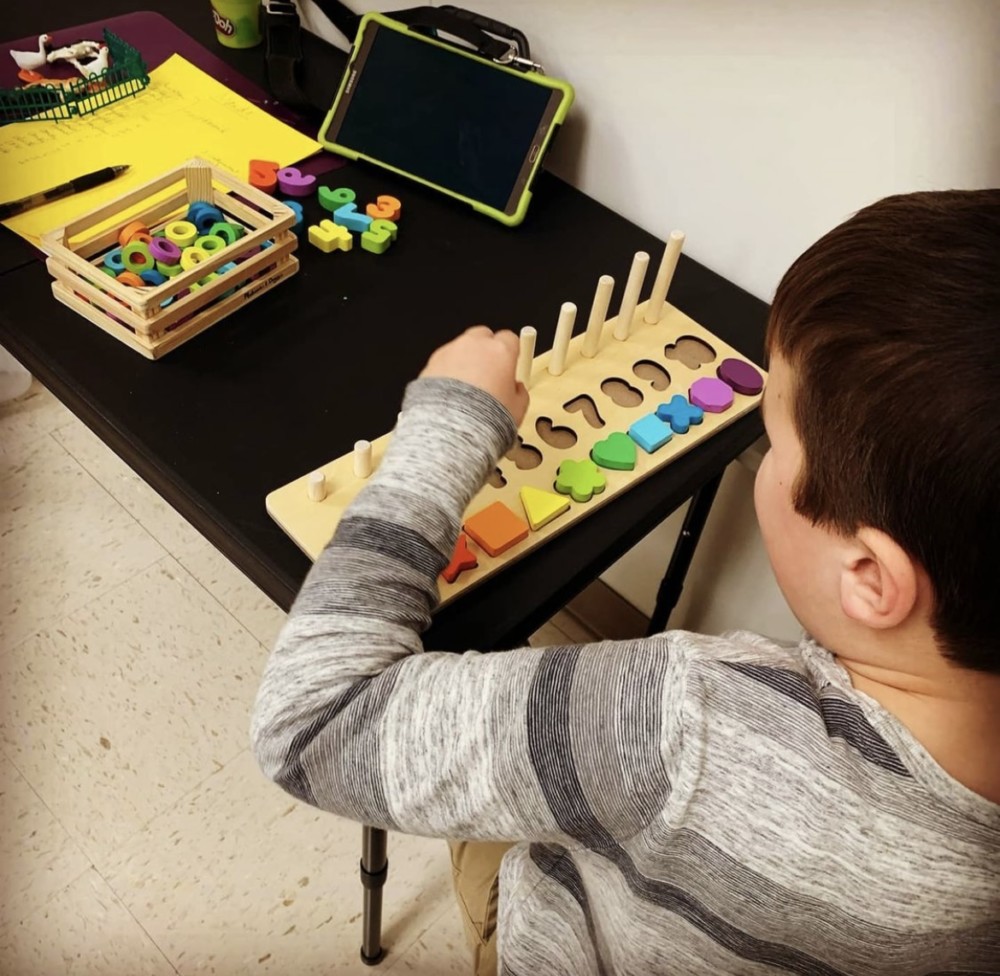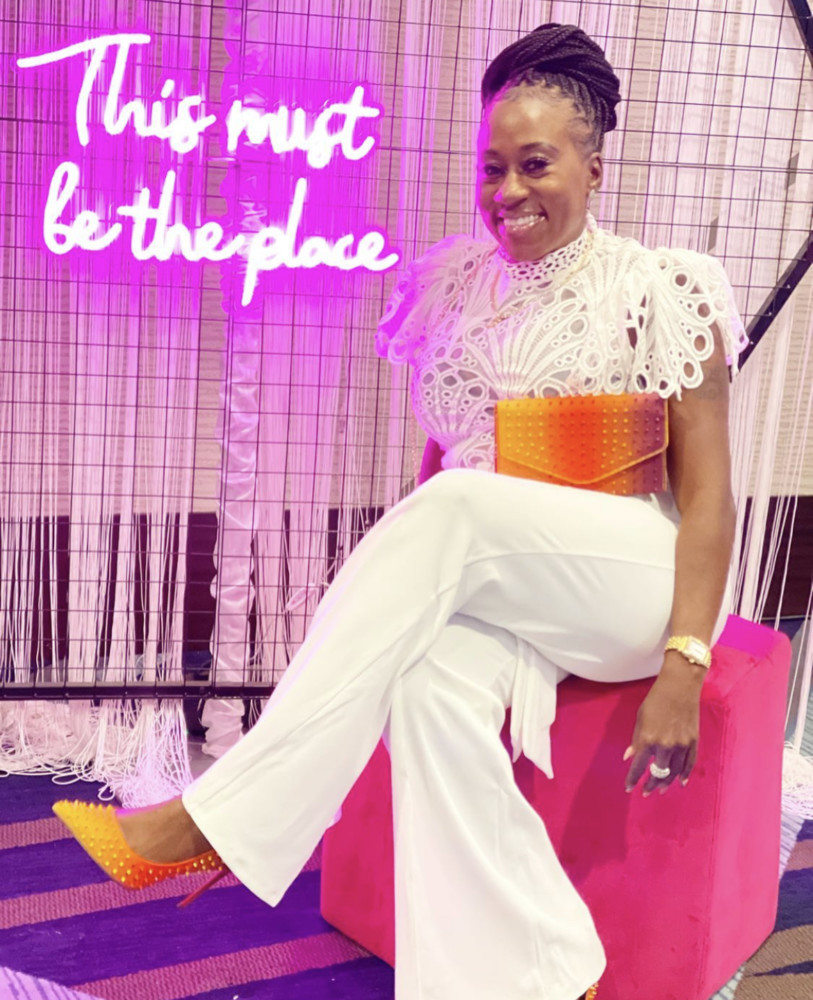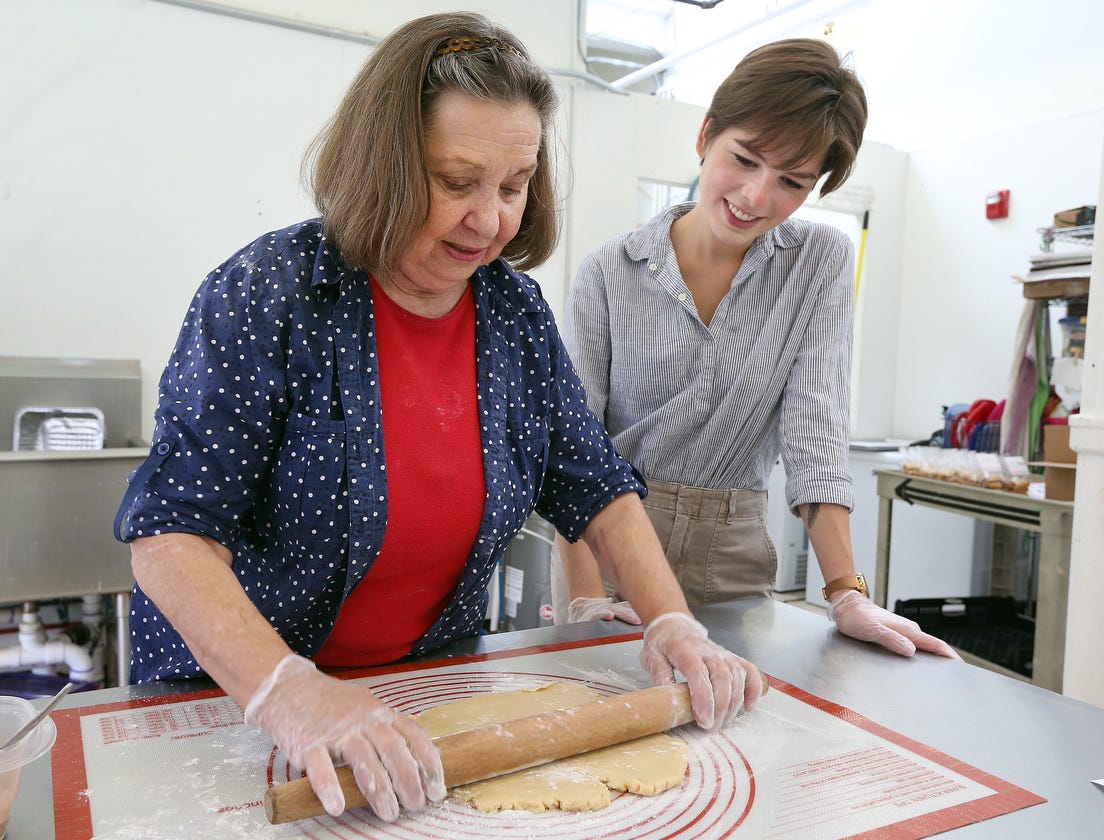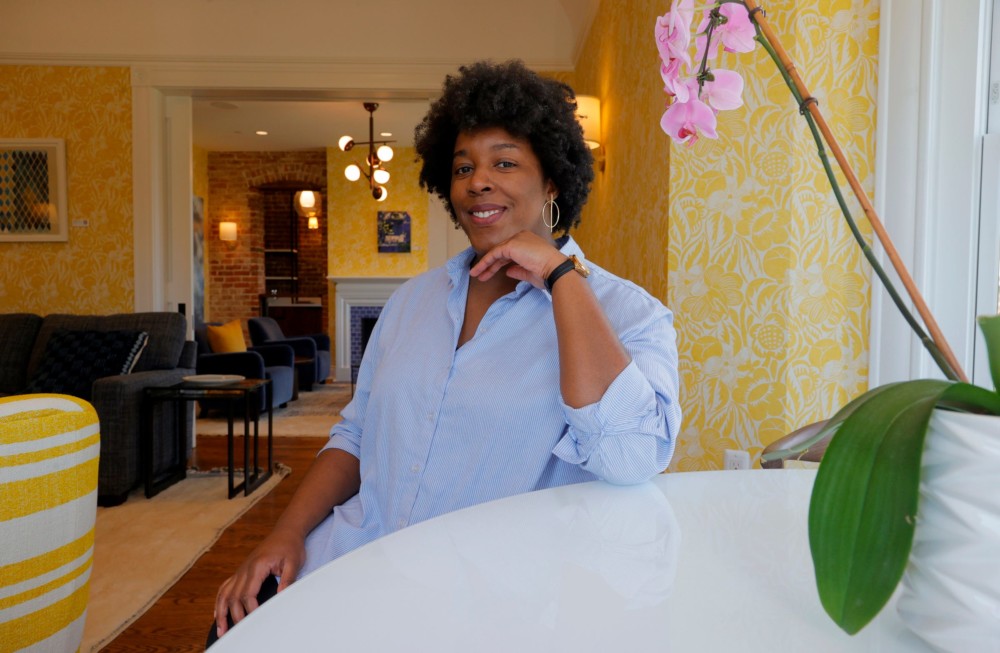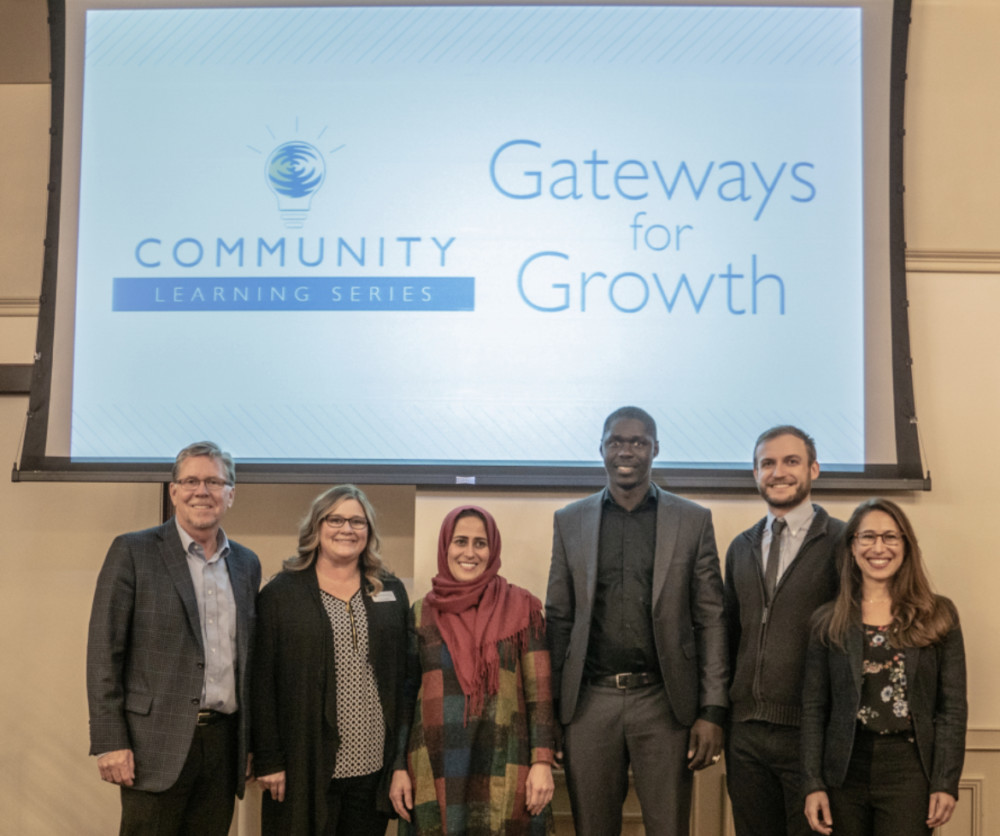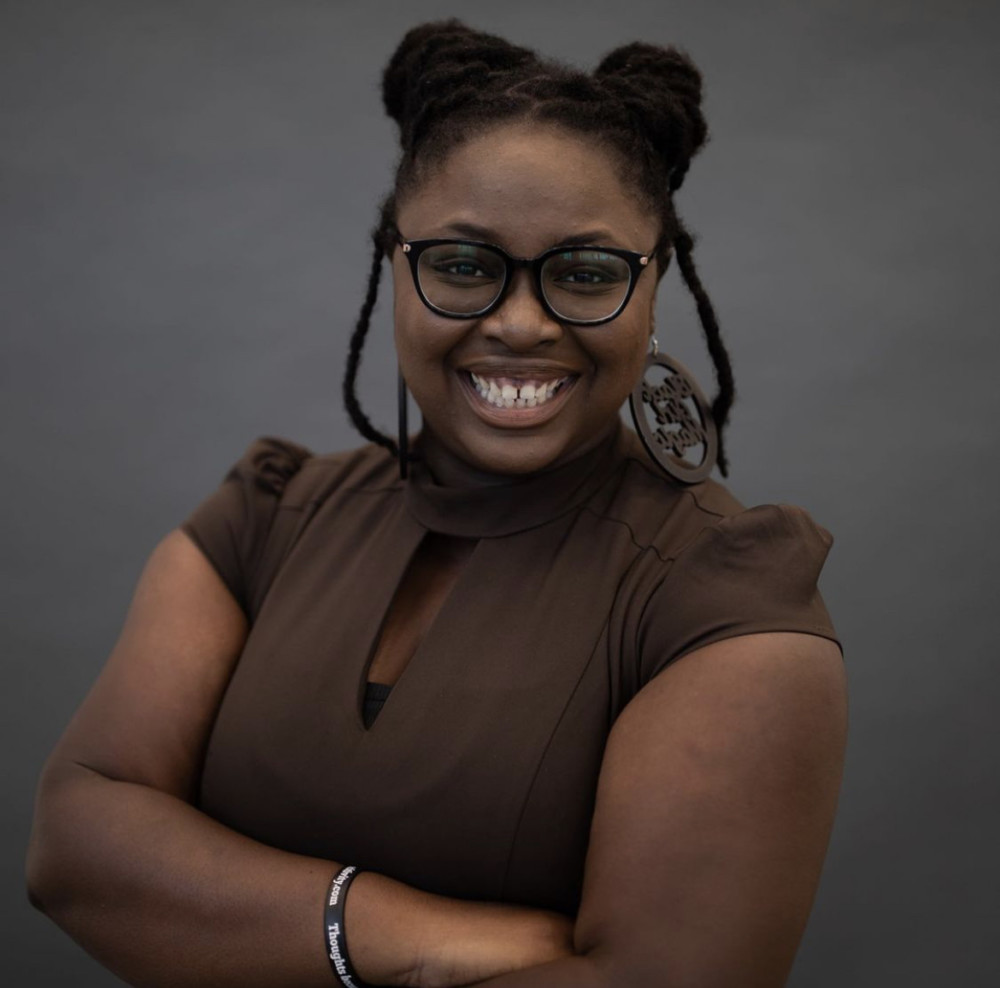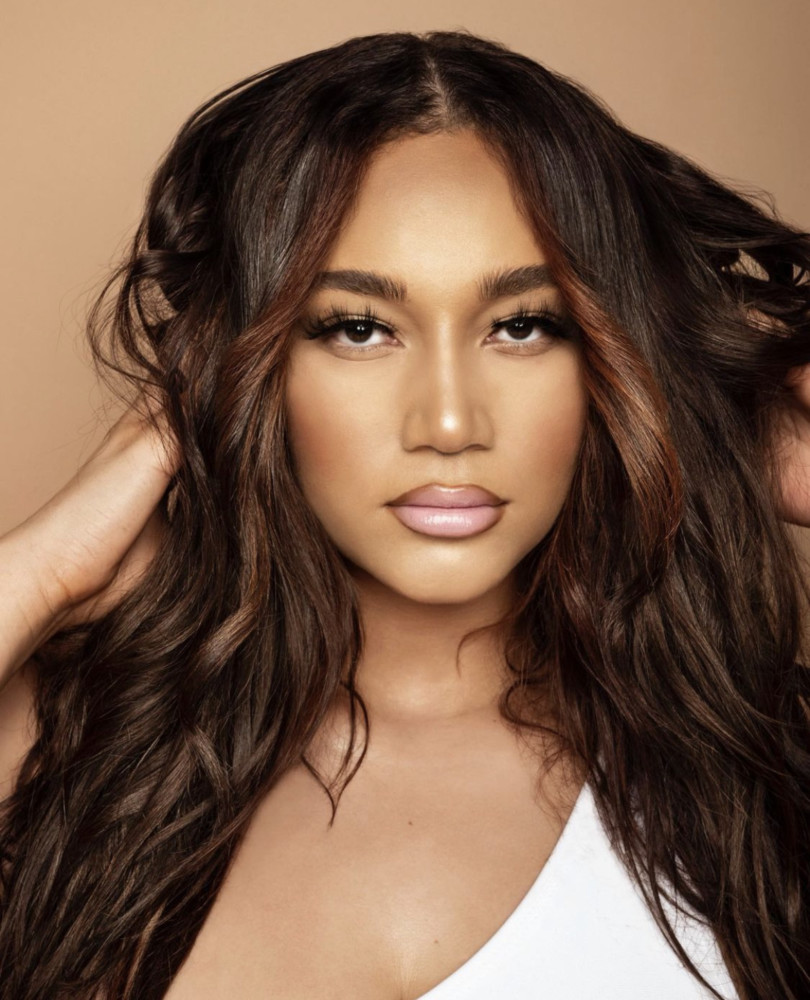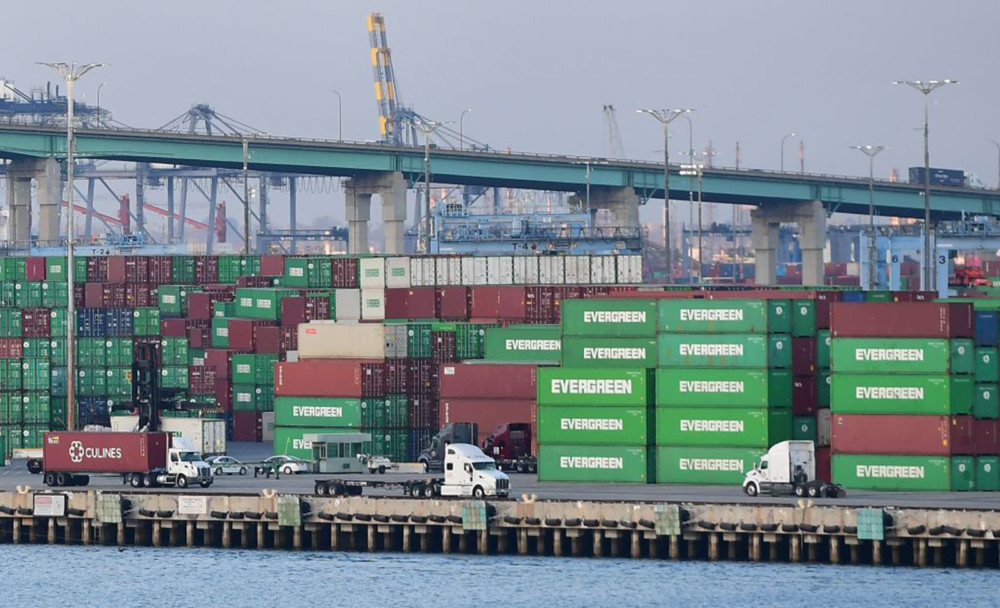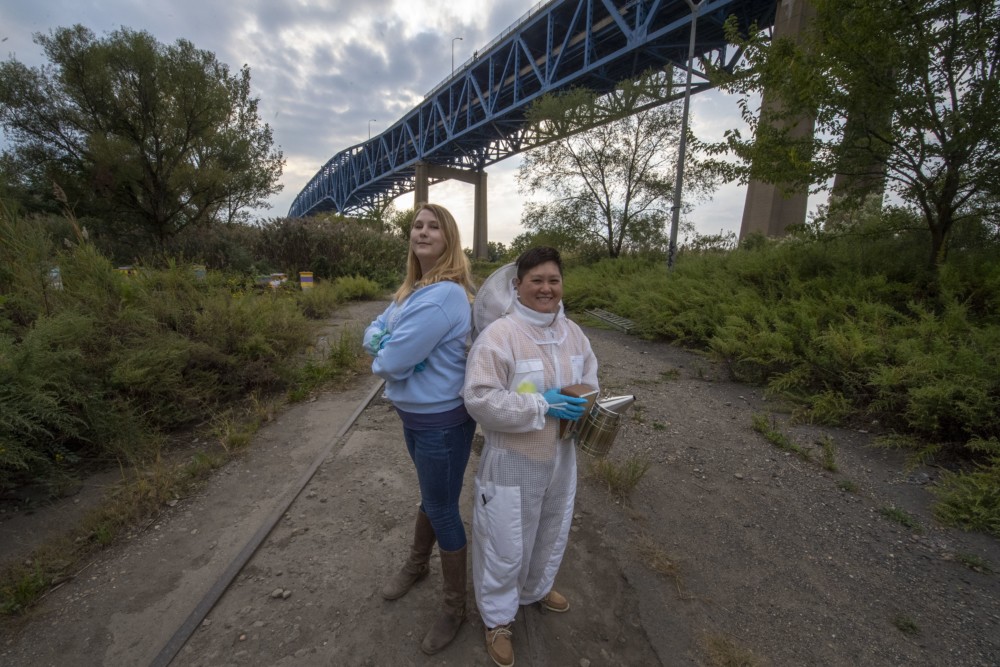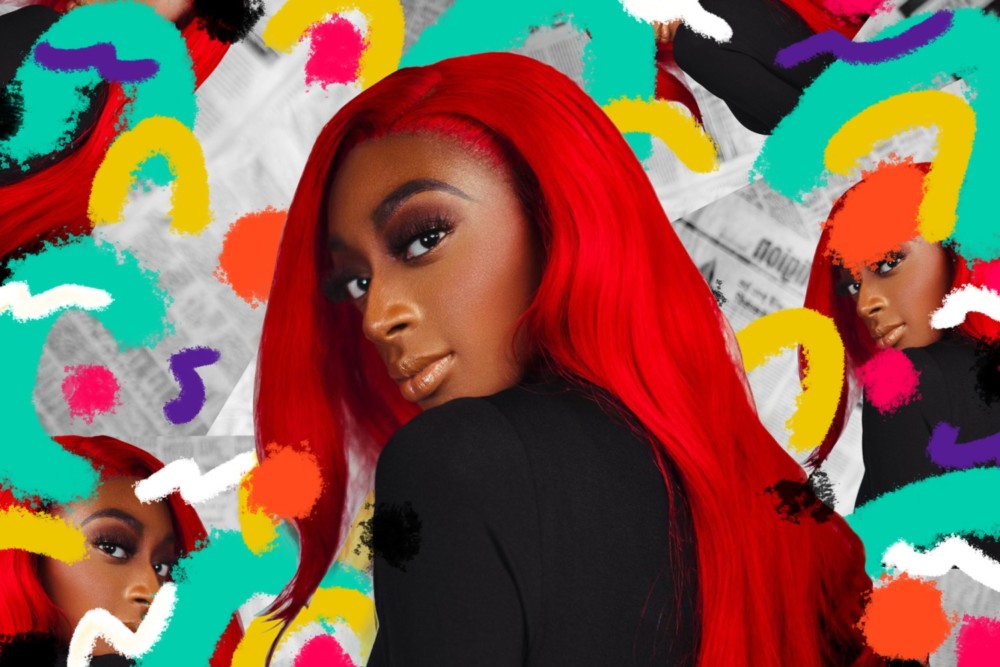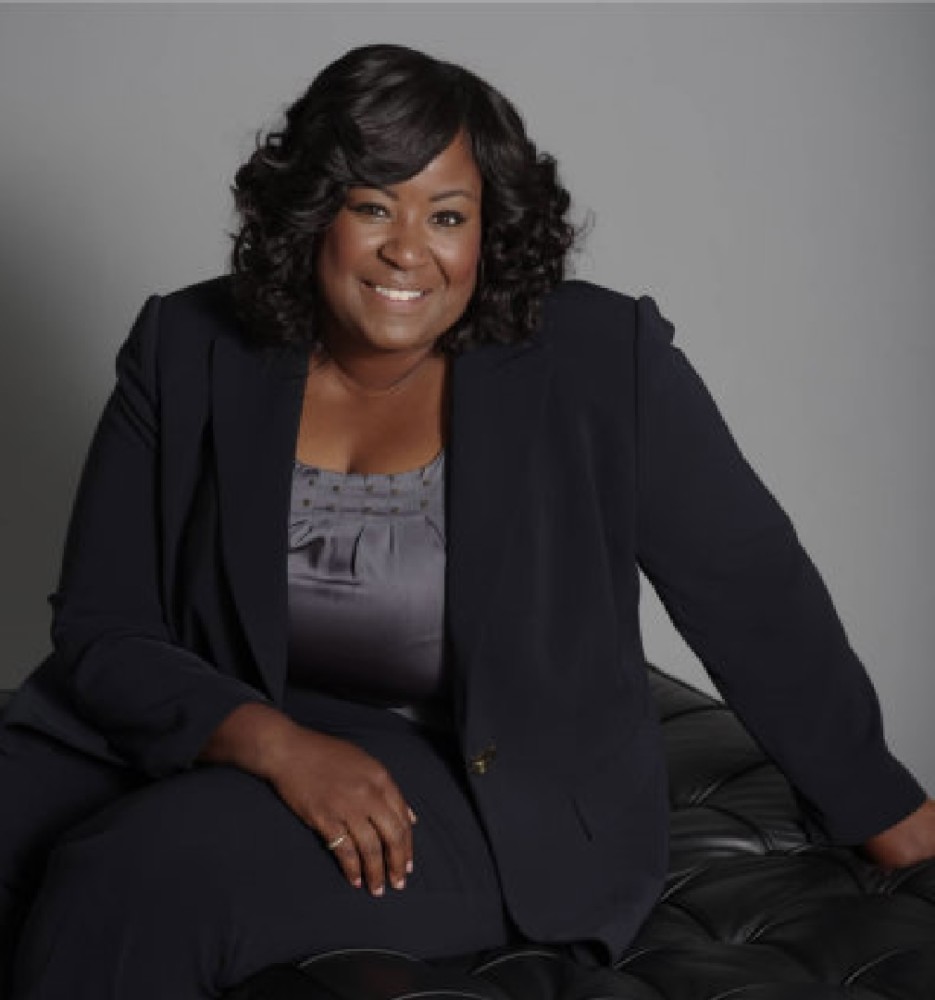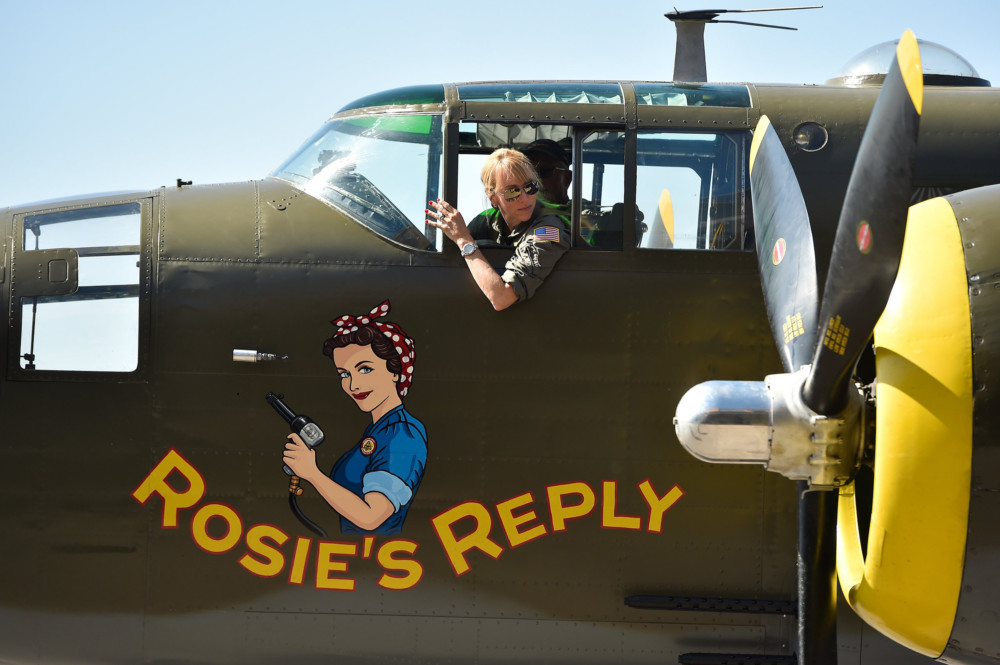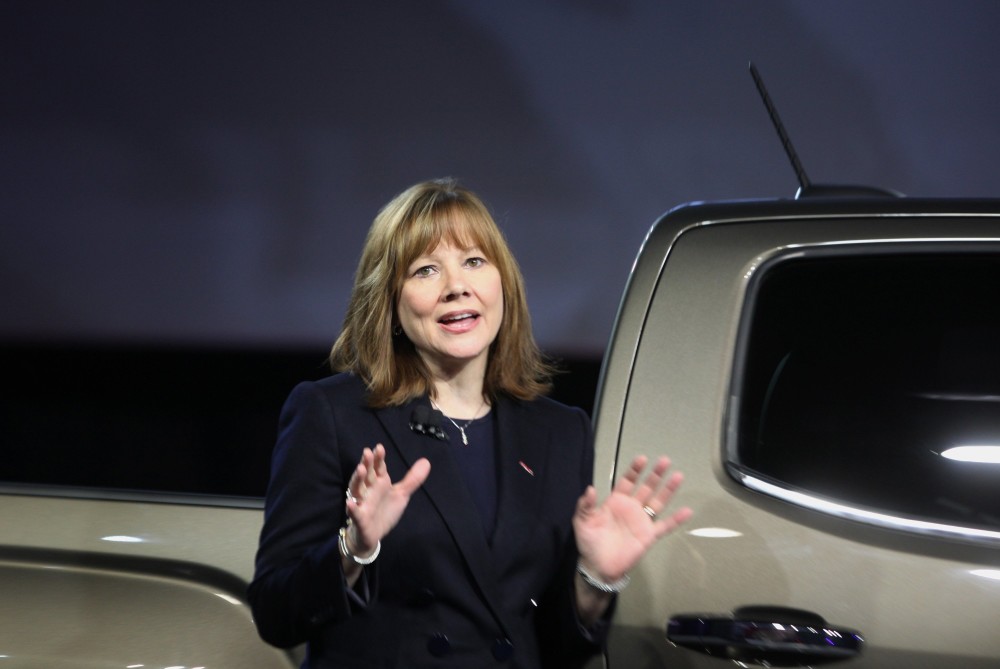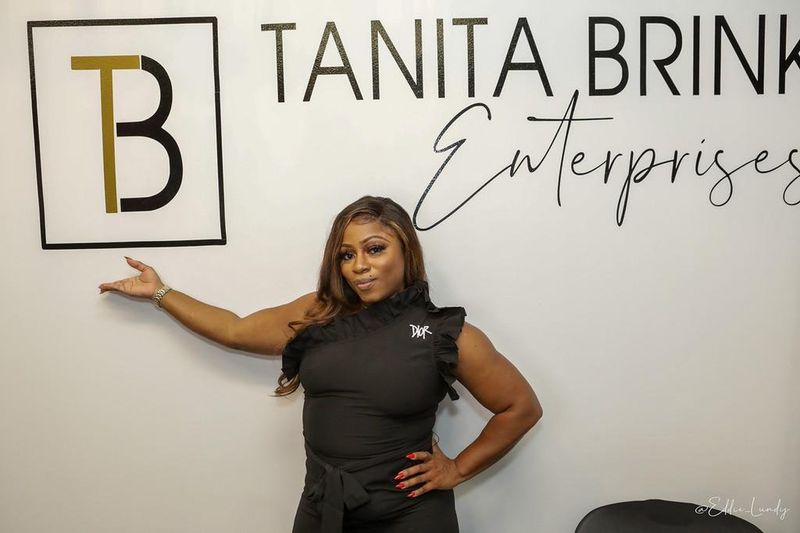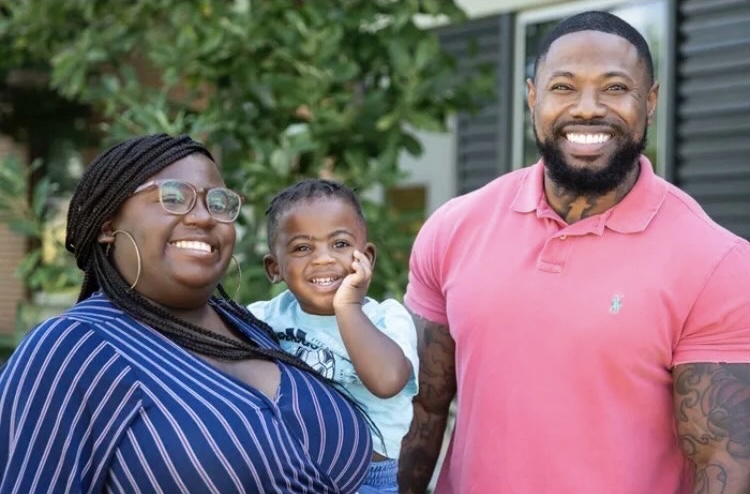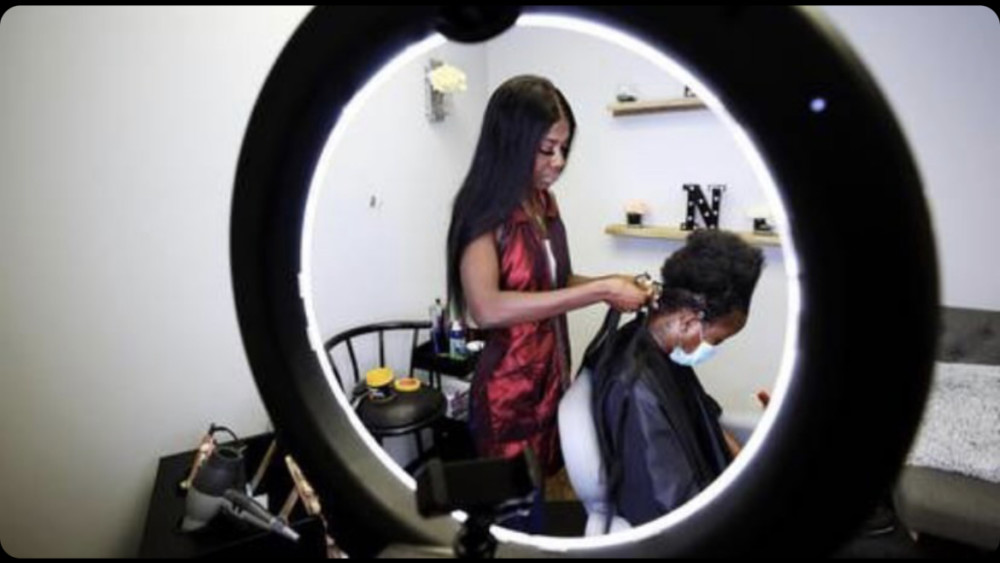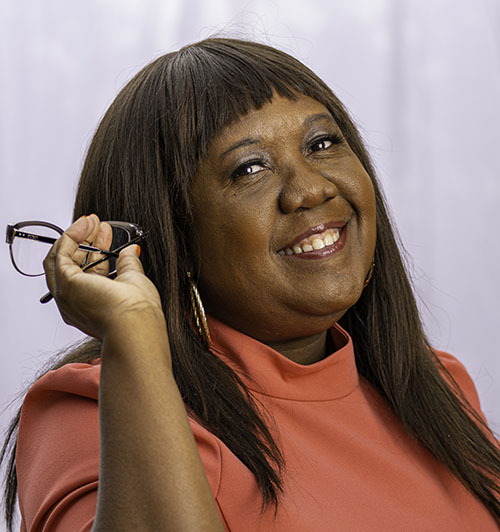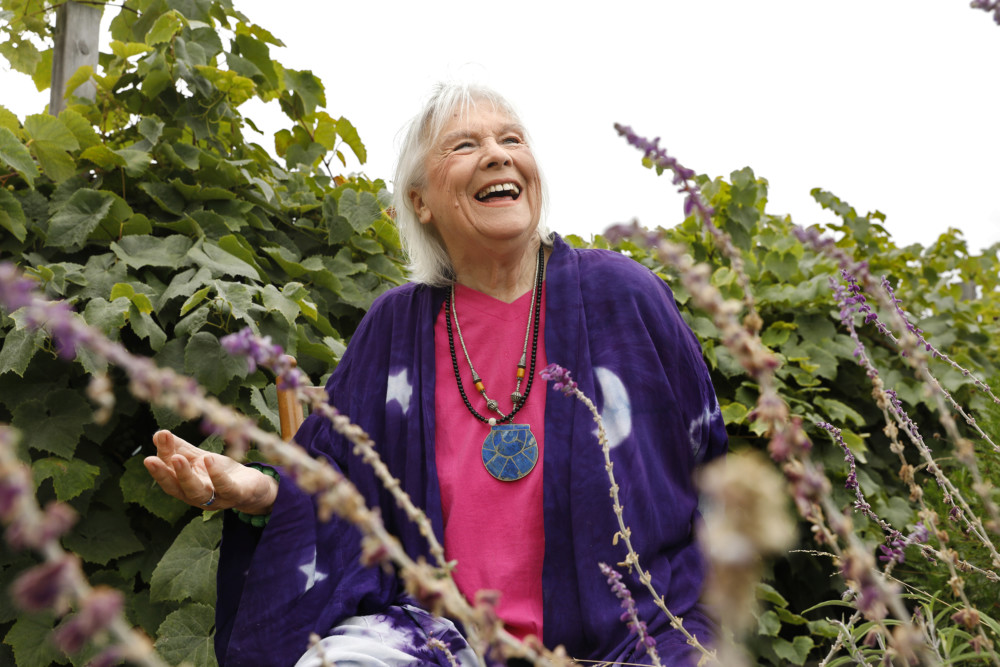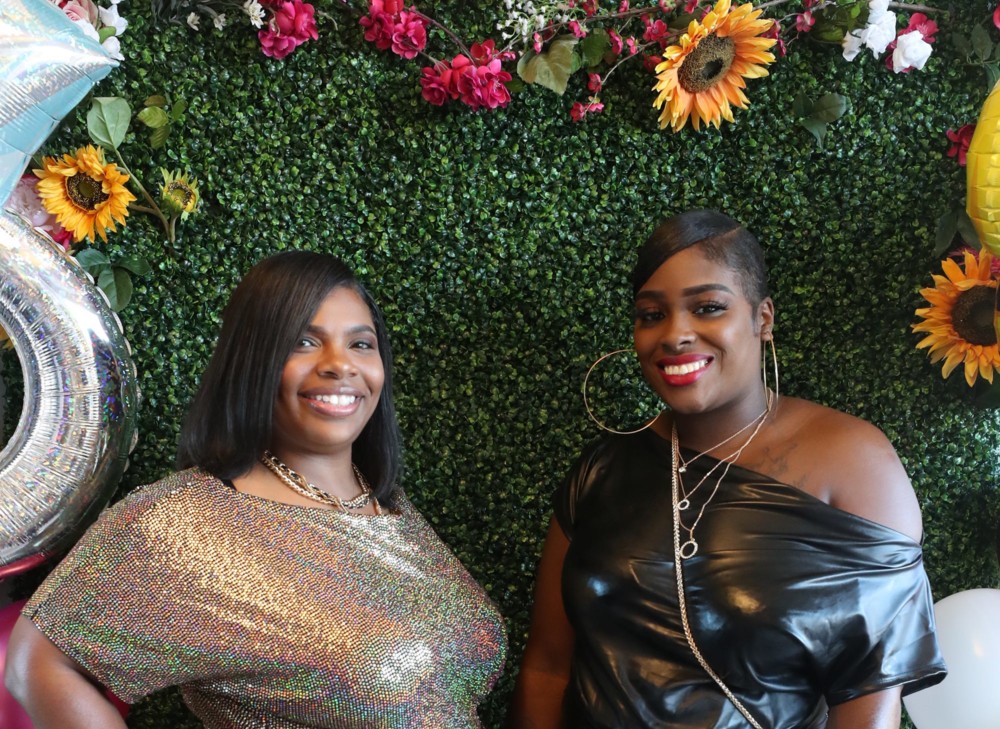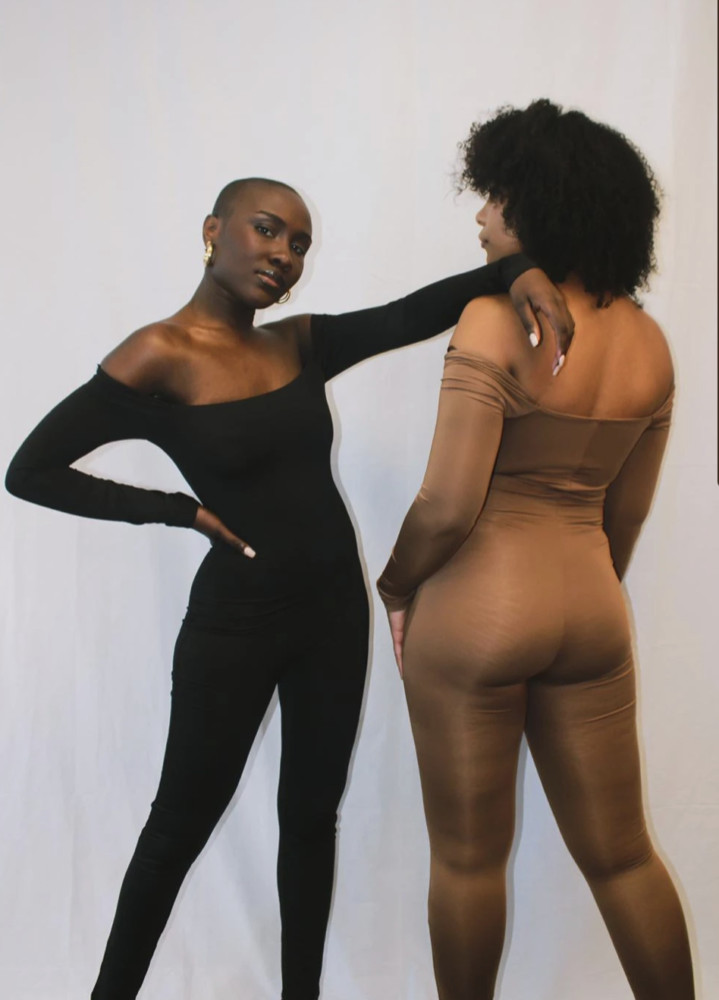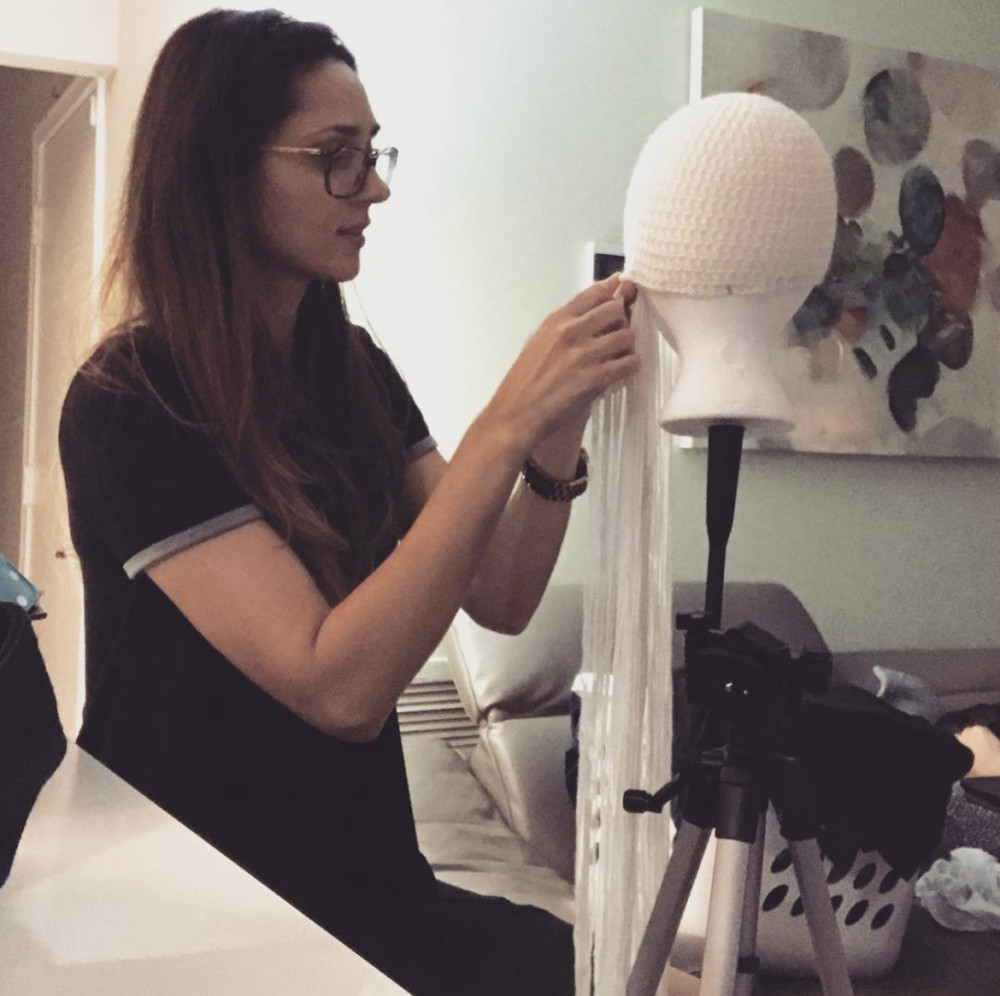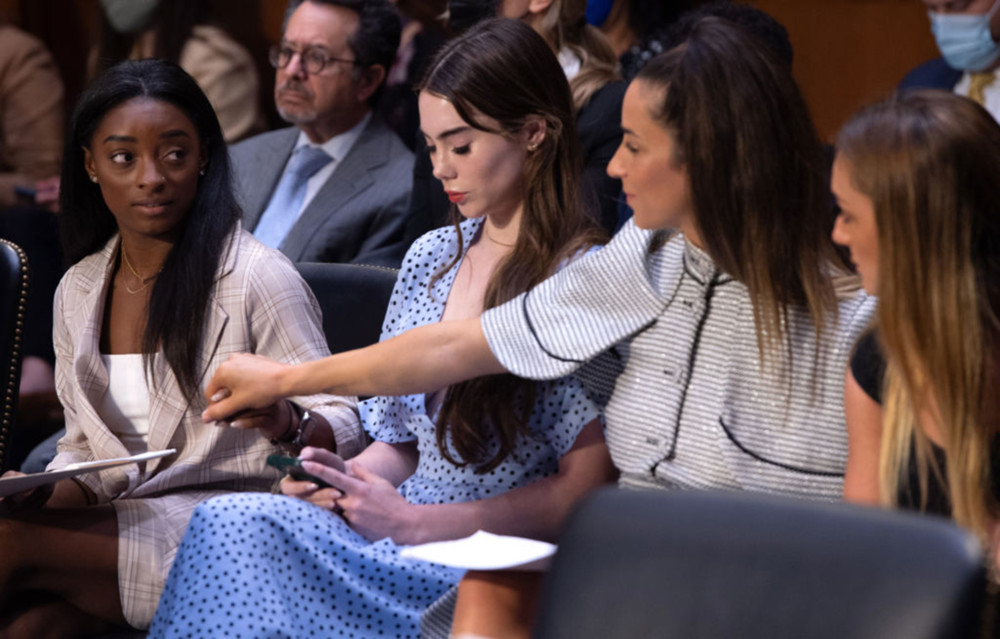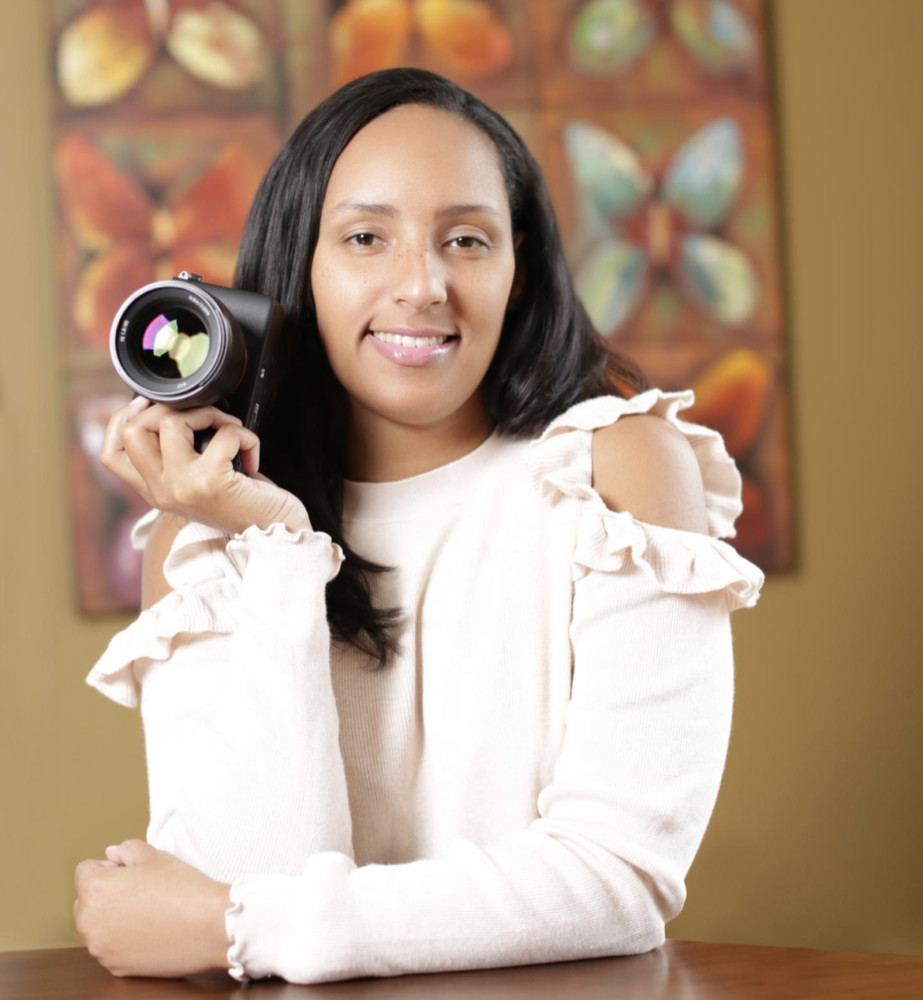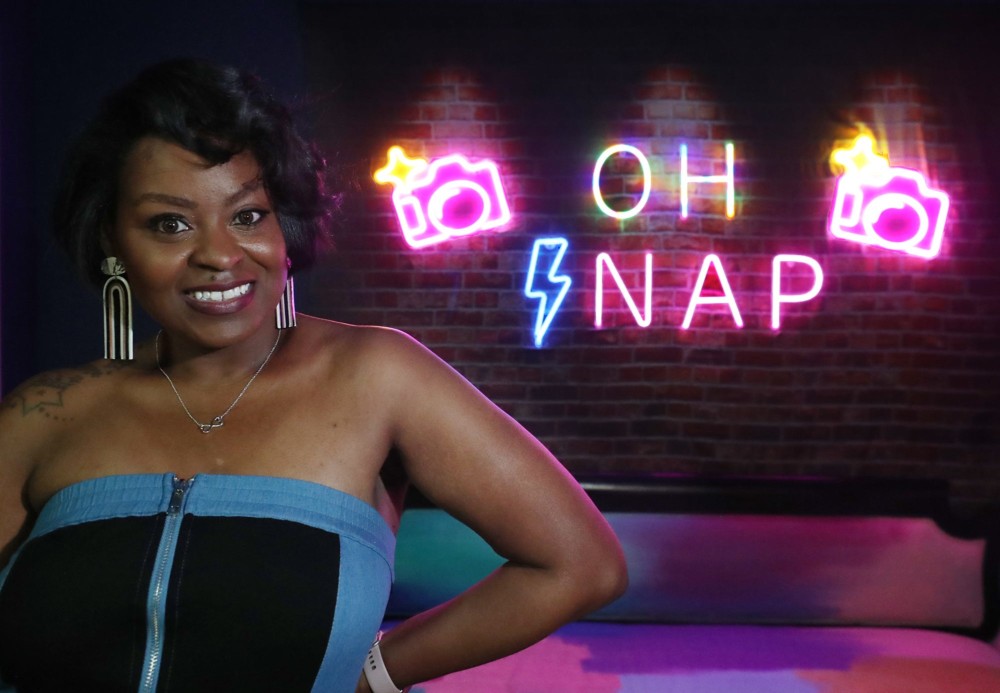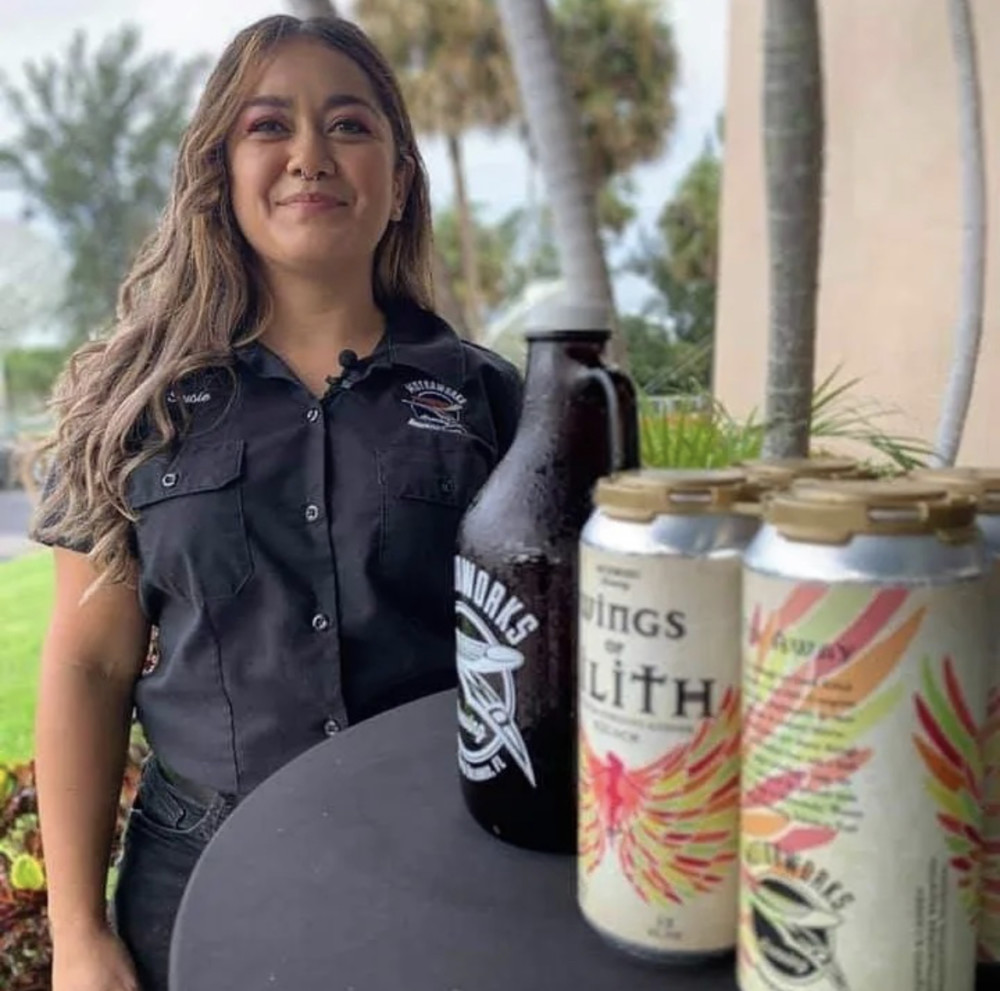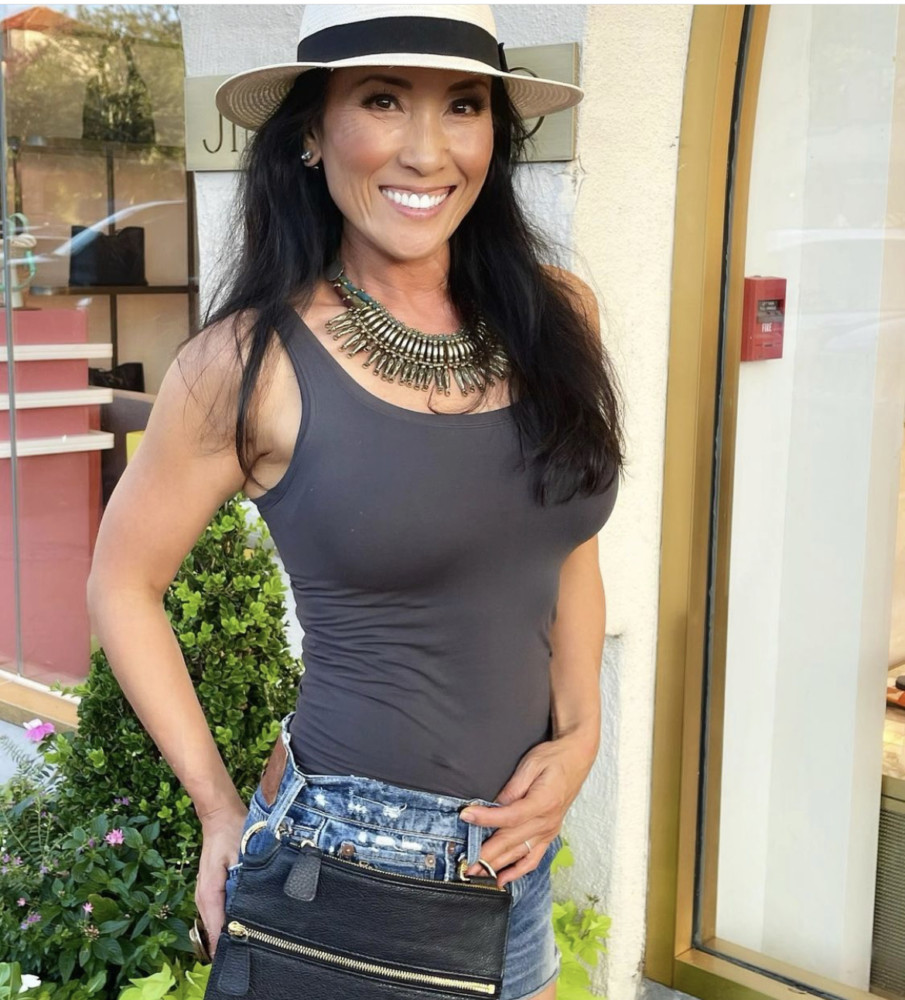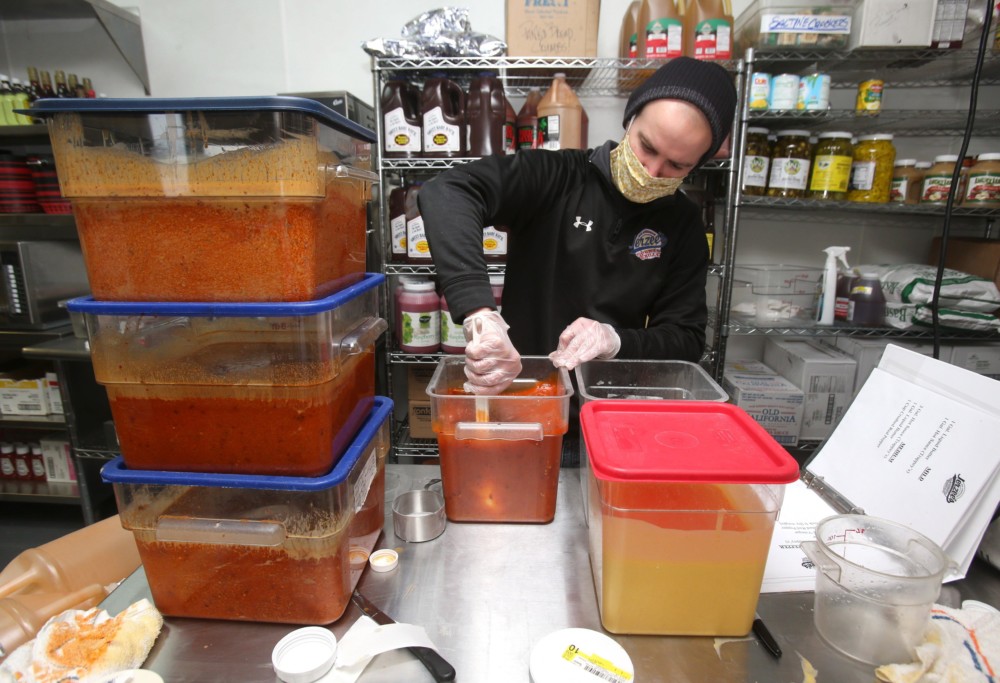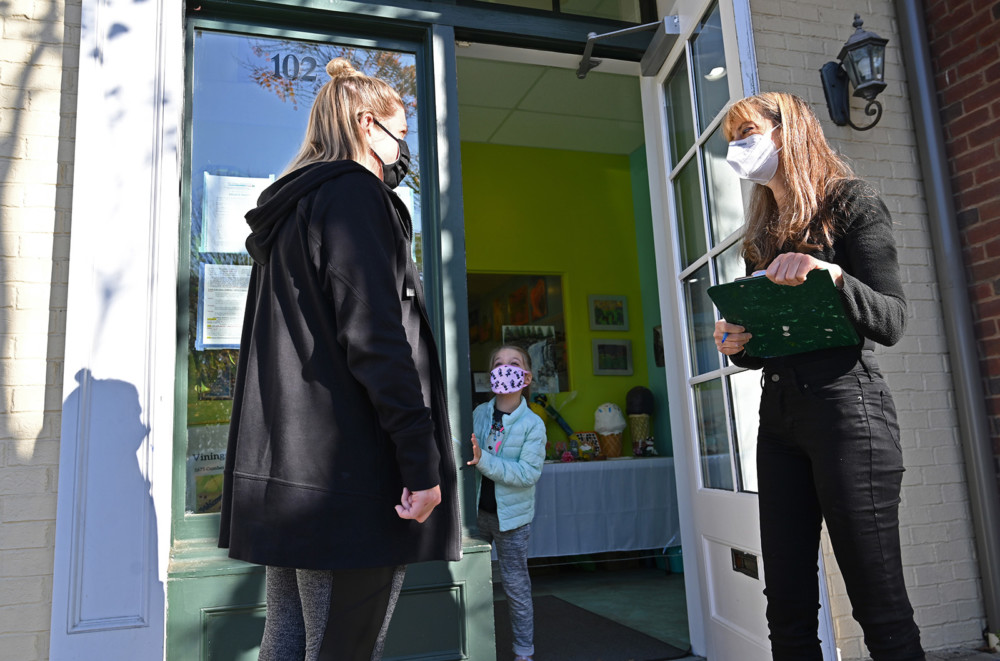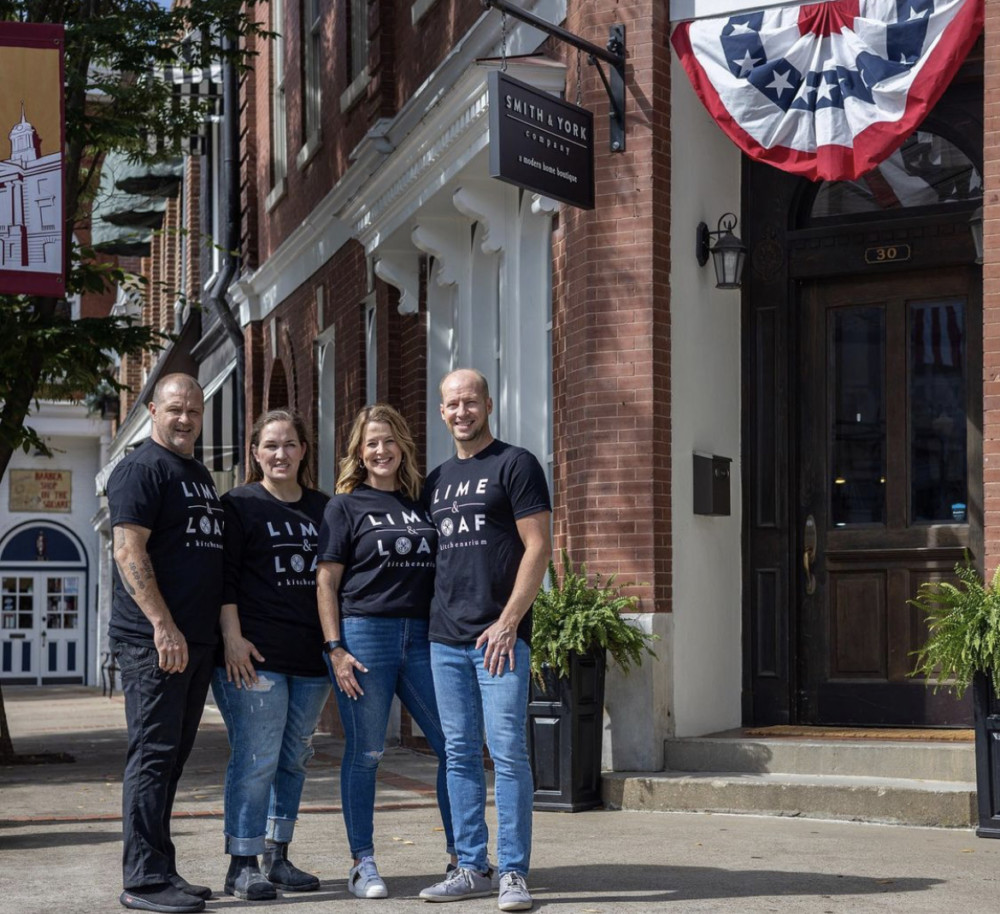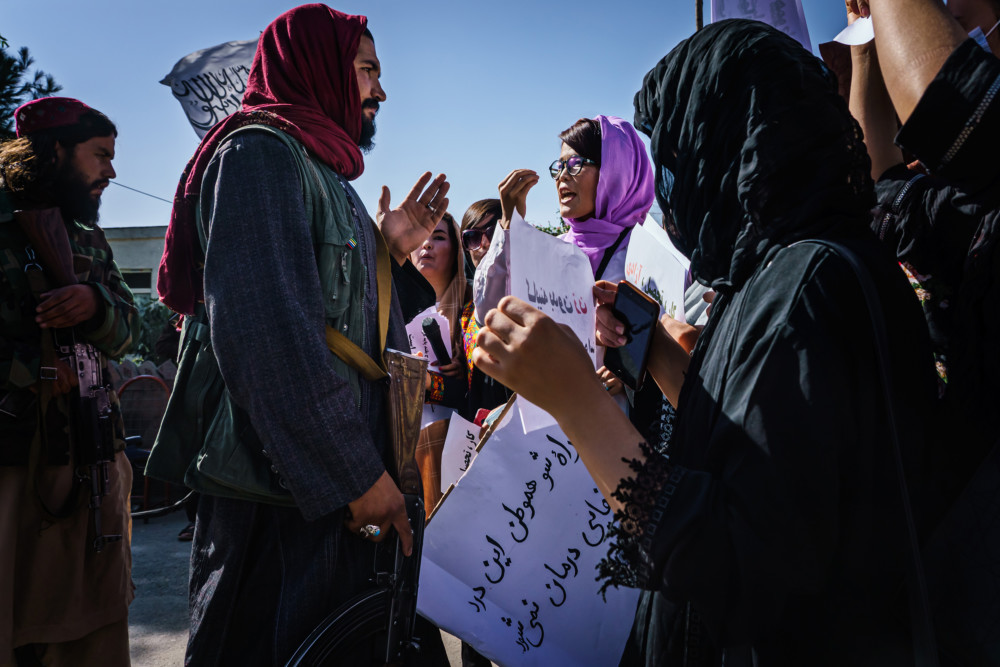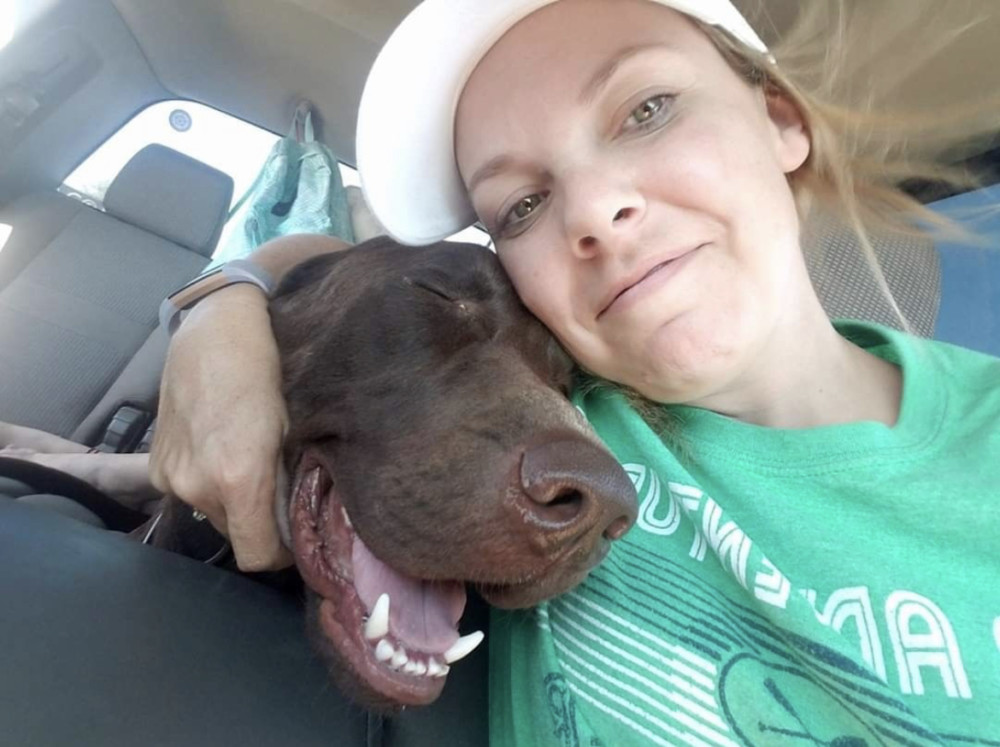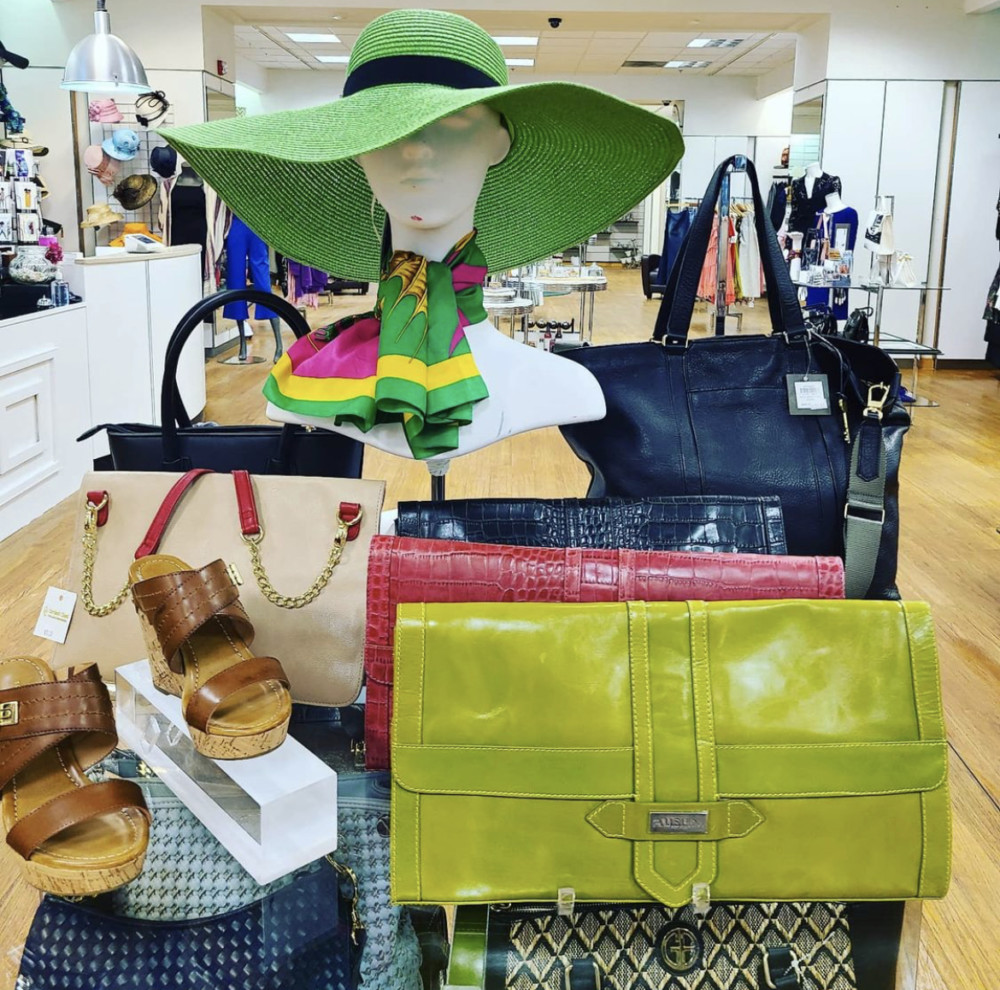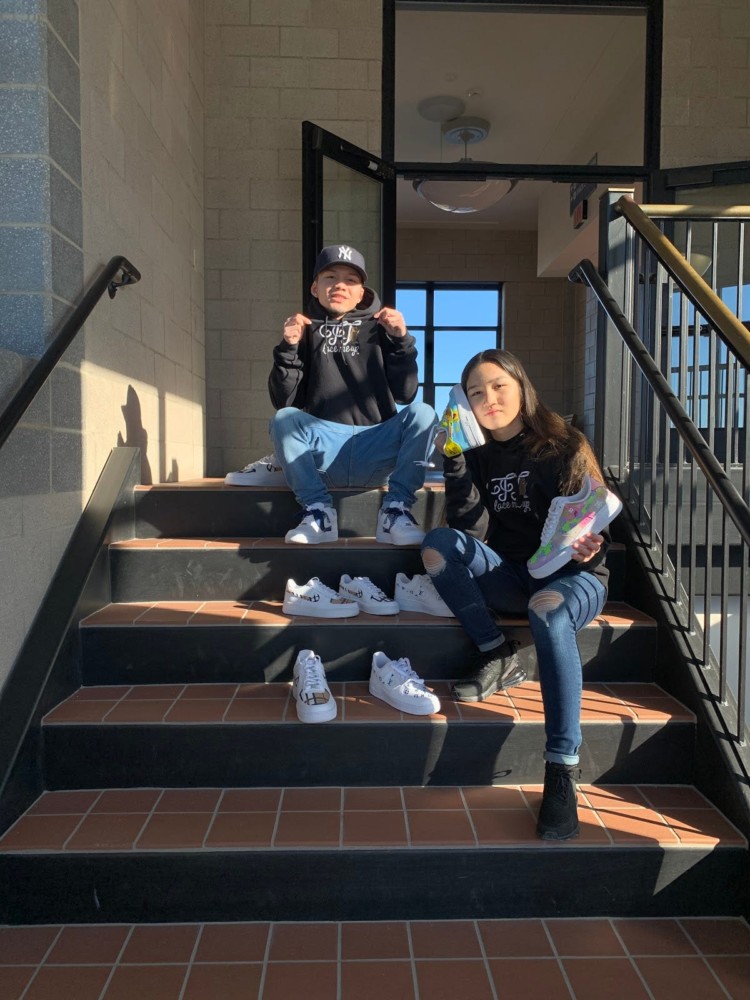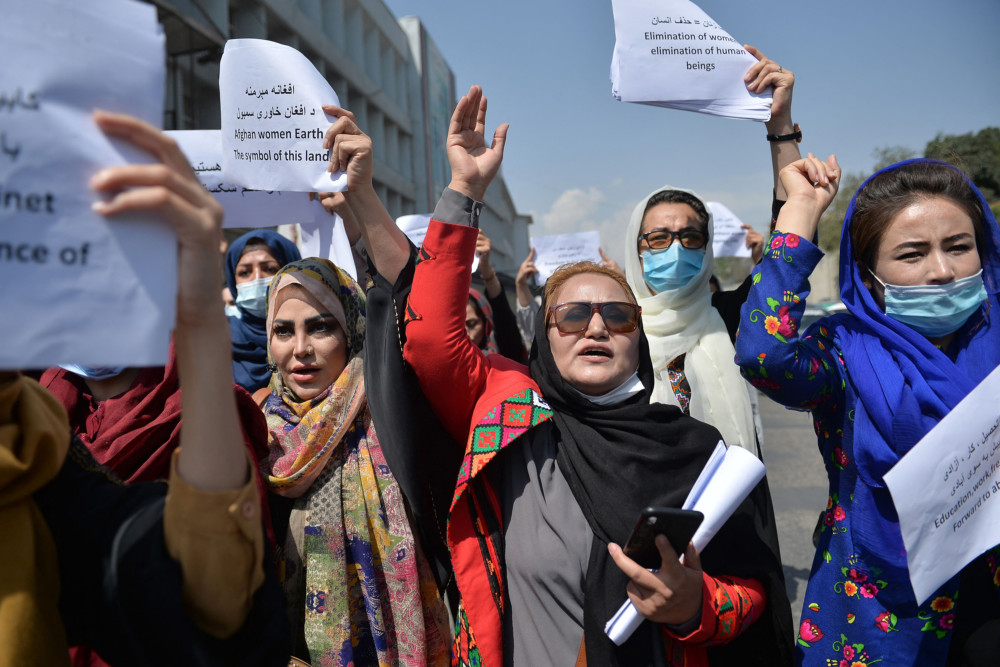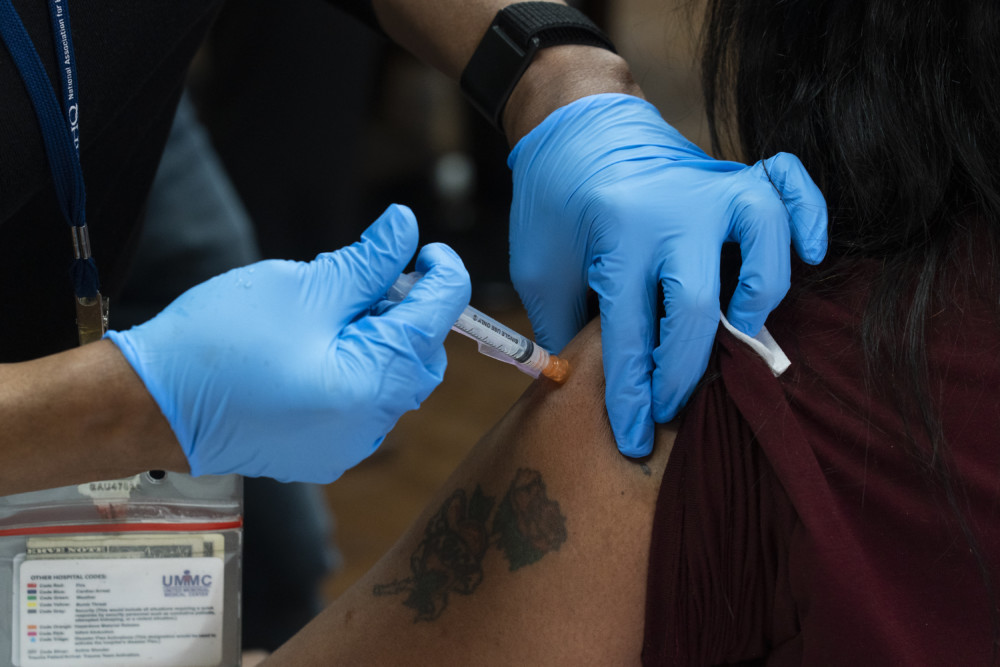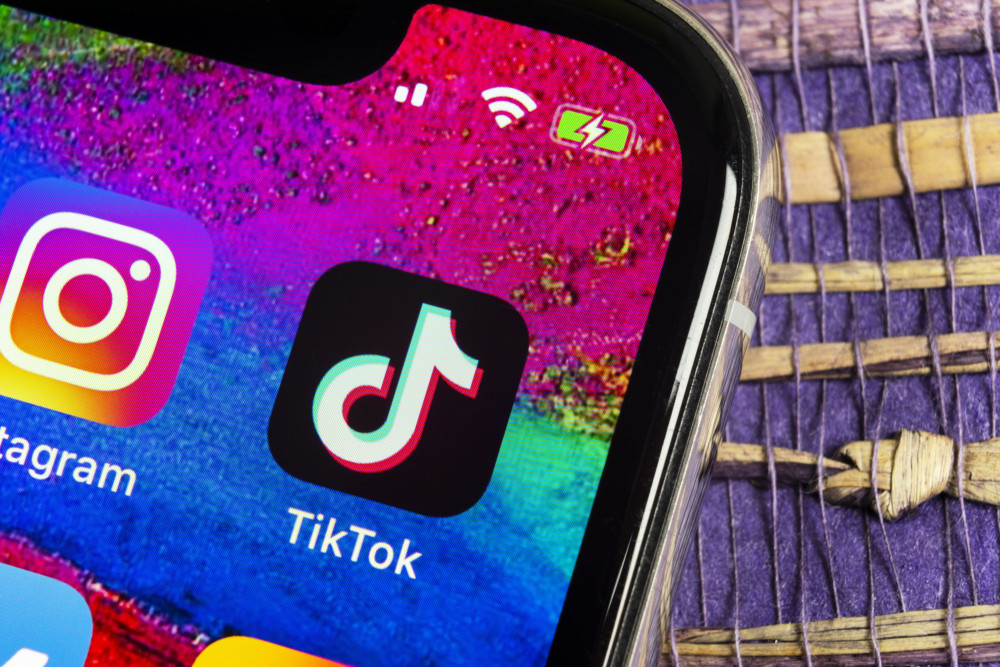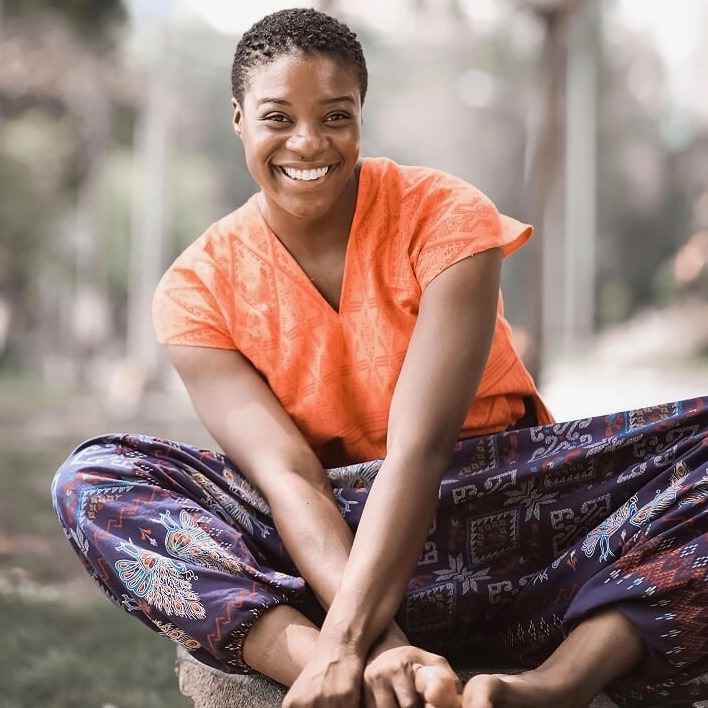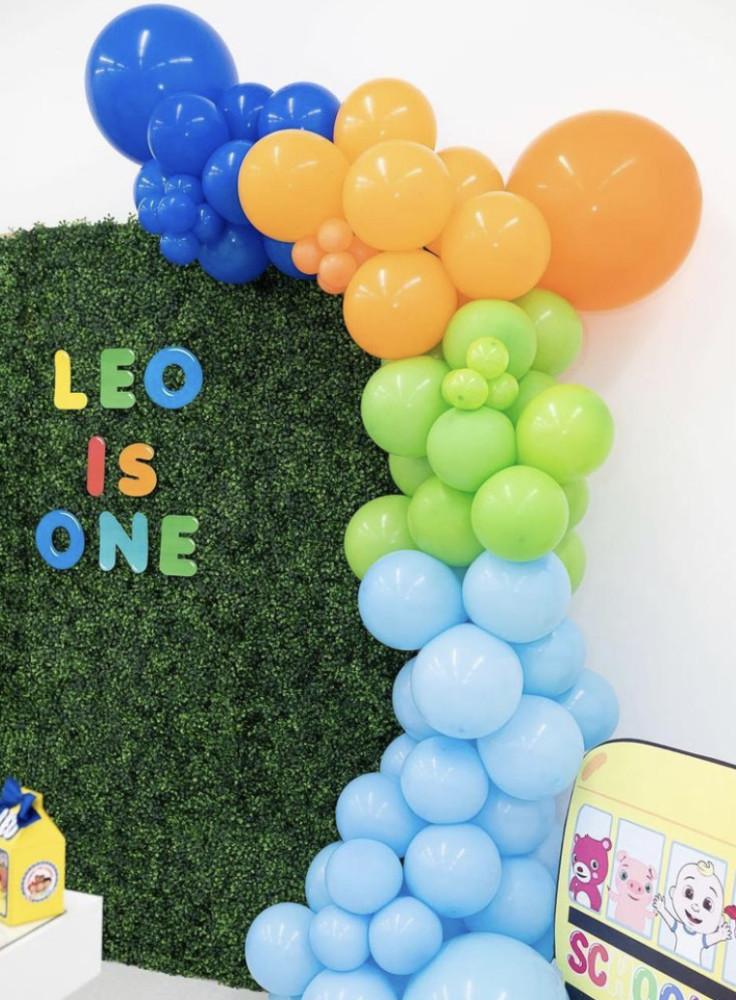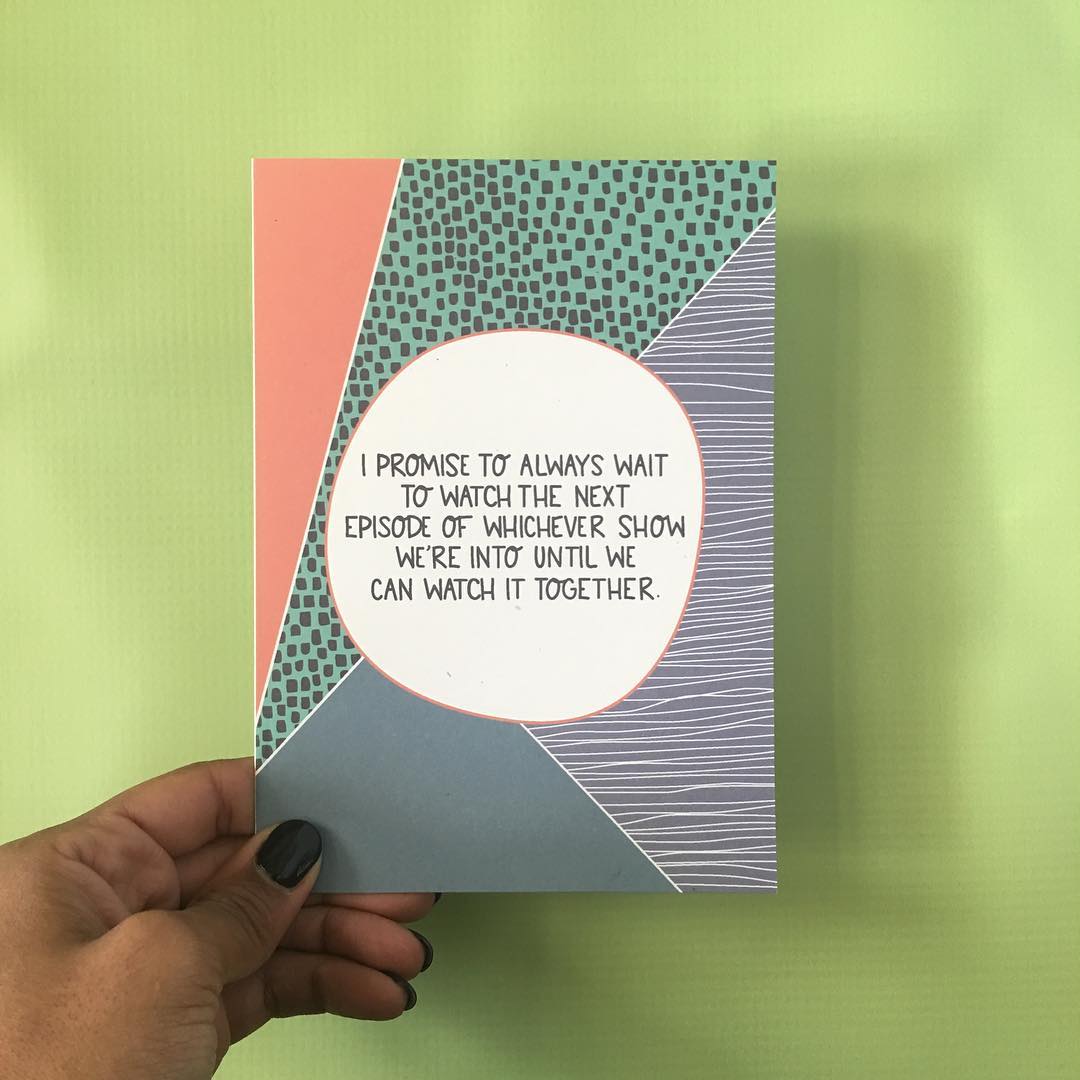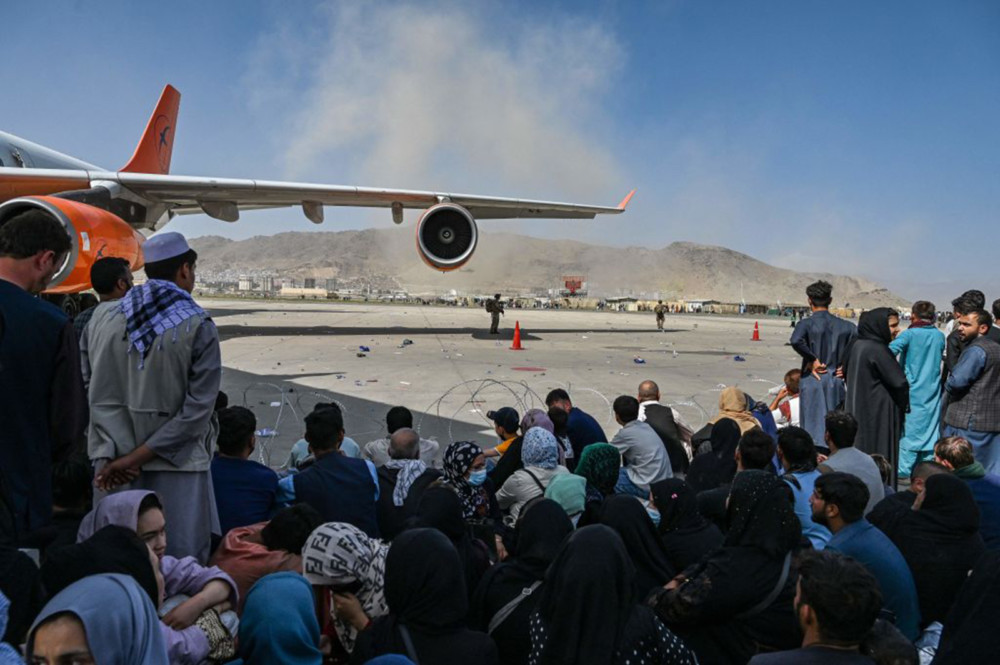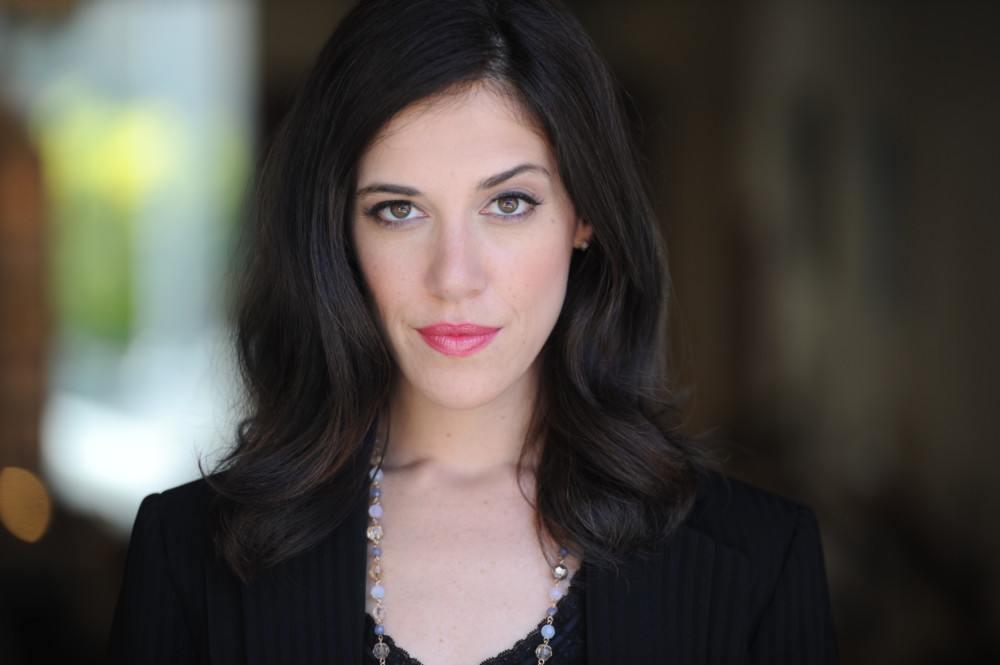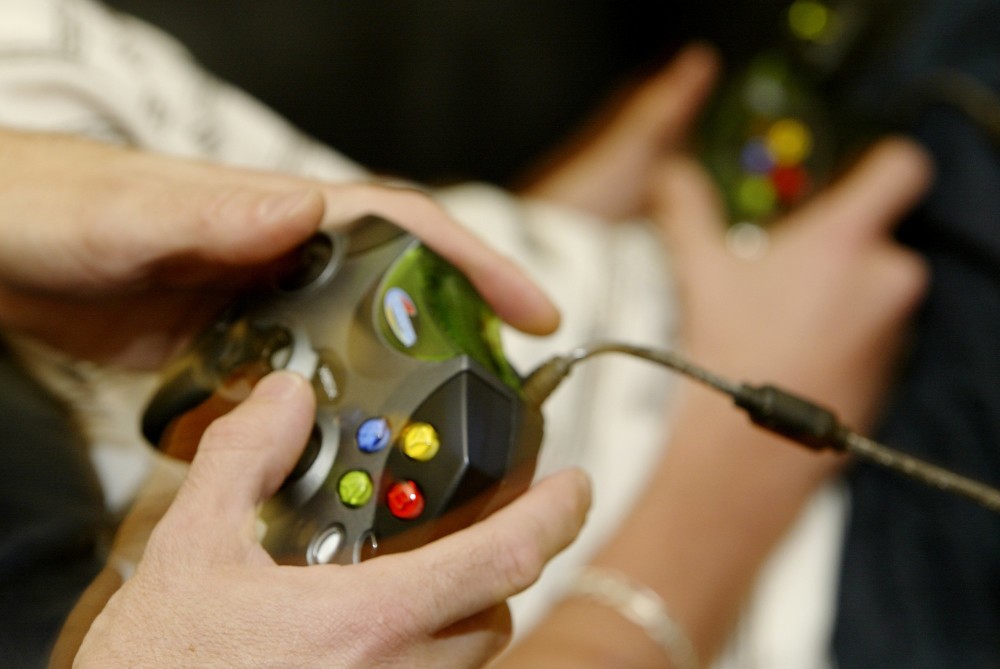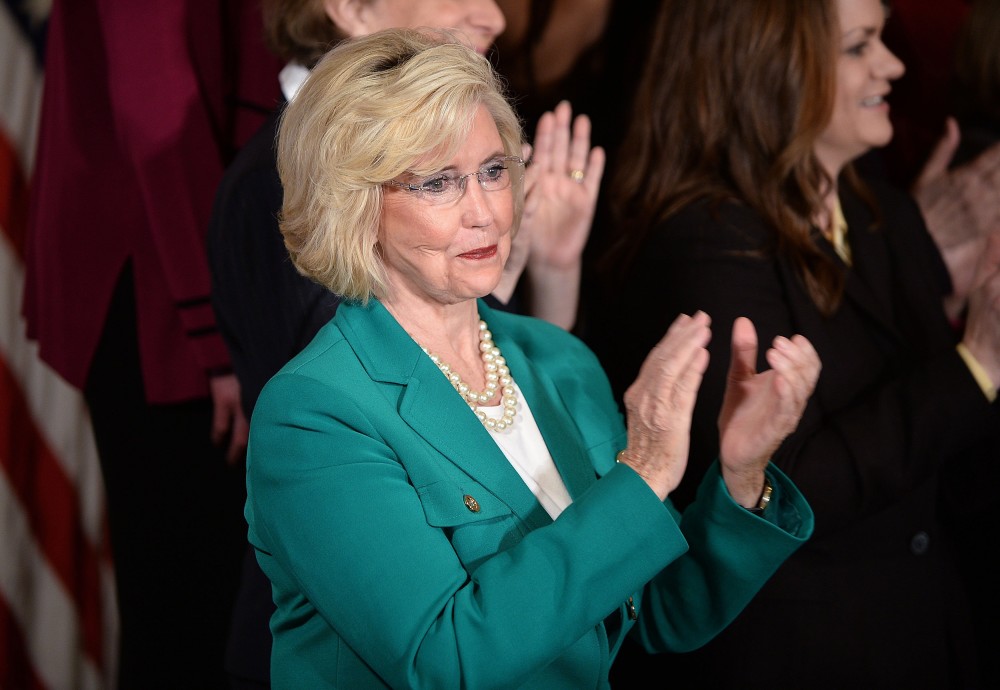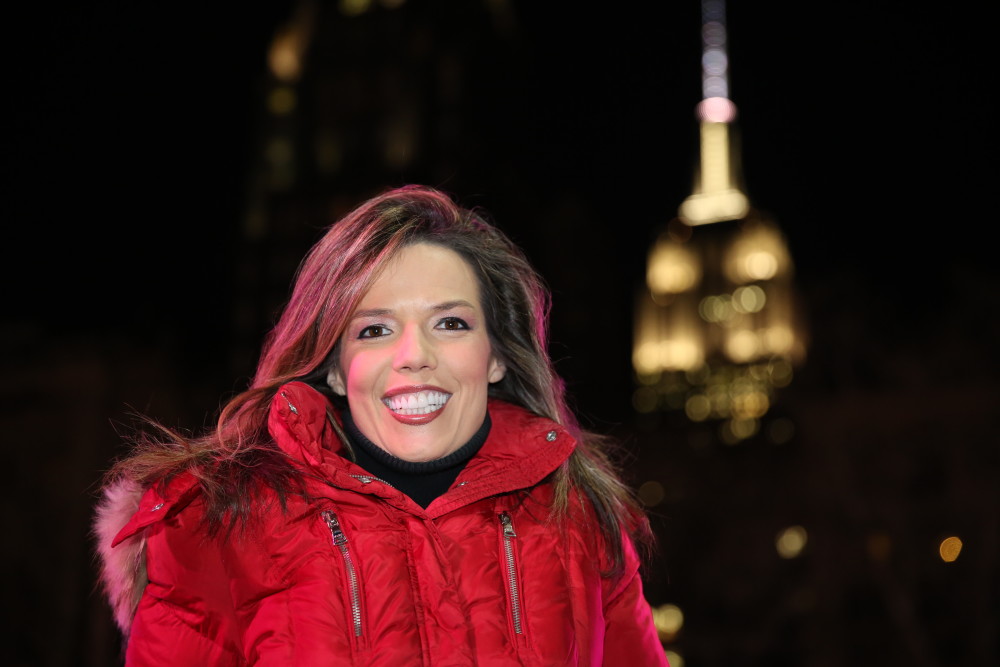By Andrew A. Smith
Tribune News Service
WWR Article Summary (tl;dr) While we will have to wait until June for Gal Gadot to reprise her role as Wonder Woman, there is plenty of material out there right now celebrating Wonder Woman’s story.
Tribune News Service
With “Wonder Woman 1984” arriving June 5, the Amazing Amazon should have a good year. Heck, she’s already having a really impressive month!
January saw the release of three important books starring Hippolyta’s favorite daughter. That’s really unusual for Wonder Woman.
While technically part of DC Comics’ “trinity” of important and long-running characters, it’s Superman and Batman who have traditionally grabbed the headlines for the last 70-plus years.
But not in “Wonder January,” a term I just made up. Two graphic novels arrived on Jan. 7, “Wonder Woman: Warbringer” and “Diana: Princess of the Amazons.” The 750th issue of “Wonder Woman” shipped Jan. 22, an extra-large issue with multiple stories, variant covers, pin-ups and more.
Let’s start with arguably the best, “Wonder Woman: Warbringer” (DC Comics, $16.99) Given Diana’s original assignment, to bring peace to “man’s world”, issues of war and peace have always been part of her portfolio. But “Warbringer” brings a new slant not only to that mission, but also to world history and, surprisingly, Amazon history as well.
“Warbringer” is written by Louise Simonson, a familiar name to comics fans for epic runs on “Power Pack,” “New Mutants” and many more. Her presence guarantees a solid story and action/adventure brio, which she delivers.
Compounding the story’s cred is that it started out as a prose novel by Leigh Bardugo. If that name is familiar, it’s because Bardugo is the author of the Grishaverse series of novels and short stories, which has been optioned for a prestige TV show on Netflix (possibly appearing this year). Fantasy is her meat and potatoes, so Wonder Woman, a princess of a hidden island populated by Amazons, mythological creatures and Greco-Roman gods, falls squarely in her wheelhouse.
Neither of these two women have lengthy resumes in young-adult fiction, which is what “Warbringer” is supposed to be. So it shouldn’t surprise anyone that, in addition to being a rich and cohesive story, it avoids the usual coy crushes, “Dear Diary” entries and high school hi-jinks of that genre for something that virtually all ages can enjoy. And, yes, there are probably life lessons buried in “Warbringer,” but they are not beaten into our foreheads, nor even obvious.
Instead, we meet a teen Diana who is desperate to prove herself to her fellow Amazons, but nevertheless sacrifices her personal goals in an impulsive act to save someone else. In a scene that mirrors but doesn’t duplicate her later rescue of Steve Trevor, young Diana pulls a teenage girl named Alia Keralis out of a shipwreck, which could get the young Amazon exiled. Only later do both discover that Alia is a descendant of Helen of Troy, whose power, we learn, was not in her beauty, but in her blood. She was a Haptranda, the “hand of war,” whose very existence drives people to conflict, and so is Alia. Throughout history, the Haptranda have been the catalyst for ever catastrophic war.
And if Alia lives, the final conflict will begin.
So begins a quest to purge Alia of her Haptandra heritage, abetted by her older, protective brother; her non-binary best friend; and her brother’s computer-geek best friend. They are pursued by those who want to kill or use the Haptandra as they race from Themyscira to New York to Greece, with monsters and betrayals and all sorts of other fun plot twists complicating their lives.
The artwork, by Kit Seaton, is in the quasi-manga style so popular today. It’s not my favorite, but these kids today love it. Plus, Seaton’s work is crisp and clear, and her storytelling choices insightful.
Meanwhile, I promised an Amazon re-write, and it is this: “Warbringer” establishes that Amazons are created from ordinary, mortal women who die with a prayer on their lips, whereupon their spirits are snatched up by those to whom they pray and recreated from clay on Themyscira as Amazons.
There have been a number of origins for the Amazons before, most of which are unpalatable for one reason or another, or simply don’t explain where new Amazons come from. This one is the most compelling so far.
For one thing, it means that the first origin of Wonder Woman, where she is made from clay and given life by the gods, doesn’t owe quite so much to “Pygmalion,” as it is a commonplace on Themyscira. Secondly it amplifies Diana’s isolation on the island, not only as the only child in a society of immortal adults, but as the only person who hasn’t died to get there, and therefore hasn’t earned her passage. It’s a fascinating premise, and I hope DC Comics picks up on it, at least in part.
And when I said “first origin of Wonder Woman” in the previous paragraph, it’s a reference to the fact that Diana has had a bunch of origins, the latest of which dispenses with the clay statue bit altogether. But “Warbringer” ignores that, which is true to current comics canon, in that Wonder Woman doesn’t discover her true parentage (she’s an illegitimate daughter of Zeus) until she’s an adult. So you can believe either origin; neither is invalidated here, or even important.
And speaking of rewrites, “Wonder Woman” #750 ($9.99) dips a toe into that pond as well.
First, let’s address the numbering, which is likely baloney. DC Comics says it’s the 750th issue of the book, and it could be, depending on how you count. Because there are options. For one thing, the Amazing Amazon began her print career in a book called “Sensation Comics,” only to get an eponymous title later, and that title has been canceled and re-launched at #1 multiple times. And, over the decades, there have been a handful of miniseries and one-shots with some variation of “Wonder Woman” in the title, which might or might not count. One of those re-launches I mentioned happened 86 issues ago, so last month’s issue of “Wonder Woman” was #86, which is now followed by #750. But what the heck, DC says it’s going to continue this “legacy numbering,” so I’m game to play along. Why not?
Meanwhile, the publisher went all out to make this anniversary issue worthy of the name. Speaking of numbers, I count 96 pages, nine separate stories, 10 variant covers, six pin-ups and six major Wonder Woman foes (Cheetah, Aries, Circe, a hydra, Silver Swan and the Nazis). Not all of the stories have an actual villain (one just introduces a new Wonder Girl, although she’s not called that), and not all of them feature “our” Wonder Woman (one takes place on a parallel world, where all the superheroes are female, collectively called “Bombshells”). Each story has a different creative team, and while not all are to my taste, that’s the fun of a buffet.
Oh, and the rewrite? The last story, “Brave New World,” is set in 1939, and purports to be Diana’s first appearance in “man’s world,” in which she saves FDR from an assassination attempt. The conceit of this story is that it establishes that this is the first appearance of (ital)any(end ital) superhero, supplanting all the other superheroes in DC’s stable who appeared before the Amazing Amazon, who didn’t come along until “All-Star Comics” #8 in late 1941. One of those supplanted characters is Superman, who appeared in the real world in 1938, and is usually assigned the role of “first superhero” in DC’s cosmology.
It’s no small thing for Wonder Woman, after more than 70 years, to be put first in line. DC giving her Superman’s crown is pretty bold, as it implies that she, instead of the Man of Steel, was the model for all of DC’s superheroes. This coup appears to be the first tip of an iceberg called “5G,” which DC has been hinting at for some time, a publishing initiative that will re-order their superheroes and age some of them out in favor of younger replacements. That does not excite me, but “Brave New World” did.
Lastly we come to “Diana: Princess of the Amazons” ($9.99). Aimed at middle schoolers, it stars an 11-year-old Diana who is very much a child of that age. She gets into trouble when she whistles up her own Pygmalion to be a best friend, who isn’t what she seems.
I’m not the target market, but I can see this book being popular with its intended audience. Diana is no perfect princess, she feels awkward, lonely, isolated and weird. “It seems I’m too old or too young for everything,” she laments. “Stuck in the middle.”
I’m no expert on 11-year-old girls, but I’m betting that most of them can identify with that. Credit writers Shannon and Dean Hale for that, whose resume in middle-school and young-adult books is lengthy and successful. And the art, by Victoria Ying, is age-appropriate as well, cartoony with a side of cute.
I mentioned earlier that of DC’s Big Three, Wonder Woman has had the shortest shrift in terms of number of stories. That actually may work to her benefit in one way: Writers feel free to play with the foundational concepts, like where Amazons come from and when Wonder Woman first showed up. Wonder January is a case in point: Three different books with multiple takes on the same concept:
A woman who’s a wonder. I think we probably all know one.
___
(Find Captain Comics by email (capncomics@aol.com), on his website (captaincomics.ning.com), on Facebook (Andrew Alan Smith) or on Twitter (@CaptainComics).
___
Distributed by Tribune Content Agency, LLC.



